How Bodywork Enhances Circulation and Lymphatic Flow
August 21, 2025
12 min
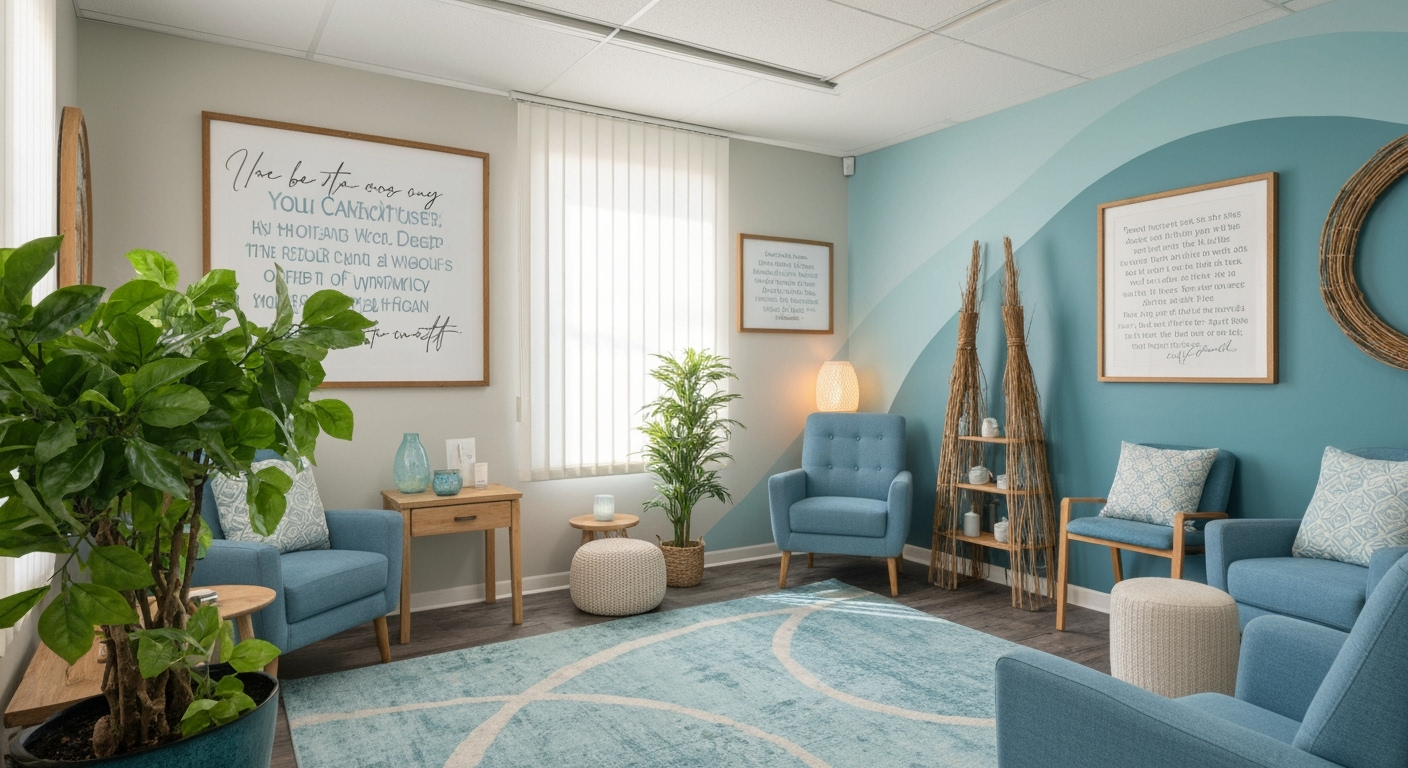
Introduction to Bodywork and the Lymphatic System
The lymphatic system is an essential, yet often overlooked, part of our body's circulatory and immune functions. It facilitates fluid balance, filters harmful substances, and supports immune responses by transporting lymph—a fluid rich in immune cells and waste products—through a vast network of vessels and nodes. When this system experiences sluggish flow or blockages, it can lead to swelling, toxin buildup, and compromised immunity. Therapeutic bodywork practices, including lymphatic drainage massage and manual lymphatic drainage (MLD), have emerged as effective approaches to enhance lymphatic flow and blood circulation. These gentle, targeted techniques stimulate the lymphatic vessels, improve vascular function, and promote overall health. This article explores how bodywork enhances circulation and lymphatic flow, the underlying physiological mechanisms, health benefits, techniques used, and precautions to consider.
The Lymphatic System and Its Vital Role in Circulation and Immunity

What is lymphatic drainage massage and how does it stimulate the lymphatic system?
Lymphatic drainage massage, also called Manual Lymphatic Drainage (MLD), is a gentle technique that uses light, rhythmic strokes to activate the lymphatic system. This massage focuses on encouraging the flow of lymph, a clear fluid that carries waste products, immune cells, and nutrients throughout the body.
During a session, skilled practitioners apply soft, sweeping movements towards lymph nodes located in areas such as the neck, armpits, and groin. These movements help open clogged or sluggish lymph vessels, pushing excess fluid and toxins out of tissues. As a result, the lymphatic system functions more effectively, aiding in waste removal and reducing swelling.
Enhanced lymph flow through massage supports immune health by increasing white blood cell activity and helping the body fight infections. In addition, it accelerates detoxification, alleviates post-surgical swelling, and can improve skin glow by reducing fluid retention.
Structure and function of the lymphatic system
The lymphatic system is a network of vessels, tissues, and organs that maintains fluid balance and defends against disease. It consists of tiny lymphatic capillaries, larger vessels, and nodes.
Lymphatic vessels collect excess interstitial fluid—called lymph—containing proteins, fats, bacteria, viruses, and immune cells. This lymph is transported through the vessels toward lymph nodes, which act as filtration centers.
Lymph nodes contain immune cells that attack pathogens and trap debris. Cleaned lymph then re-enters the bloodstream through large veins near the neck, completing the cycle.
How lymph nodes filter lymph and support immune defense
Lymph nodes are critical components of the immune system. As lymph flows through them, immune cells such as lymphocytes identify and destroy foreign invaders, like bacteria or viruses. This filtering process prevents harmful substances from spreading throughout the body.
Some common sites of lymph nodes include the neck, armpits, and groin. They often enlarge during infections, signaling active immune responses.
Interaction between lymphatic and circulatory systems
The lymphatic and circulatory systems work closely to maintain overall health. The circulatory system delivers nutrients and oxygen via blood to tissues, while the lymphatic system drains excess fluids and wastes.
Lymphatic vessels transport lymph, which contains immune cells, back into the blood circulation at the subclavian veins. This interaction ensures that fluids are balanced, toxins are removed, and nutrients are distributed efficiently.
Consequences of lymphatic blockage or fluid stagnation
When lymph flow is disrupted—due to surgery, injury, or disease—fluid can accumulate in tissues, causing swelling or edema, a condition called lymphedema.
Blocked lymph nodes or vessels hinder waste removal and immune function, increasing the risk of infections and inflammation. Chronic stagnation can also impair skin health and contribute to conditions such as fibromyalgia or lipedema.
Proper lymphatic flow is essential for overall health, detoxification, and immune defense. Techniques like lymphatic massage support this vital system by promoting healthy circulation and drainage.
| Aspect | Description | Impact | Possible Consequences |
|---|---|---|---|
| Structure | Vessels, nodes, organs | Supports fluid balance | Swelling if blocked |
| Function | Filters waste, immune response | Protects against infection | Increased infection risk with dysfunction |
| Therapy | Lymphatic massage stimulates flow | Enhances immune and circulatory health | Reduction in swelling, toxin removal |
Physiological Mechanisms Behind Bodywork Therapies That Enhance Circulation and Lymphatic Flow

What are the physiological mechanisms behind bodywork therapies that promote lymphatic drainage and blood circulation?
Bodywork therapies such as lymphatic drainage massage and other manual techniques promote lymphatic and blood flow primarily through gentle, rhythmic stimulation. These methods use light pressure and skin stretching to enhance the activity of lymphatic vessels and open pathways for lymph flow. When performed correctly, they facilitate the movement of lymph into lymph nodes and through collecting vessels, supporting the removal of toxins and immune system functions.
Manual techniques, like lymphatic drainage massage, often involve movements directed toward lymph nodes located in regions like the neck, armpits, and groin. This directional stimulation encourages lymph to flow more freely, reducing swelling and tissue congestion.
Breathing exercises, particularly diaphragmatic breathing, play a significant role as well. These deep breathing techniques increase intra-thoracic pressure, creating a negative feedback loop that pulls lymph and blood toward the central circulatory system. This process not only helps circulate blood more efficiently but also promotes lymph drainage.
On a cellular level, the intrinsic contractions of lymphatic vessels are driven by specialized cells called pericytes. These cells help the vessels contract rhythmically, akin to a pumping mechanism that propels lymph forward. The presence of valves within lymphatic vessels prevents backflow, ensuring unidirectional flow and efficient filtration through lymph nodes.
External muscle activity and body movements contribute additional mechanical forces that push lymph through the vessels, especially during exercise or manual therapy. This synergy between the body's internal mechanisms and external stimulation optimizes lymphatic flow.
In summary, these therapies work through multiple interconnected mechanisms: mechanical stimulation of vessels and nodes, enhancement of physiological vessel contractions, skin stretching to open pathways, and breathing-induced pressure changes. Collectively, these effects support the body's natural detoxification, reduce swelling, and improve overall circulation, contributing to better health and vitality.
Techniques and Methods in Therapeutic Bodywork for Stimulating the Lymphatic System
 Therapeutic methods to stimulate the lymphatic system primarily revolve around manual lymphatic drainage (MLD), a specialized massage technique. MLD involves gentle, rhythmic strokes that use light pressure to activate lymph flow and promote drainage. This technique is carefully directed along the natural pathways of the lymphatic system, focusing on key areas such as the neck, armpits, groin, and behind the knees where vital lymph nodes are situated.
Therapeutic methods to stimulate the lymphatic system primarily revolve around manual lymphatic drainage (MLD), a specialized massage technique. MLD involves gentle, rhythmic strokes that use light pressure to activate lymph flow and promote drainage. This technique is carefully directed along the natural pathways of the lymphatic system, focusing on key areas such as the neck, armpits, groin, and behind the knees where vital lymph nodes are situated.
Different styles of MLD, like the Vodder and Földi methods, utilize specific hand motions and strokes to facilitate lymphatic movement. These include gentle effleurage and circular maneuvers designed to open still-functioning lymph collectors, helping proteins and excess fluids to enter lymph vessels more easily.
In addition to manual techniques, supportive approaches are incorporated to enhance lymph flow. Deep diaphragmatic breathing exercises are often used at the beginning and end of sessions, helping to open deep lymphatic pathways and increase lymphatic pumping towards the heart.
Lymphatic exercises, including muscle-tightening deep breathing and gentle pumping movements, are also highly effective. These exercises stimulate muscle contractions that act as natural pumps, encouraging lymph circulation throughout the body.
Self-massage routines and supportive routines are vital for maintaining lymphatic health outside therapy sessions. Techniques such as skin-stretching, dry brushing, and light tapping can be performed at home to sustain good lymphatic flow. These methods are especially beneficial for individuals with lymphedema or compromised lymphatic pathways.
Overall, these combined techniques aim to clear blockages, reduce swelling, detoxify the body, and strengthen immune function. They work synergistically by supporting the lymphatic vessels' natural rhythmic contractions, encouraging fluid drainage, and promoting overall health through enhanced circulation and toxin removal.
Health Benefits of Enhanced Lymphatic and Circulatory Function Through Bodywork
What are the health benefits associated with improved lymphatic drainage and circulation through bodywork?
Enhanced lymphatic drainage and circulation brought about by bodywork techniques like lymphatic massage offer a wide range of health advantages. One primary benefit is the boost to immune function. By stimulating lymph nodes and promoting lymph flow, these therapies facilitate the transport of lymphocytes and immune cells, helping the body better fight infections and reduce inflammation.
A significant outcome of improved lymphatic activity is the reduction of swelling and fluid retention. Conditions such as lymphedema, where excess lymph accumulates in tissues, can be alleviated through gentle drainage techniques. This not only eases discomfort but also restores mobility and reduces heaviness in affected limbs.
Another crucial benefit is detoxification. Bodywork encourages the movement of lymph fluid, which carries waste products, toxins, and cellular debris away from tissues for filtration and removal. Supporting this natural cleansing process can lead to feelings of lightness, increased energy, and overall wellness.
Healthy circulation is further enhanced by these techniques, which help deliver oxygen and nutrients more effectively to tissues, supporting skin health and tissue repair. As a result, many individuals notice improved skin appearance, including a more radiant glow and reduced puffiness.
These therapies also provide relief from chronic conditions such as fibromyalgia, rheumatoid arthritis, and injuries by reducing inflammation, stiffness, and pain. Many find that regular lymphatic treatment lessens symptom severity and promotes quicker healing.
Most notably, bodywork for lymphatic and circulatory support fosters relaxation and alleviates stress. Rhythmic, gentle strokes activate the parasympathetic nervous system, which helps reduce anxiety, improve sleep quality, and promote mental clarity.
In sum, improving lymphatic flow and blood circulation through specialized bodywork enhances immune defense, reduces swelling, supports toxin removal, promotes healthier skin, alleviates chronic symptoms, and encourages relaxation—contributing to a better quality of life.
Conditions That Benefit from Bodywork Promoting Lymphatic and Circulatory Health

What conditions can be improved or alleviated by bodywork techniques that promote lymphatic and circulatory health?
Bodywork methods that focus on enhancing lymphatic and blood flow, such as lymphatic drainage massage and manual lymphatic drainage (MLD), are effective in managing various health conditions. These techniques gently stimulate the movement of lymph fluid, helping to reduce swelling and fluid buildup in tissues.
Lymphedema, a condition characterized by persistent swelling often following lymph node removal or radiation therapy, benefits greatly from these therapies. By guiding excess lymph away from swollen areas — especially arms and legs — they improve mobility and decrease discomfort. Post-surgical edema, which can cause inflammation and pain after procedures, also responds well by accelerating healing and minimizing scar tissue formation.
These therapies are also valuable in conditions like chronic venous insufficiency and lipedema, where poor circulation causes fluid retention and tissue swelling. They help improve blood flow, reduce water retention, and support tissue repair.
In cases of fibromyalgia and rheumatoid arthritis, bodywork can relieve pain and stiffness by promoting circulation and reducing muscle tension. Moreover, the gentle stimulation of lymphatic pathways boosts immune responses, aiding the body's natural detox processes.
In addition, lymphatic-focused treatments are used to address swelling related to injury or inflammation, offering comfort and accelerating recovery. Cosmetic benefits, such as reducing the appearance of cellulite and improving skin tone, are also observed through enhanced lymphatic drainage.
In palliative and post-traumatic care, these massage techniques help ease discomfort, reduce swelling, and improve overall well-being, making them a supportive adjunct to medical treatments.
| Condition Type | Benefits | Supporting Details |
|---|---|---|
| Lymphedema and Post-Surgical Edema | Reduces swelling, improves mobility | Moves excess lymph, accelerates healing |
| Chronic Venous Insufficiency & Lipedema | Enhances circulation, reduces fluid retention | Promotes blood flow, relieves discomfort |
| Fibromyalgia & Rheumatoid Arthritis | Alleviates pain and stiffness | Improves circulation, relaxes muscles |
| Injury or Inflammation Swelling | Supports faster recovery | Decreases inflammation, relieves pain |
| Skin Conditions (Cellulite) | Refines skin texture, smooths appearance | Stimulates lymphatic flow, reduces fluid retention |
| Palliative & Post-Traumatic Care | Eases symptoms, improves comfort | Supports healing, reduces swelling |
Overall, these gentle therapies play a crucial role in improving fluid balance, reducing swelling, supporting immune function, and enhancing overall health and vitality.
Safety Guidelines and Precautions in Lymphatic Bodywork
What are the potential risks or dangers associated with lymphatic massage?
Lymphatic massage is generally considered safe when performed by trained and experienced practitioners. However, there are certain conditions where caution is necessary. Individuals with active infections, such as cellulitis or other contagious diseases, should avoid lymphatic massage until fully recovered. Those with blood clots, or a history of deep vein thrombosis (DVT), need to consult their healthcare provider, as stimulating lymph flow could potentially dislodge clots and cause serious complications.
People suffering from heart disease, kidney or liver failure, or cancer should also seek medical guidance before proceeding with lymphatic therapy. In particular, massage over cancerous tissues or damaged skin should be avoided to prevent exacerbating underlying issues.
Temporary side effects like fatigue, headaches, or nausea may occur, especially after initial sessions. Excessive pressure or improper technique can cause bruising or damage to vessels, emphasizing the importance of professional training.
Why is professional training critical for safe lymphatic treatments?
Proper application of lymphatic drainage requires specialized knowledge of the lymphatic pathways and appropriate massage techniques. Certified practitioners understand how to apply gentle, rhythmic strokes that promote flow without causing harm. Lack of training can lead to injury or ineffective treatment, which might increase risk, especially for vulnerable individuals.
What precautions should be taken during pregnancy and for those with compromised immune systems?
Pregnant women, particularly in high-risk pregnancies, should always consult their healthcare provider before undergoing lymphatic massage. Although the technique can help alleviate discomfort and swelling, certain areas and techniques might be contraindicated.
For individuals with weakened immune defenses, such as those undergoing chemotherapy or with autoimmune diseases, medical consultation is essential. These conditions may increase the risk of infections or adverse reactions from massage.
How important is medical consultation prior to lymphatic therapy?
Before starting lymphatic drainage, a thorough evaluation with a healthcare provider is recommended. This step ensures that the individual’s specific health conditions are considered, and any contraindications are identified. Medical advice can help determine whether lymphatic therapy is appropriate and safe, and guide the practitioner on any necessary modifications or precautions.
| Contraindications | Precautions | Recommendations |
|---|---|---|
| Blood clots / DVT | Pregnant women | Always seek professional advice |
| Active infections | Autoimmune or immune-compromised cases | Use trained, certified therapists |
| Heart or kidney failure | Recent surgery or trauma | Regular monitoring of health status |
| Cancerous tissues | Severe chronic illnesses | Conduct a comprehensive health assessment |
| Damaged skin or sores | Post-treatment with other therapies | Avoid over areas with skin issues |
Performing Lymphatic Drainage Self-Massage and Supporting Natural Detoxification

How can one perform lymphatic drainage self-massage and what precautions should be observed after such massage?
To perform lymphatic drainage (LD) self-massage, start with gentle, slow, rhythmic strokes using light pressure. Focus on areas near major lymph nodes, such as the neck, armpits, and groin, and move lymph fluid toward these locations. Begin by lightly massaging the lymph nodes to stimulate their function, then proceed to areas like the face, neck, arms, and legs, always following the natural flow direction of the lymph system. Incorporate deep diaphragmatic breathing before and after the massage to help open deep lymphatic pathways and enhance flow.
It's essential to avoid massaging over inflamed, infected, or injured skin, and especially refrain if there are open wounds or signs of skin infection. Individuals should be cautious if they have health conditions like blood clots, deep vein thrombosis, or cancer without professional guidance. After the session, it’s advisable to rest, avoid strenuous activity, caffeine, and alcohol. Monitoring for any adverse effects such as pain, redness, or swelling is important, and consulting a healthcare provider is recommended if symptoms persist or worsen.
Is it possible to detox the lymphatic system naturally through bodywork?
Supporting the natural detoxification of the lymphatic system is achievable through targeted bodywork like manual lymphatic drainage (MLD) massage). This gentle technique stimulates lymph flow, encouraging the removal of toxins, waste, and excess fluid from tissues. When combined with lifestyle habits—such as staying well-hydrated, engaging in regular physical activity, and eating a healthy diet—this approach can optimize lymphatic function.
Proper lymphatic support enhances immune function, reduces swelling, and improves skin health. While bodywork alone can provide a substantial boost to lymphatic detoxification, it works best when integrated with overall healthy habits. Doing so aids the body's natural ability to detoxify, maintain fluid balance, and support immune responses. Remember, for best results, seek treatments from trained professionals and consult your healthcare provider if you have specific health concerns.
Conclusion: Embracing Bodywork for Enhanced Circulation and Lymphatic Health
Therapeutic bodywork, particularly lymphatic drainage massage and manual lymphatic drainage, offers an effective and gentle means to support the intricate lymphatic and circulatory systems. By leveraging specialized techniques that stimulate lymphatic vessel contractions, open lymphatic pathways, and enhance blood circulation, these therapies help reduce swelling, detoxify tissues, promote immune health, and improve overall well-being. While the benefits span from managing chronic conditions such as lymphedema and fibromyalgia to accelerating post-surgical healing and enhancing skin vitality, safety precautions and professional guidance remain essential. Incorporating bodywork into a holistic approach that includes healthy lifestyle habits can profoundly enhance lymphatic function, circulation, and the body's natural detoxification processes, unlocking the potential for improved health and vitality.
References
- Lymphatic Drainage Massage: What It Is & Benefits - Cleveland Clinic
- Manual Lymphatic Drainage - Physiopedia
- 5 Facts About Lymphatic Massage - Pincus Plastic Surgery
- Exercises in activating lymphatic system on fluid overload symptoms ...
- Introducing the Lymphatic System, and How Massage Improves ...
- Discover Lymphatic Drainage Benefits at The Body Bar
- Lymphatic Massage Benefits: Detox, De-Stress & Revitalize - EVOLV
- Discover the Serenity: Lymphatic Drainage Massage Therapy Benefits
- Lymphatic Drainage: Technique, Benefits & More - Tactile Medical
Recent articles
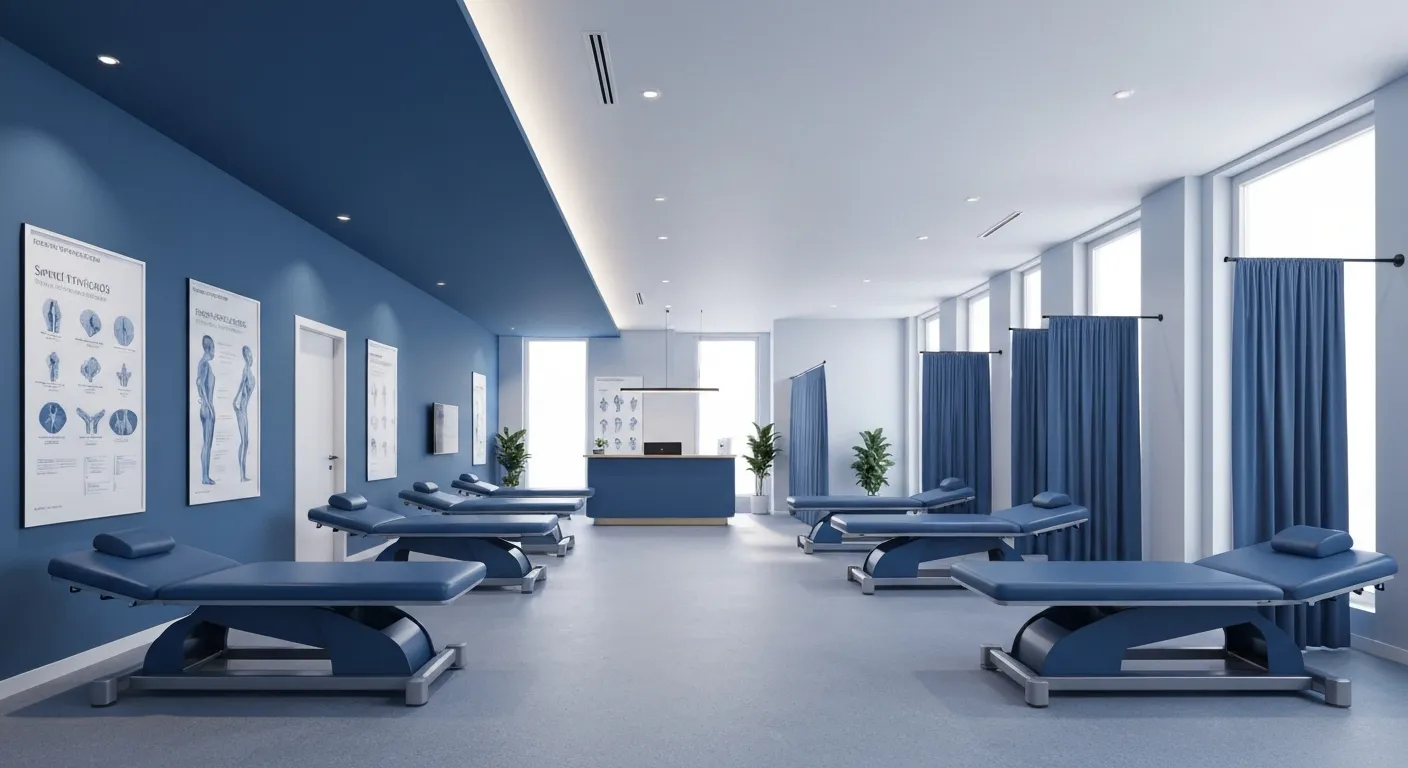
Simple Lifestyle Adjustments to Maintain a Healthy Spine

Personalized Nutritional Counseling for Improved Health Outcomes
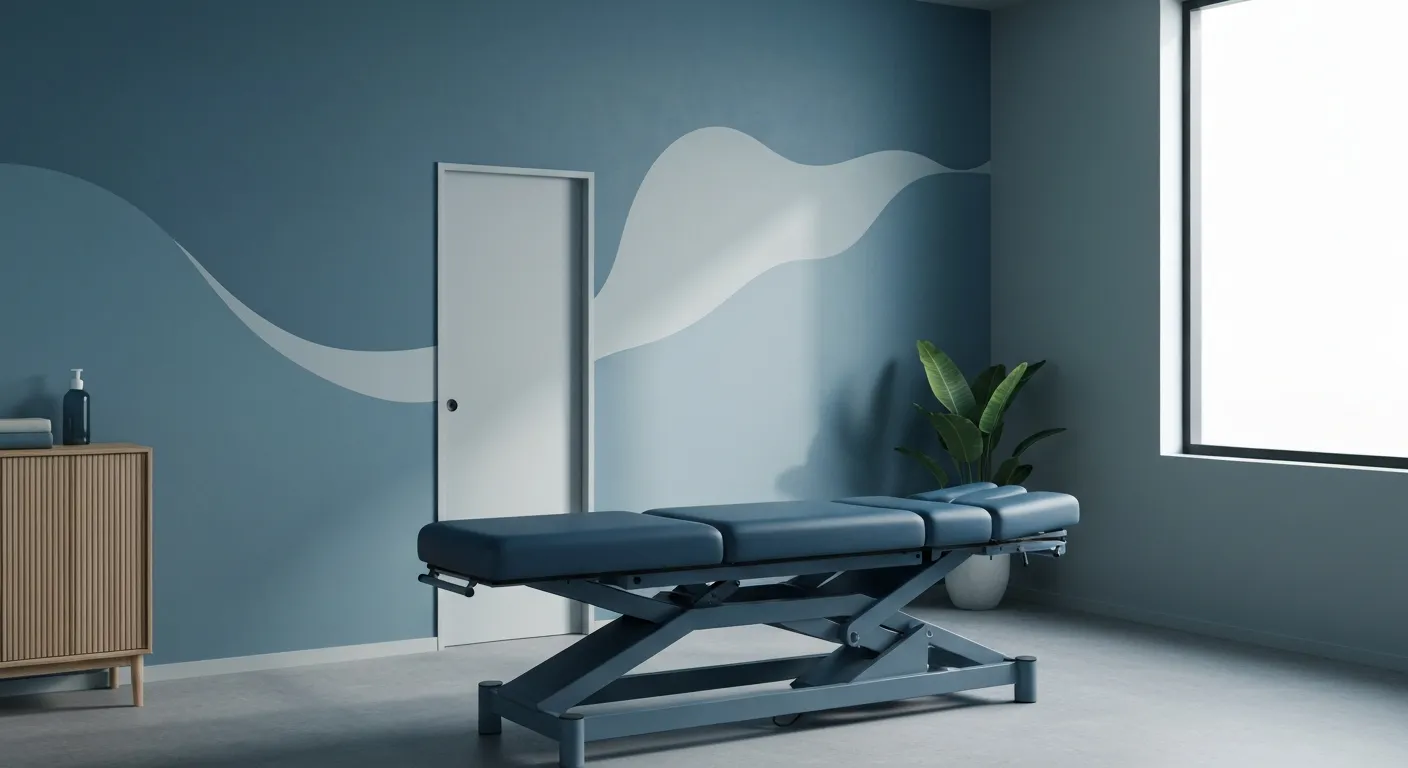
Exploring Non-Surgical Treatments for Spine-Related Conditions
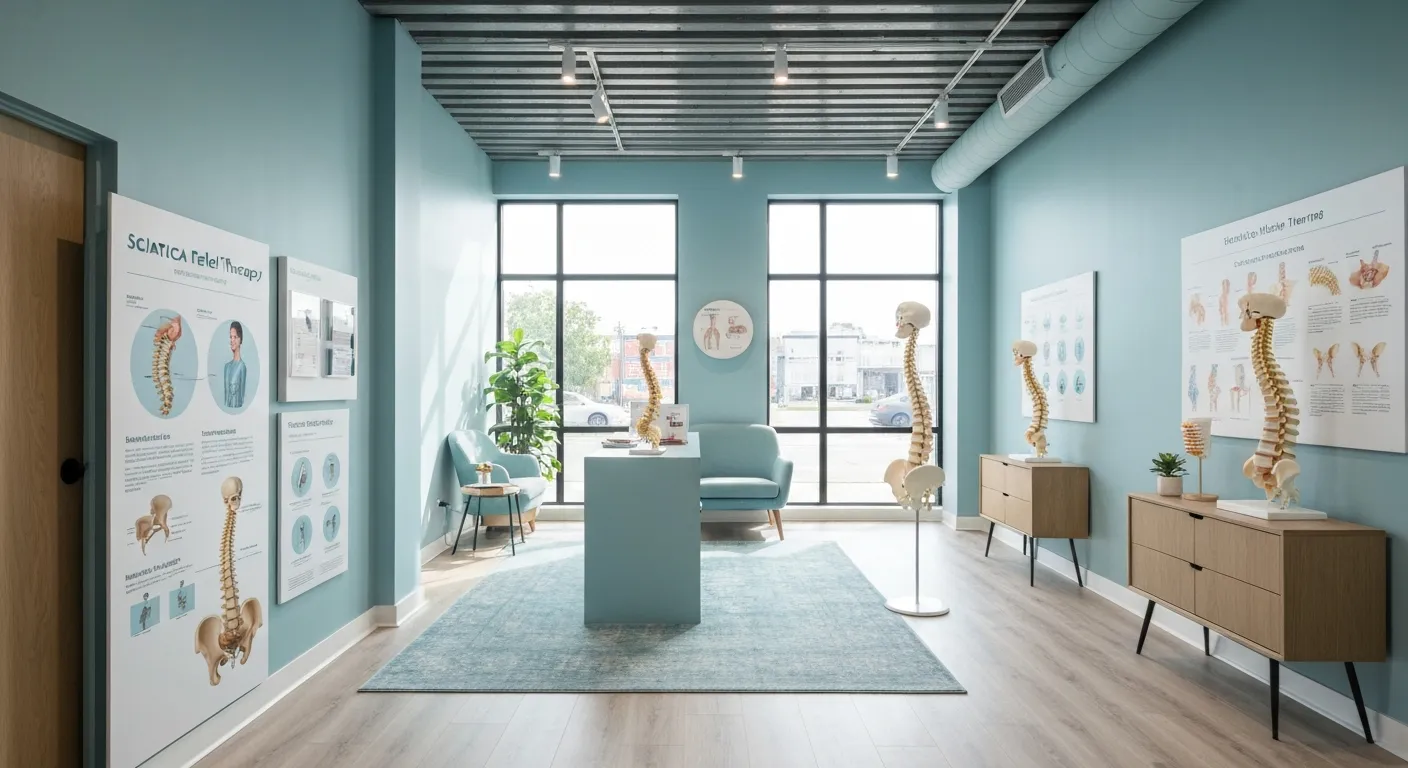
An Introduction to Spinal Decompression for Sciatica Patients
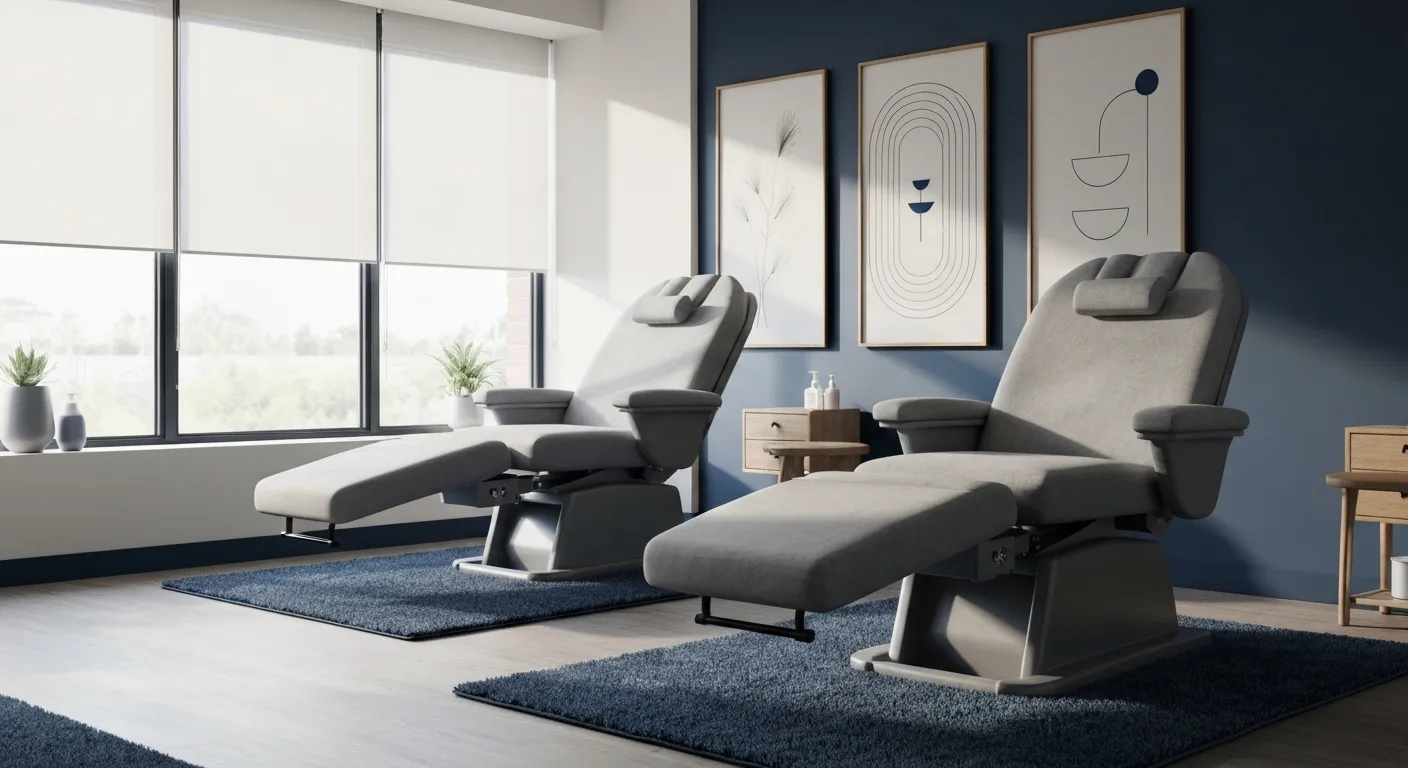
Transformative Success Stories: Patient Experiences with Chiropractic Treatments
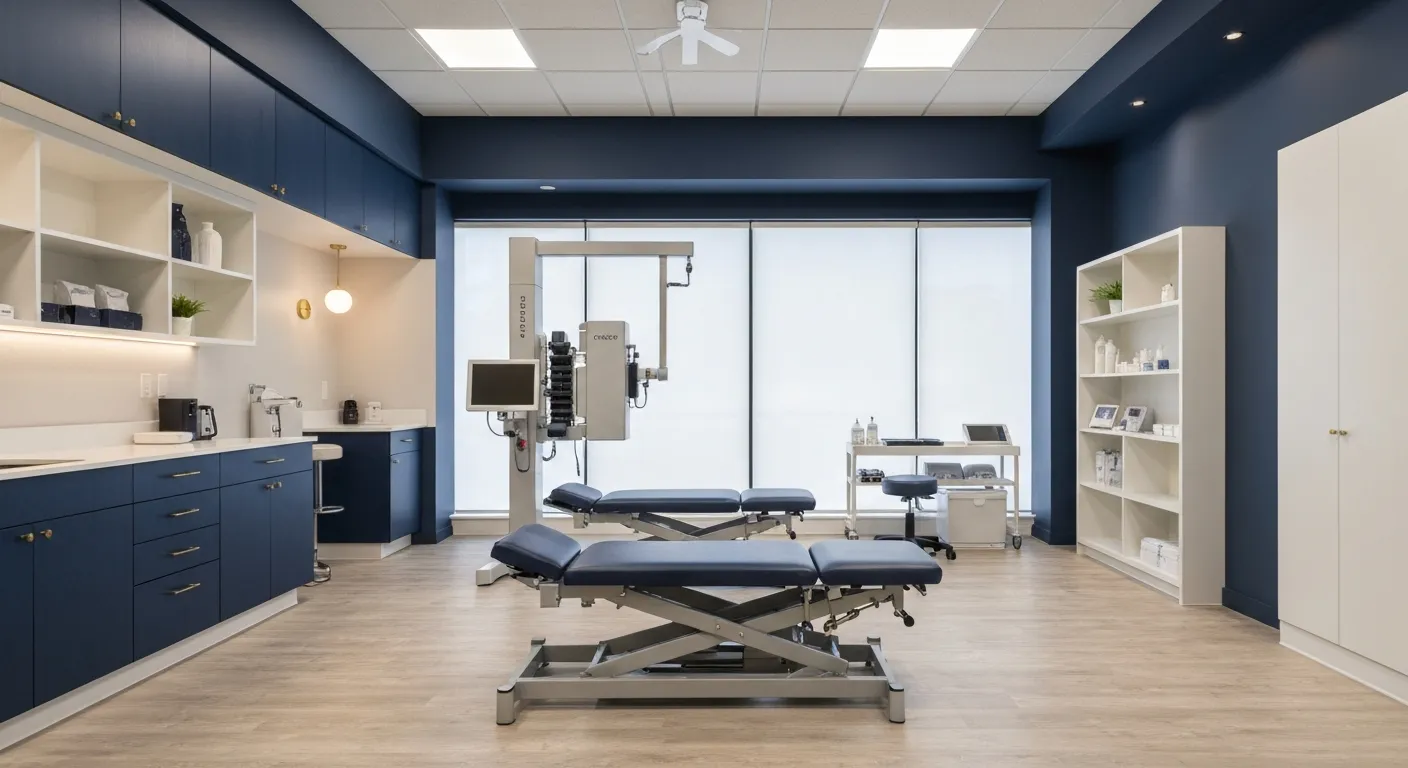
Why Chiropractic Care Is Essential for Back Pain Relief

Addressing Underlying Causes Versus Symptom Management in Pain Care

The Role of Nutrition in Enhancing Chiropractic Treatment Effectiveness

Sciatica Treatment Options: Is Spinal Decompression Right for You?
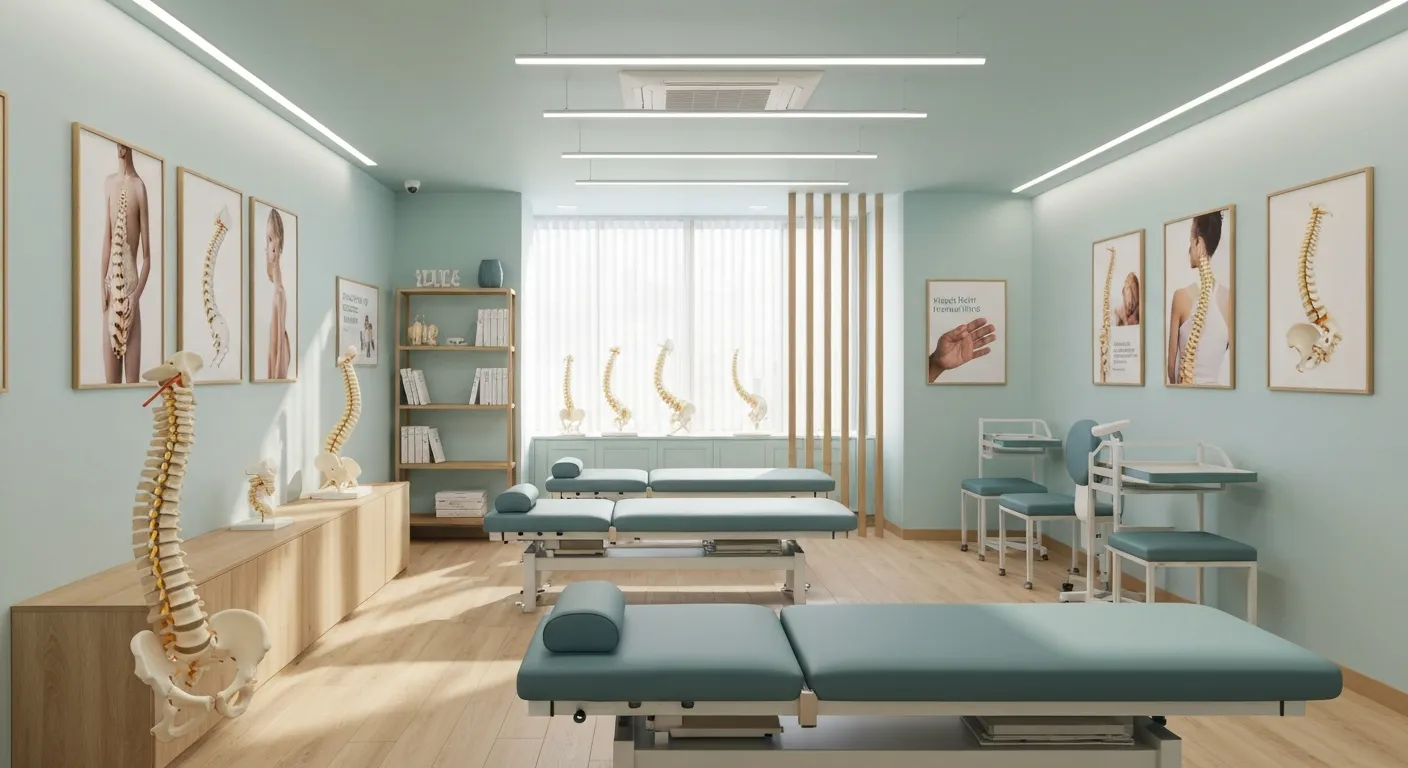
Lifestyle Tips to Maintain a Healthy Spine and Prevent Back Issues

The Synergy Between Physiotherapy and Chiropractic Treatments
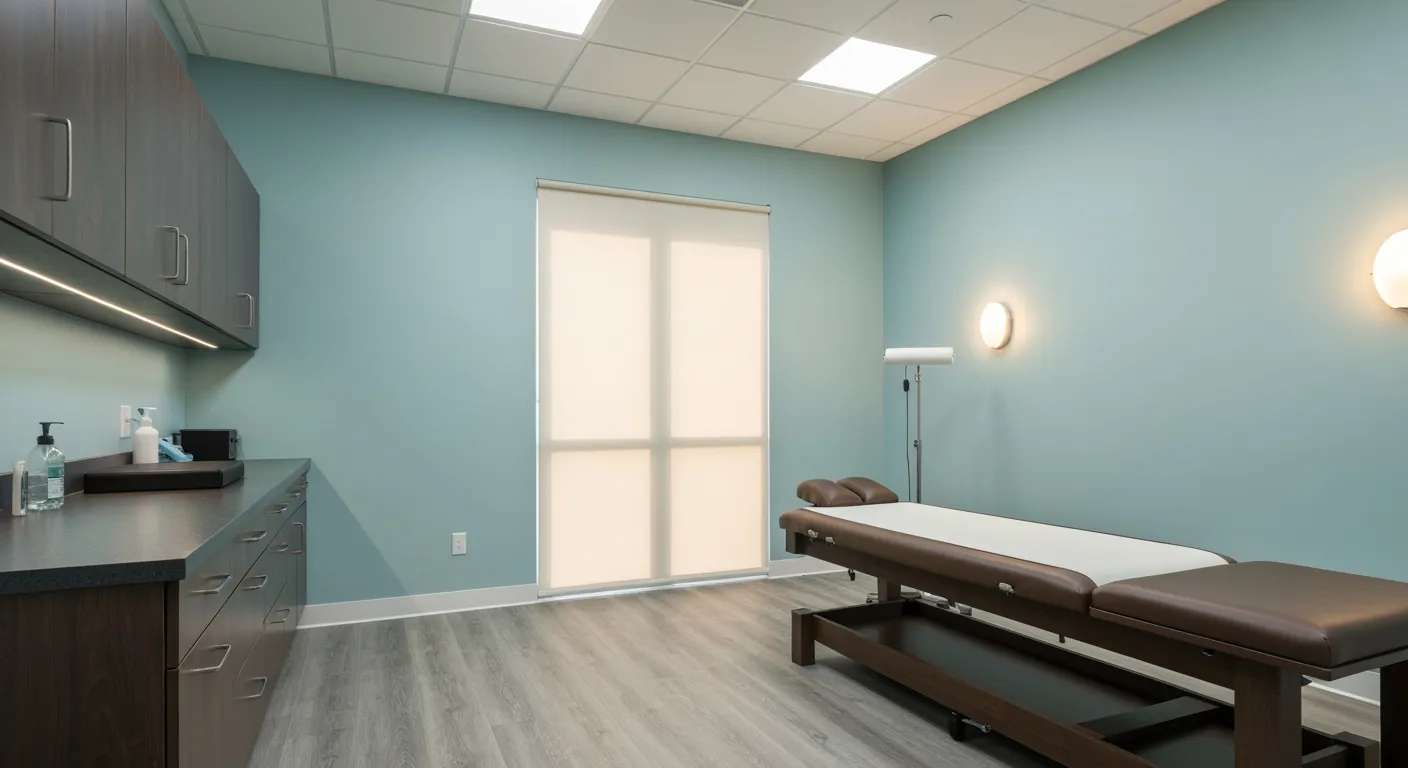
What Happens During Your Initial Chiropractic Consultation
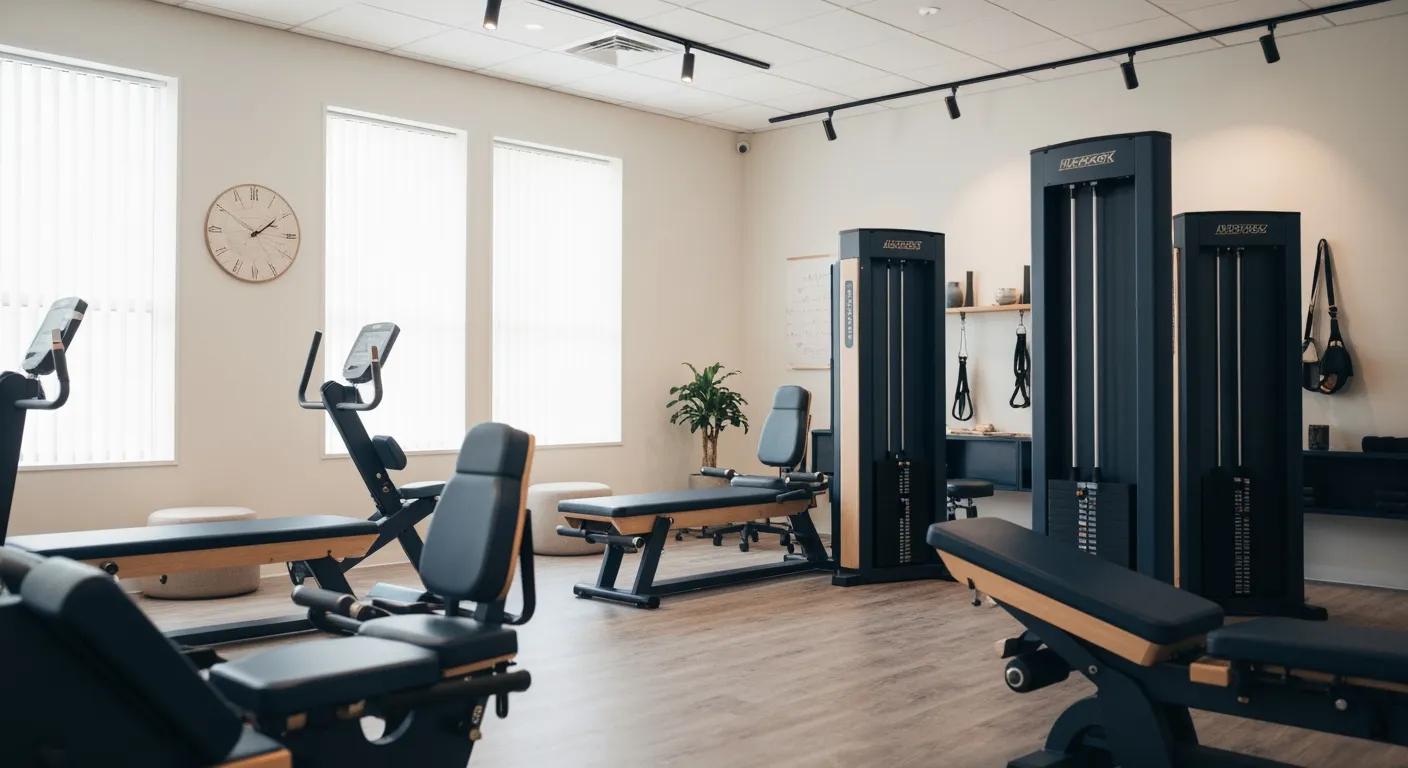
Effective Corrective Exercises for Sustainable Pain Management
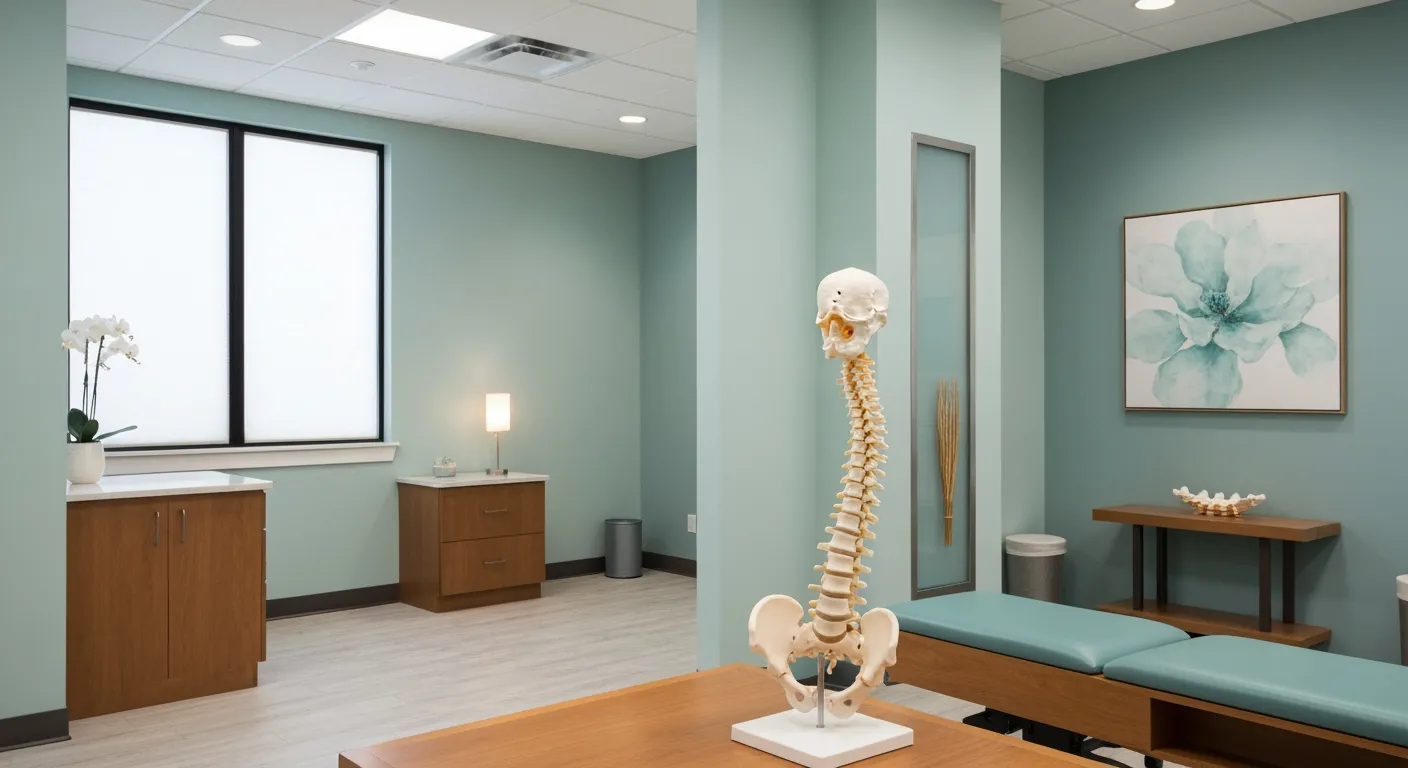
Taking a Root Cause Approach to Chronic Pain Management
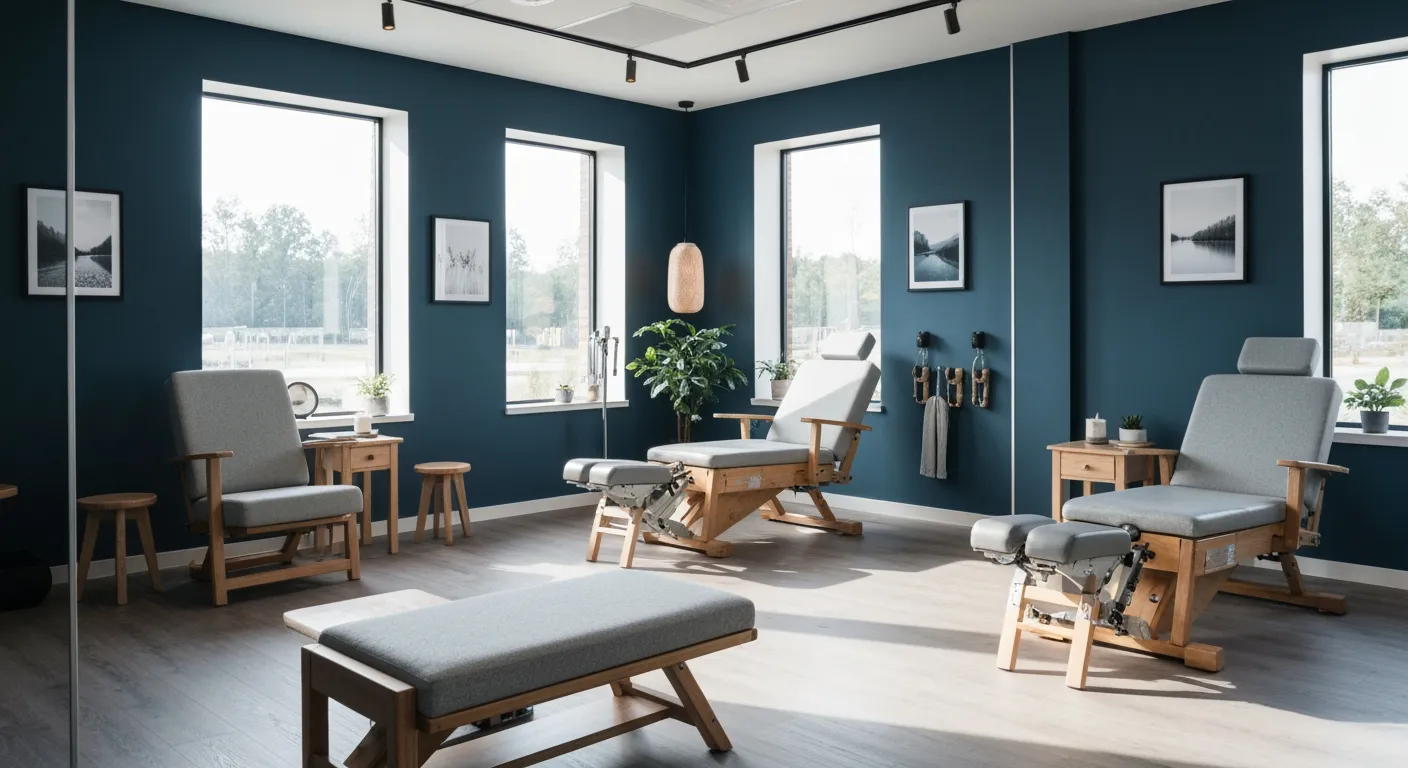
Holistic Pain Management Techniques Without Surgery

How Patient Success Stories Validate Chiropractic Care Benefits

Spinal Decompression: Innovative Treatment for Sciatic Nerve Pain
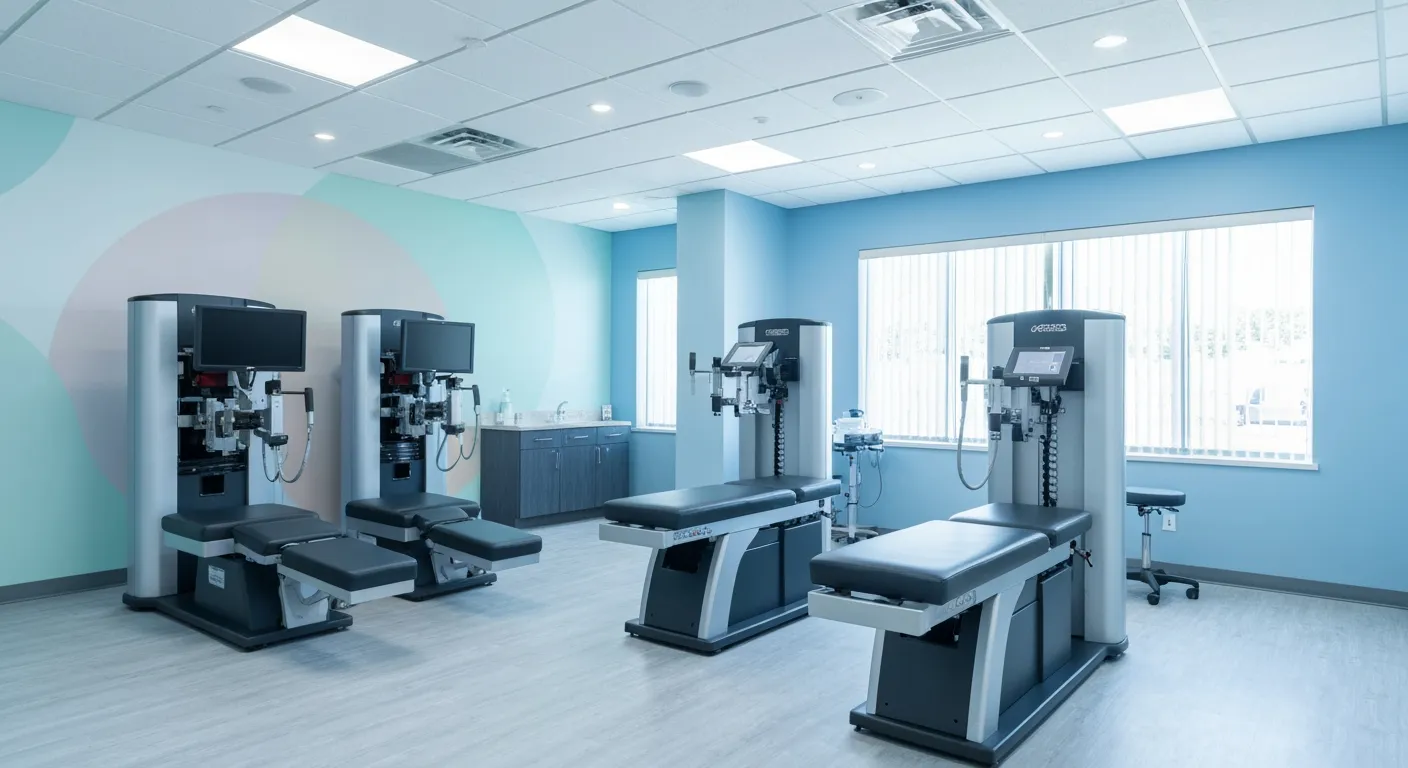
Spinal Decompression Therapy: A Non-Invasive Approach to Sciatica Relief
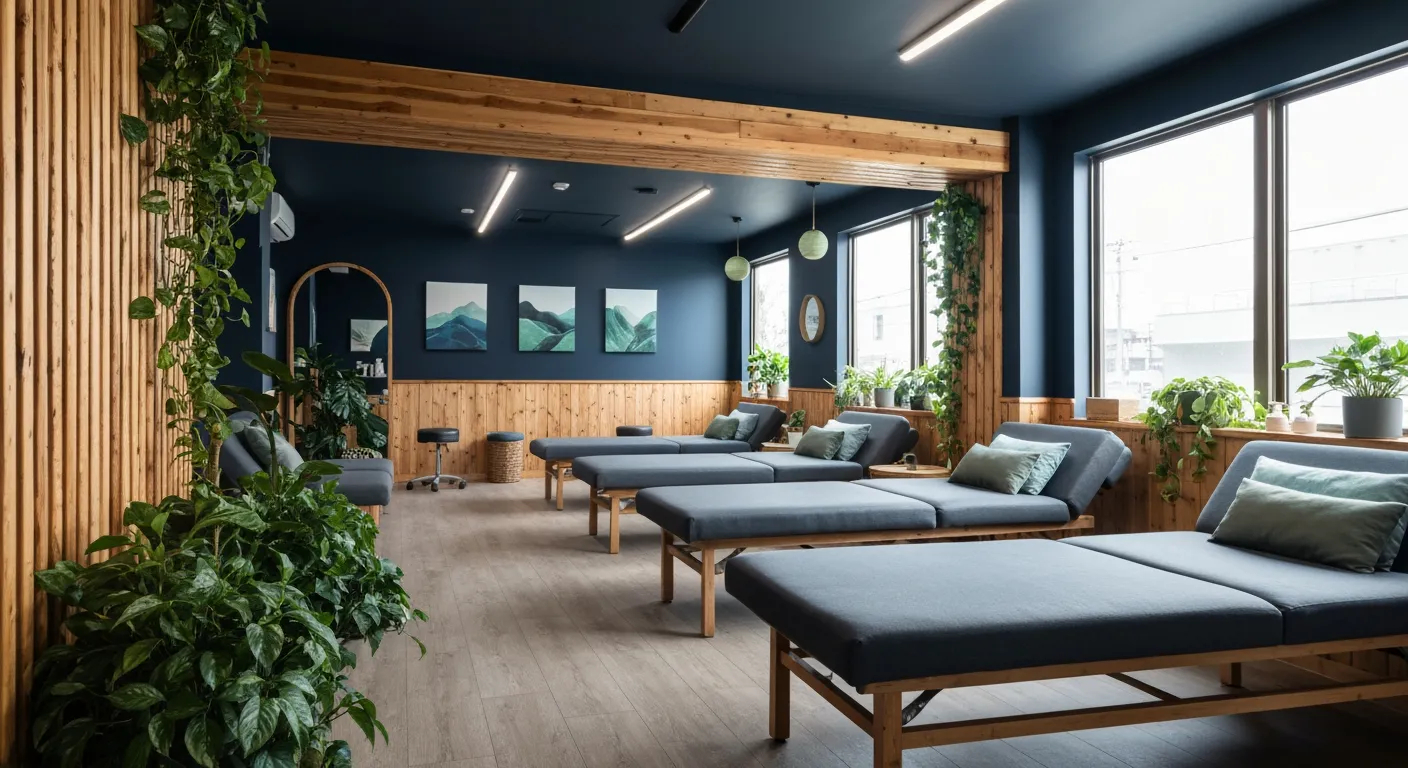
Exploring Holistic Approaches Beyond Surgery for Pain Relief

Practical Lifestyle Advice to Support a Healthy Spine Every Day
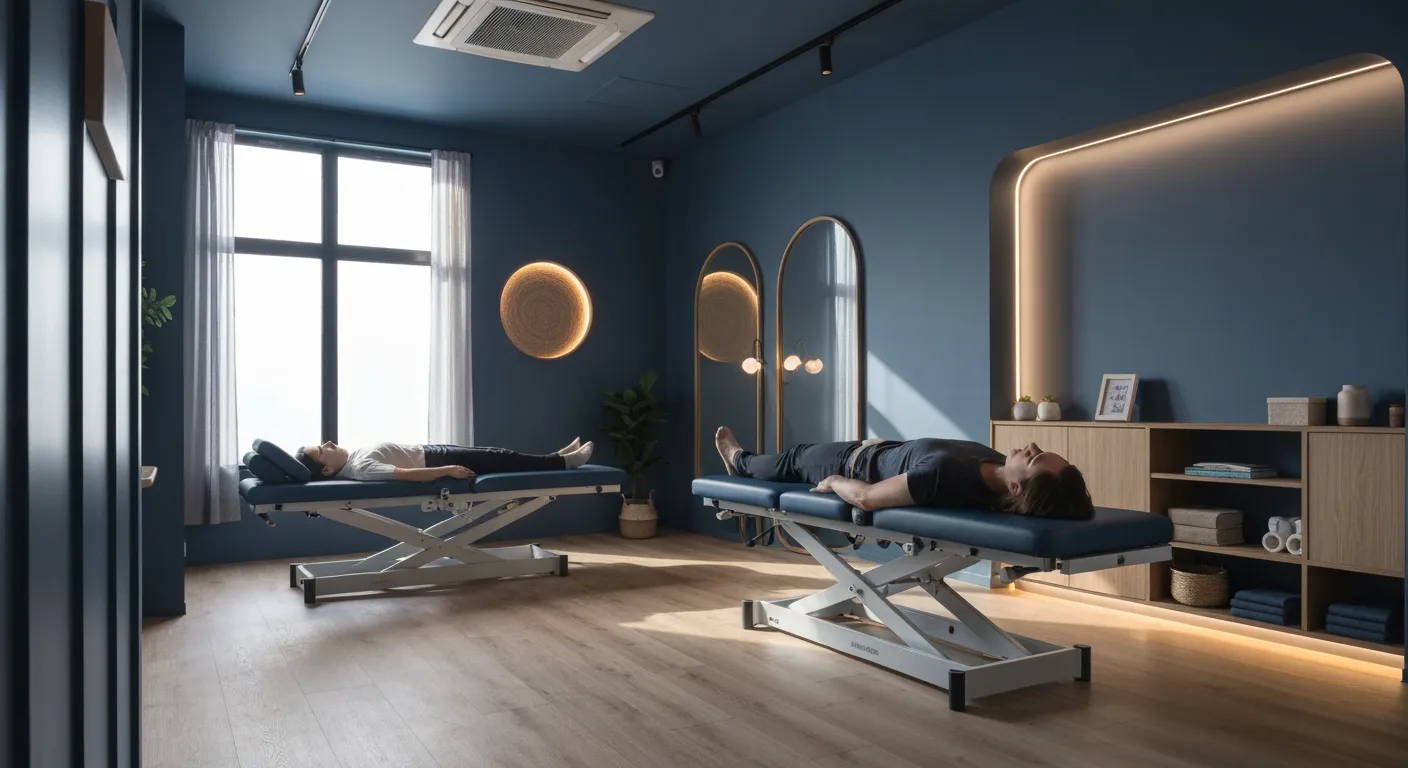
Corrective Exercise Routines Designed for Long-Term Pain Prevention
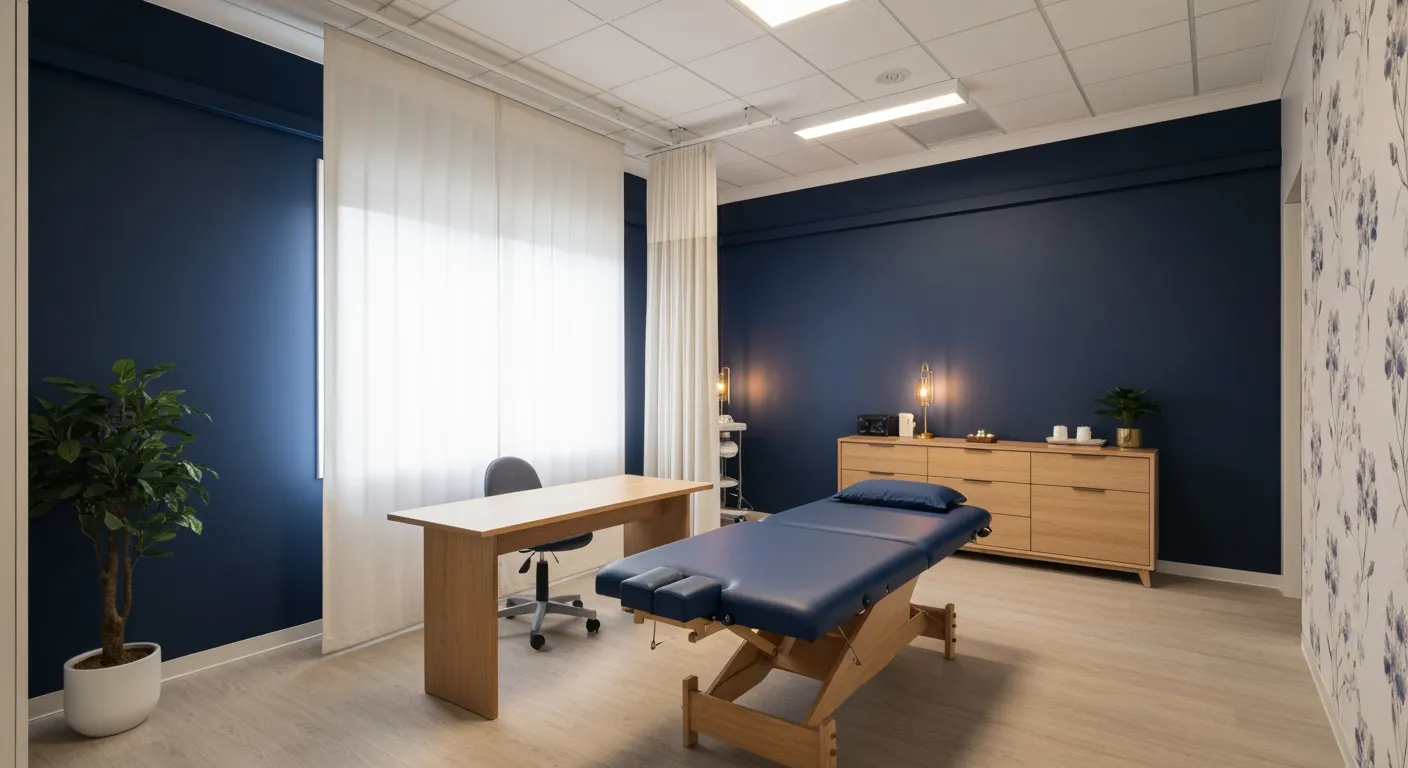
Real Patient Stories: Overcoming Chronic Pain with Chiropractic Care
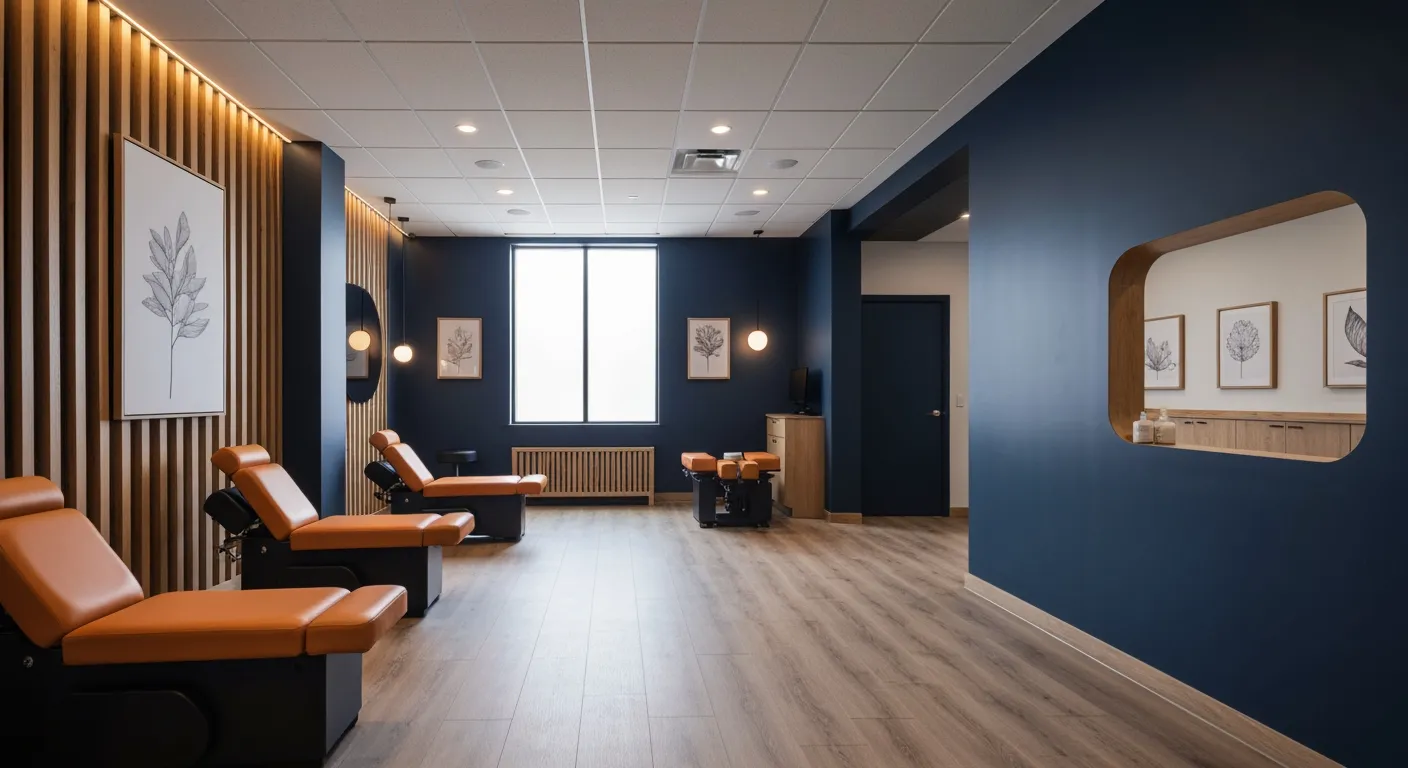
Lifestyle Changes That Promote a Healthy Spine and Prevent Injury
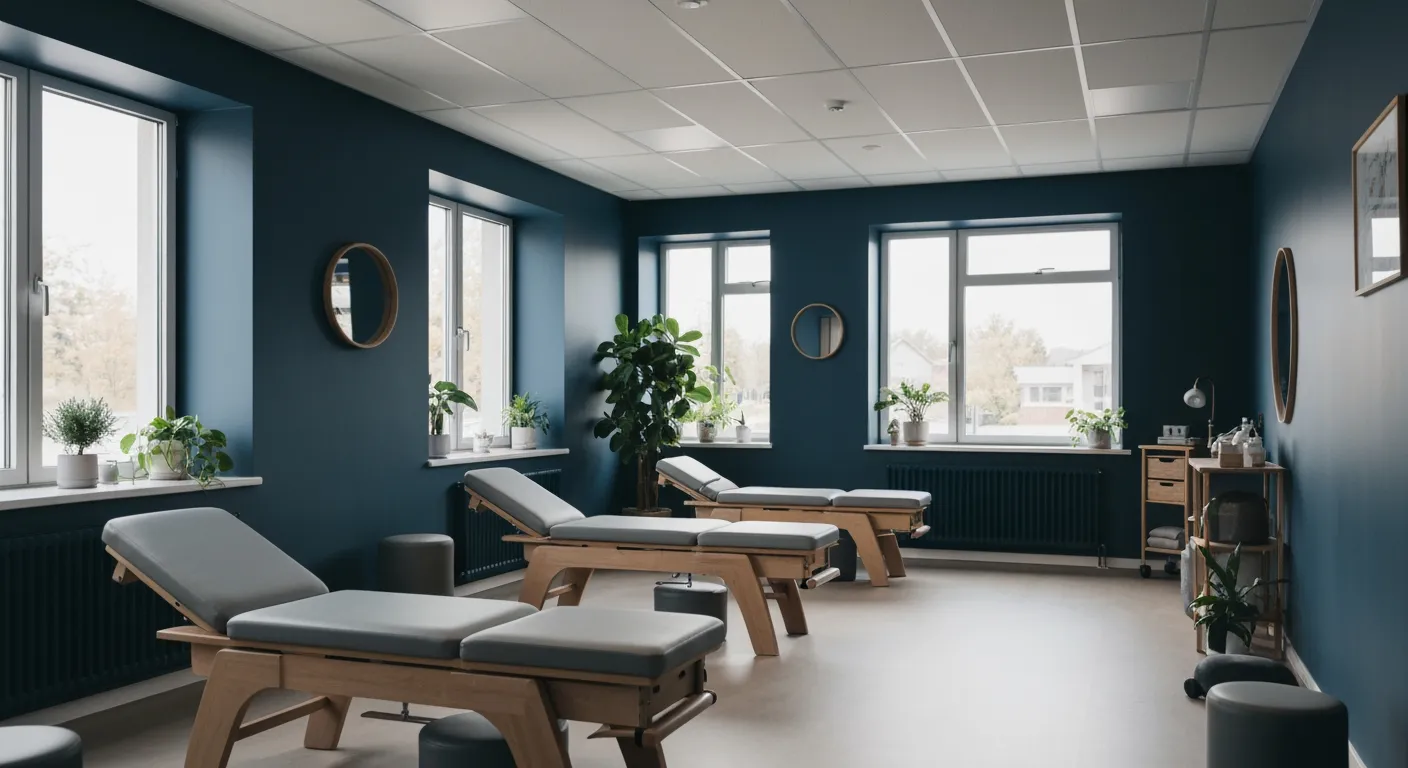
How Addressing the Root Cause of Pain Leads to Lasting Relief
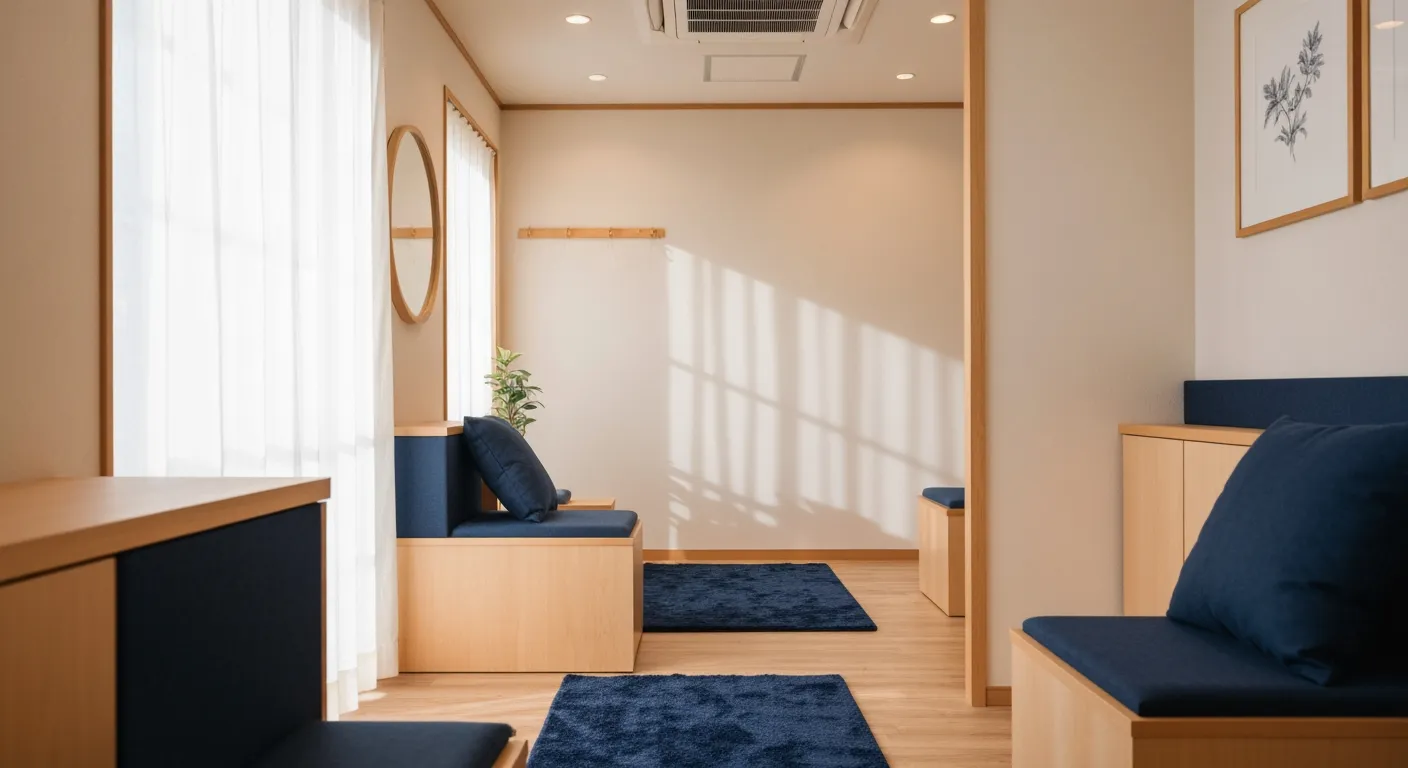
Non-Surgical Holistic Therapies to Manage Chronic Pain Effectively
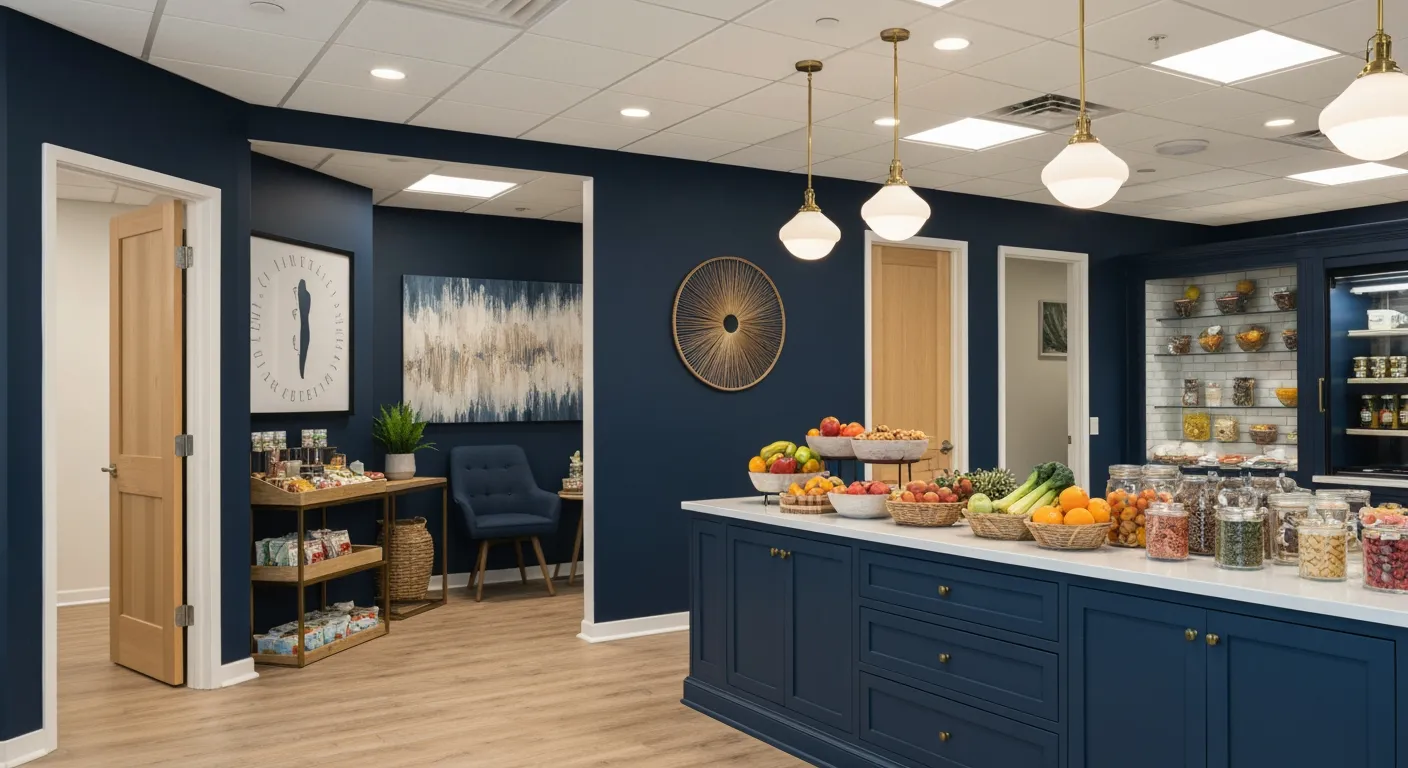
Nutritional Counseling's Impact on Physical Health and Healing
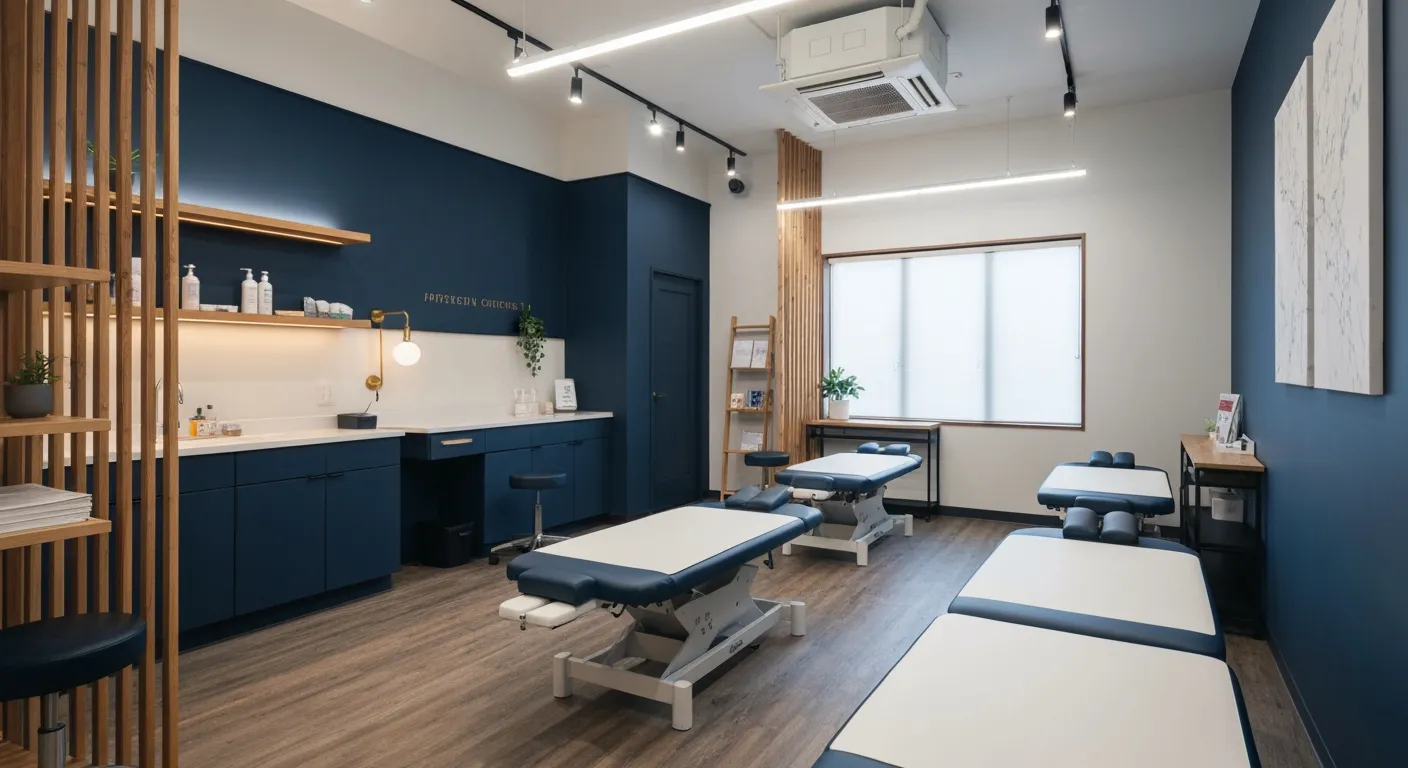
Benefits of Regular Chiropractic Care for a Stronger Back
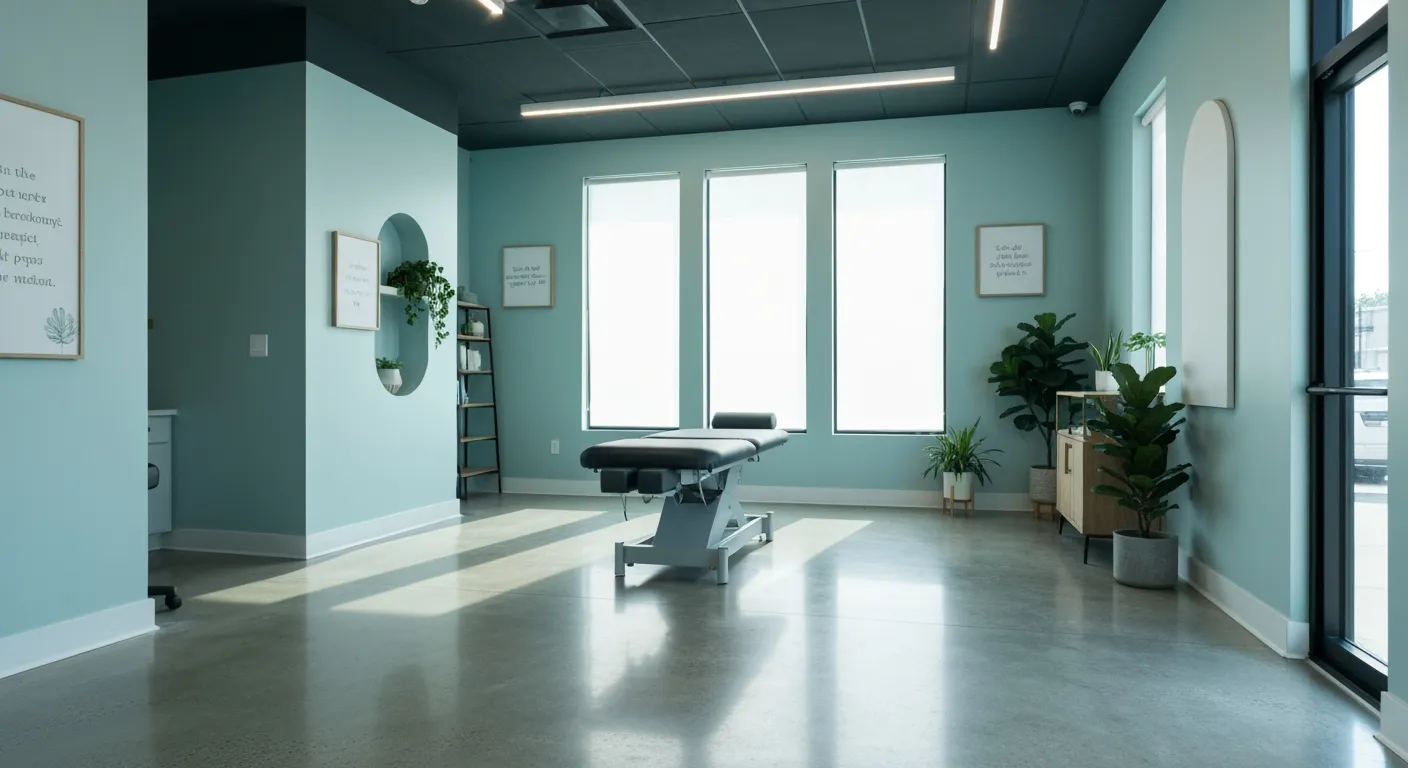
Your First Chiropractic Visit: What to Expect and How to Prepare

Patient Experiences: How Chiropractic Care Transformed Their Lives
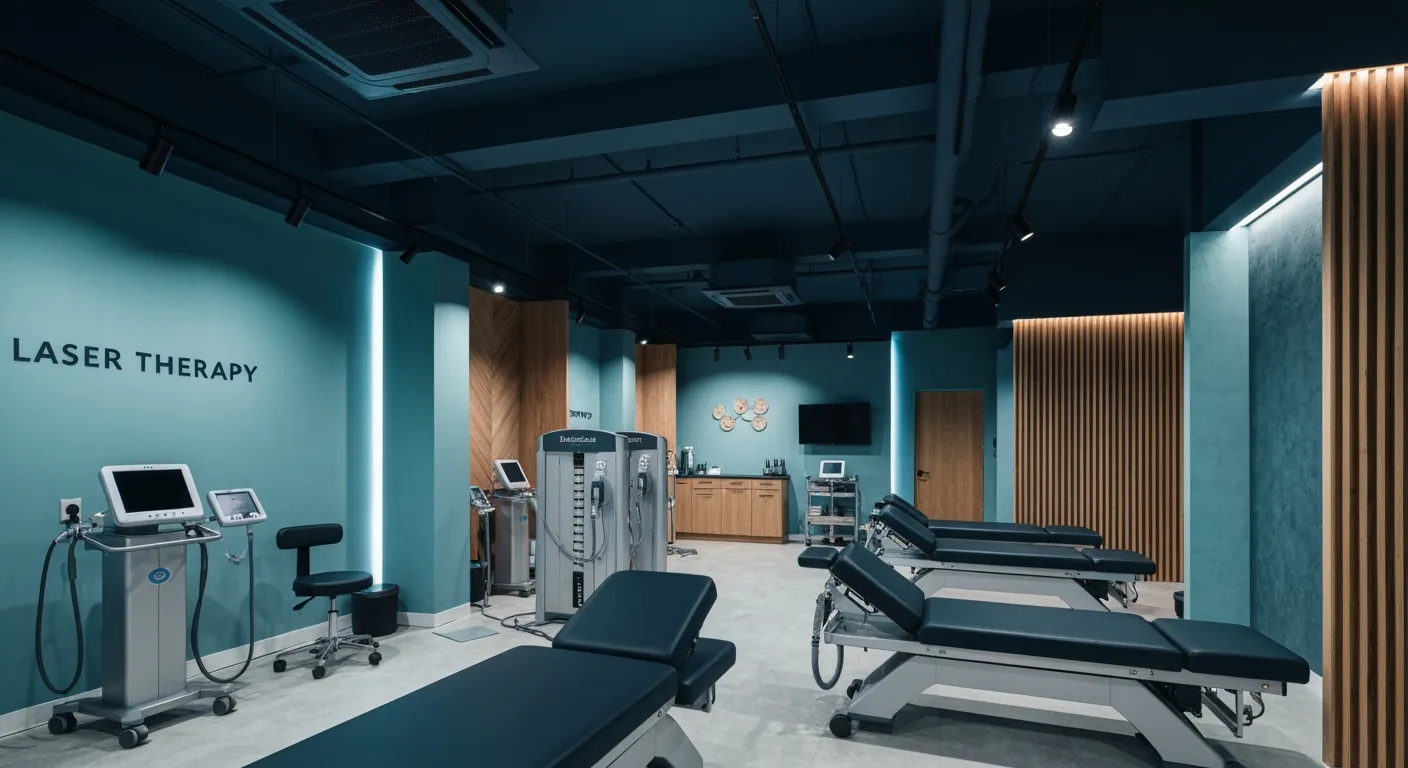
Exploring Holistic, Non-Surgical Options for Pain Management

Combining Physiotherapy with Chiropractic Treatments for Enhanced Recovery
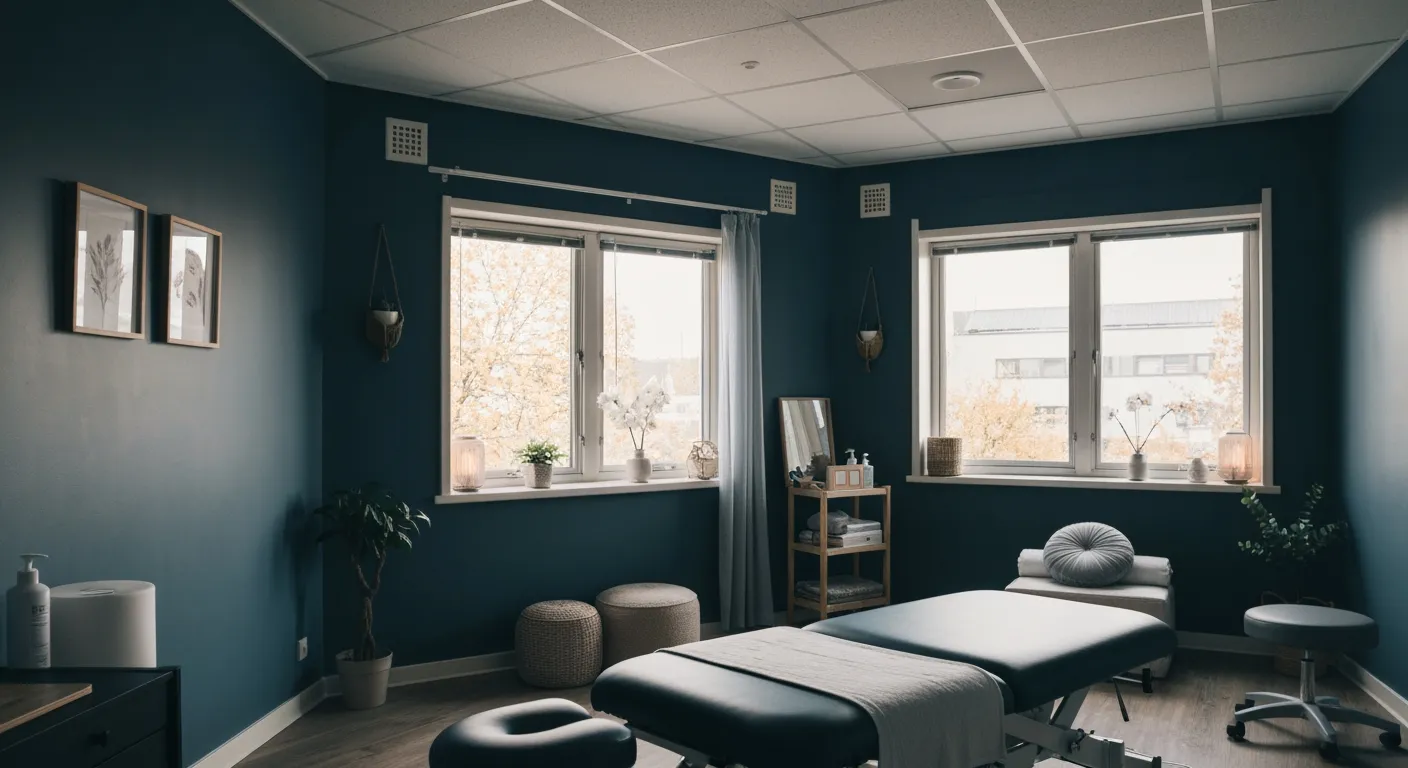
Holistic Treatments That Offer Alternatives to Surgery for Pain Relief

Corrective Exercise Strategies for Long-Term Spine Health
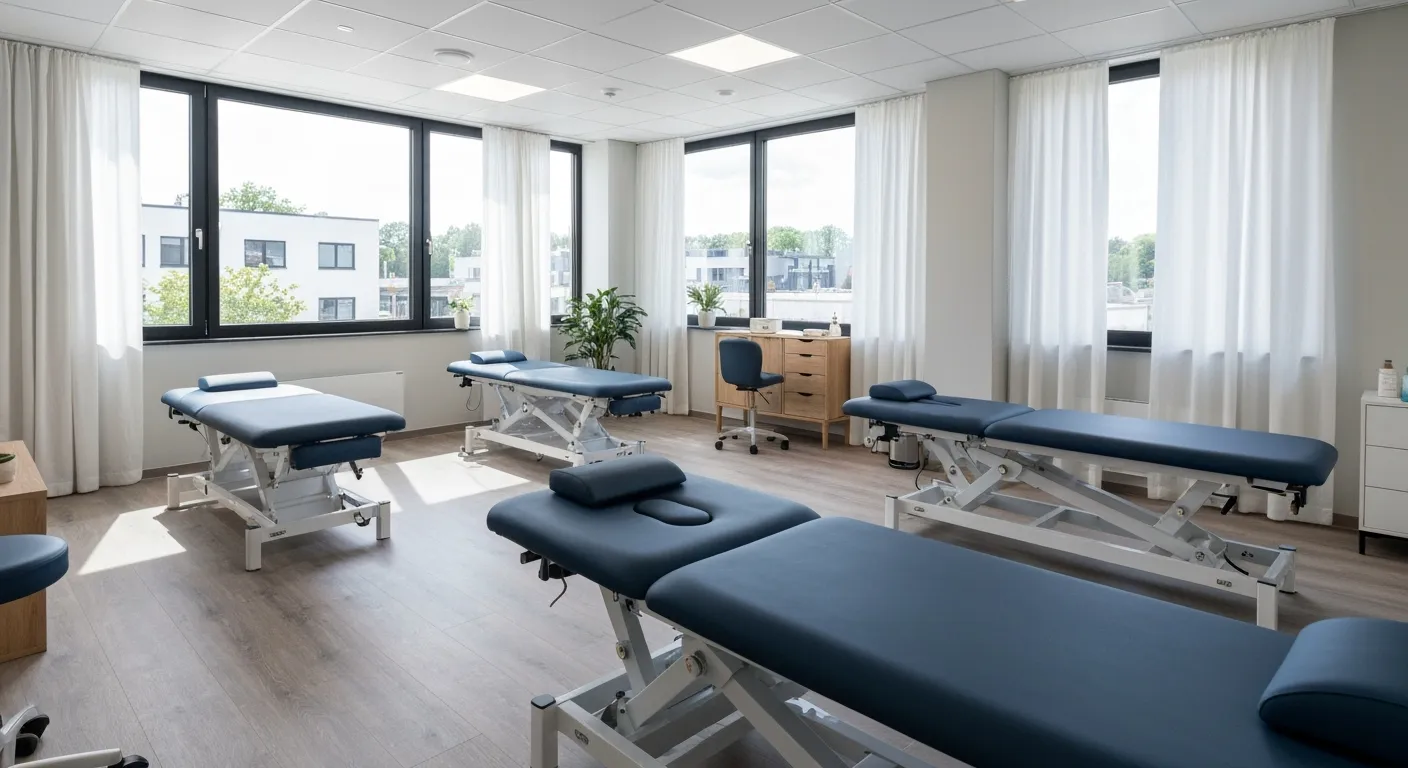
How Physiotherapy Complements Chiropractic Adjustments for Better Outcomes
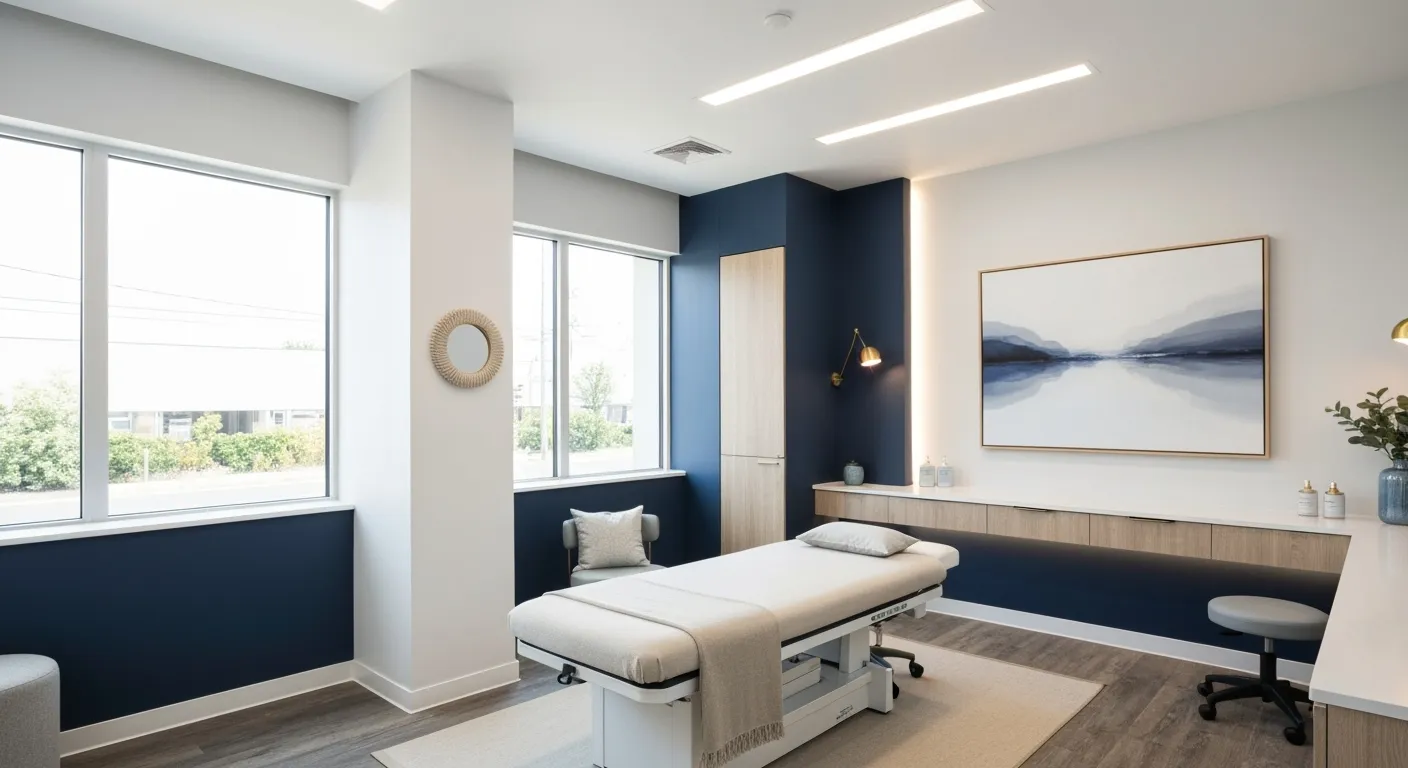
First-Time Chiropractic Visitors: What You Should Know

Understanding the Importance of Treating Pain at Its Source
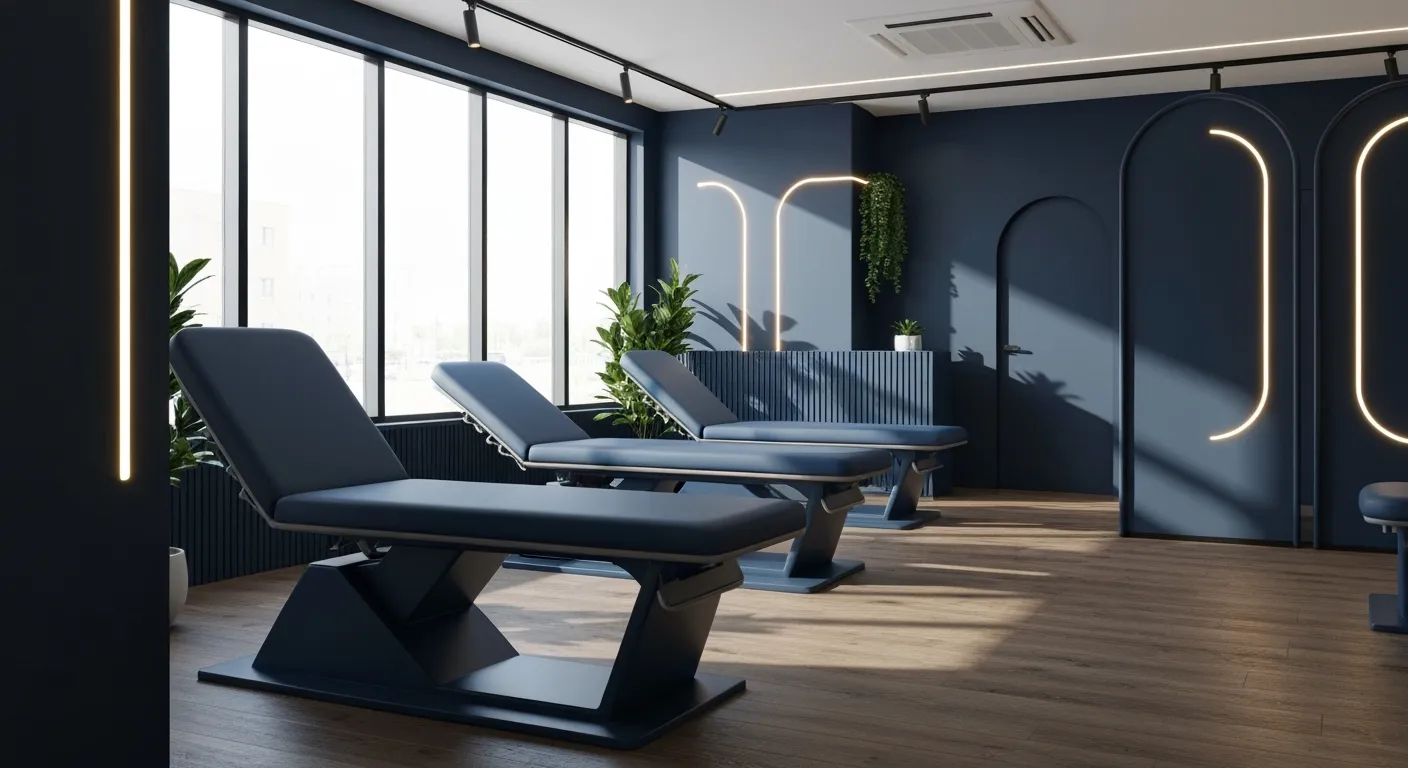
Adopting Lifestyle Changes to Support Your Spine's Wellness
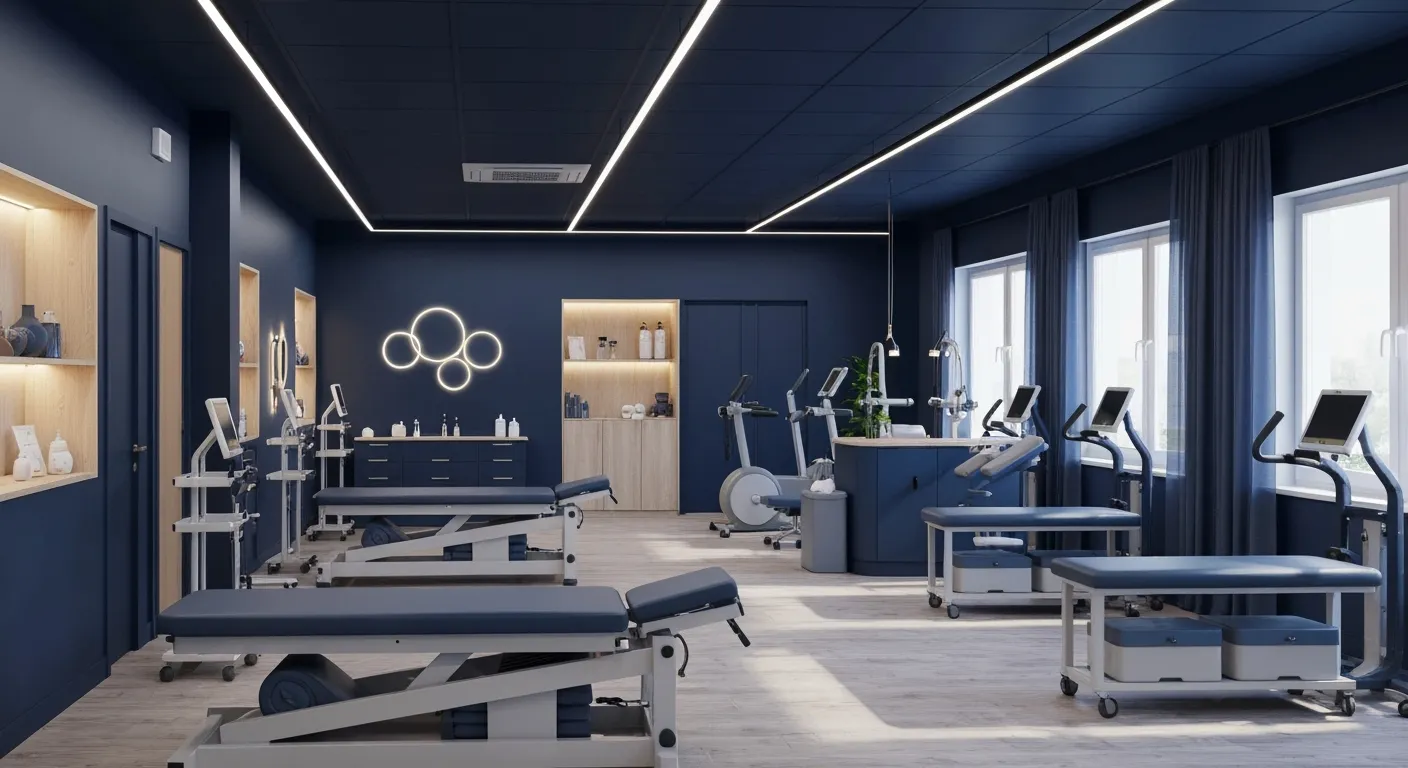
Utilizing Physiotherapy to Enhance Chiropractic Treatment Outcomes

The Key Advantages of Chiropractic Care for Back Pain Sufferers

Why Focusing on Root Causes Improves Pain Treatment Success

Corrective Exercises That Promote Lasting Pain Relief and Mobility
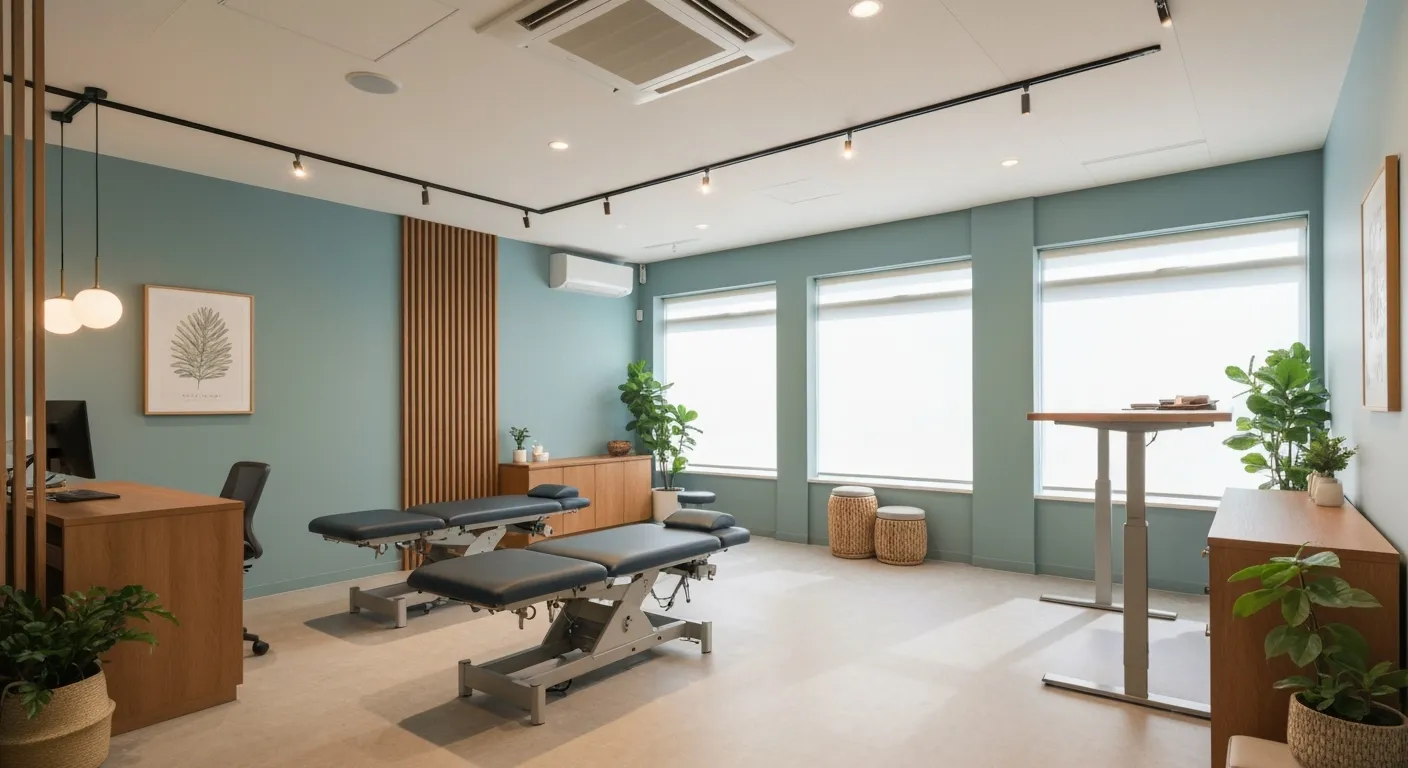
Sciatica Relief Through Targeted Spinal Decompression Techniques
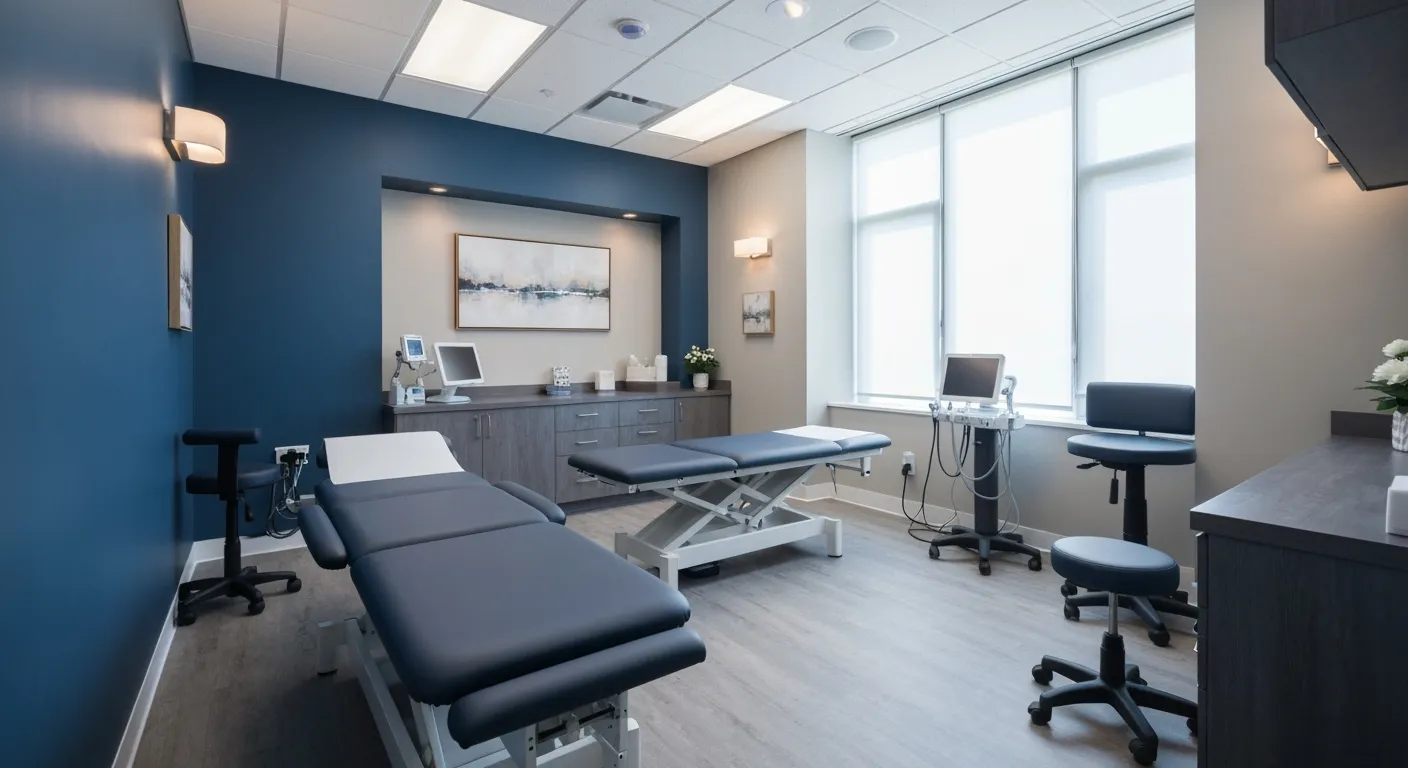
Preparing for Your First Chiropractic Appointment with Confidence
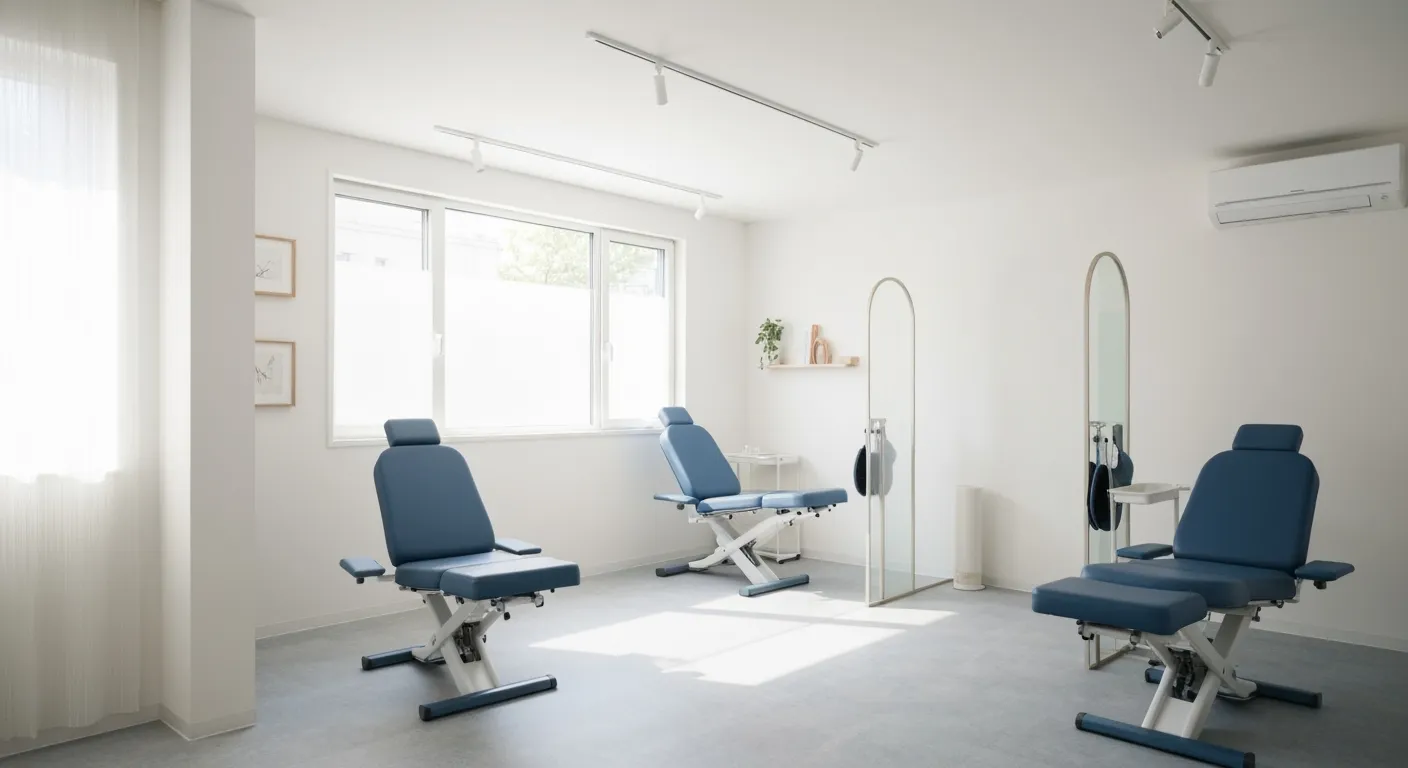
Healthy Lifestyle Habits for Maintaining Spinal Alignment

Success Stories Highlighting Chiropractic's Role in Pain Recovery

Top Benefits of Chiropractic Care for Chronic Back Pain
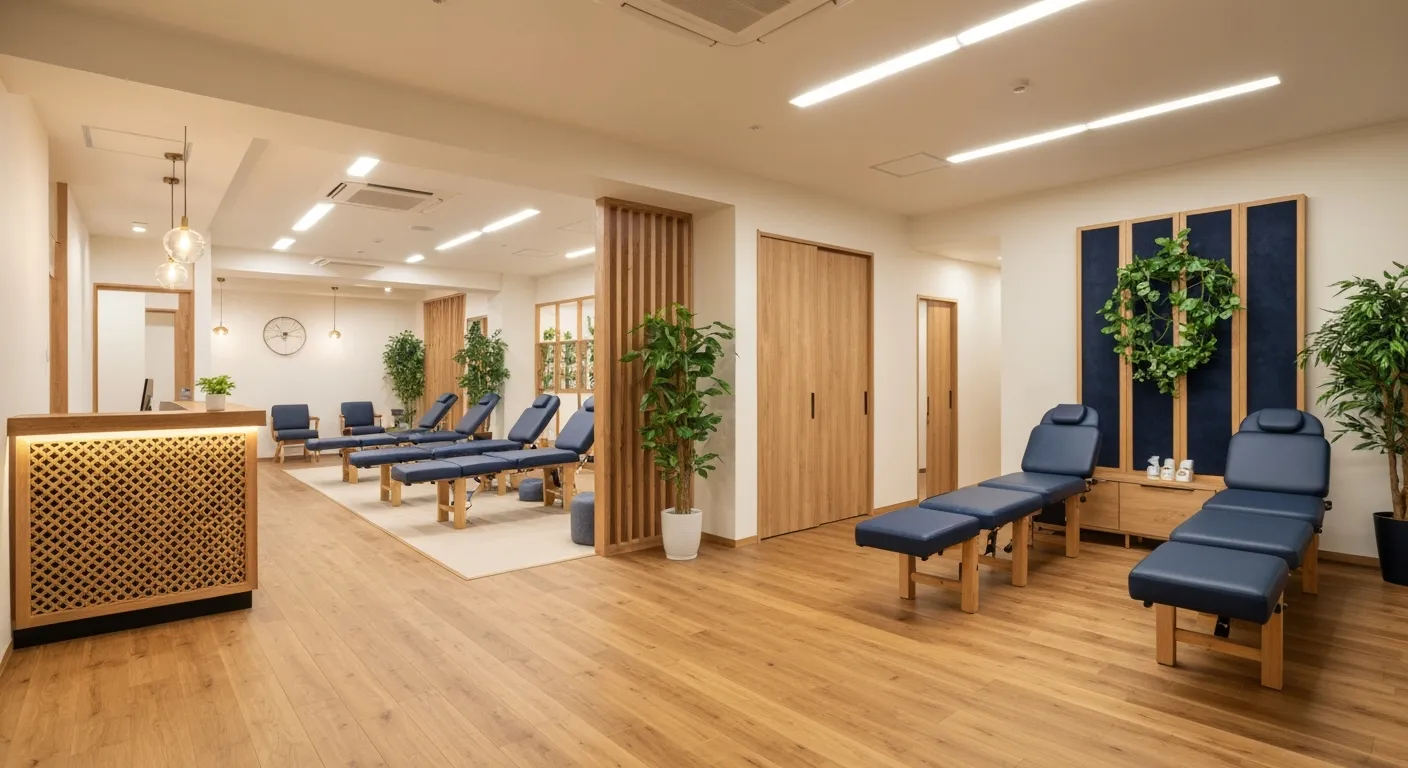
Nutrition Tips to Boost Your Overall Wellness and Recovery

How Chiropractic Care Alleviates Back Pain Naturally
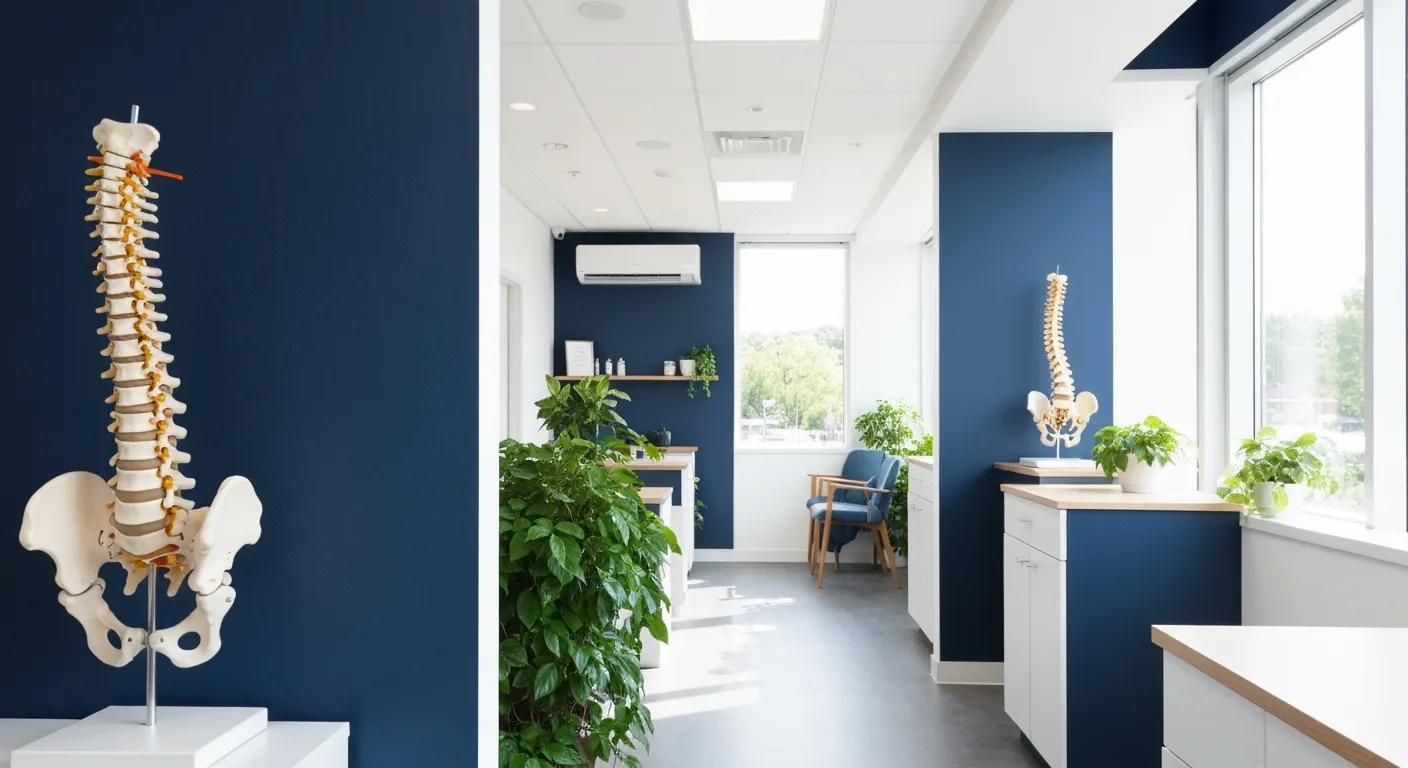
How Nutritional Counseling Supports Overall Wellness and Spine Health
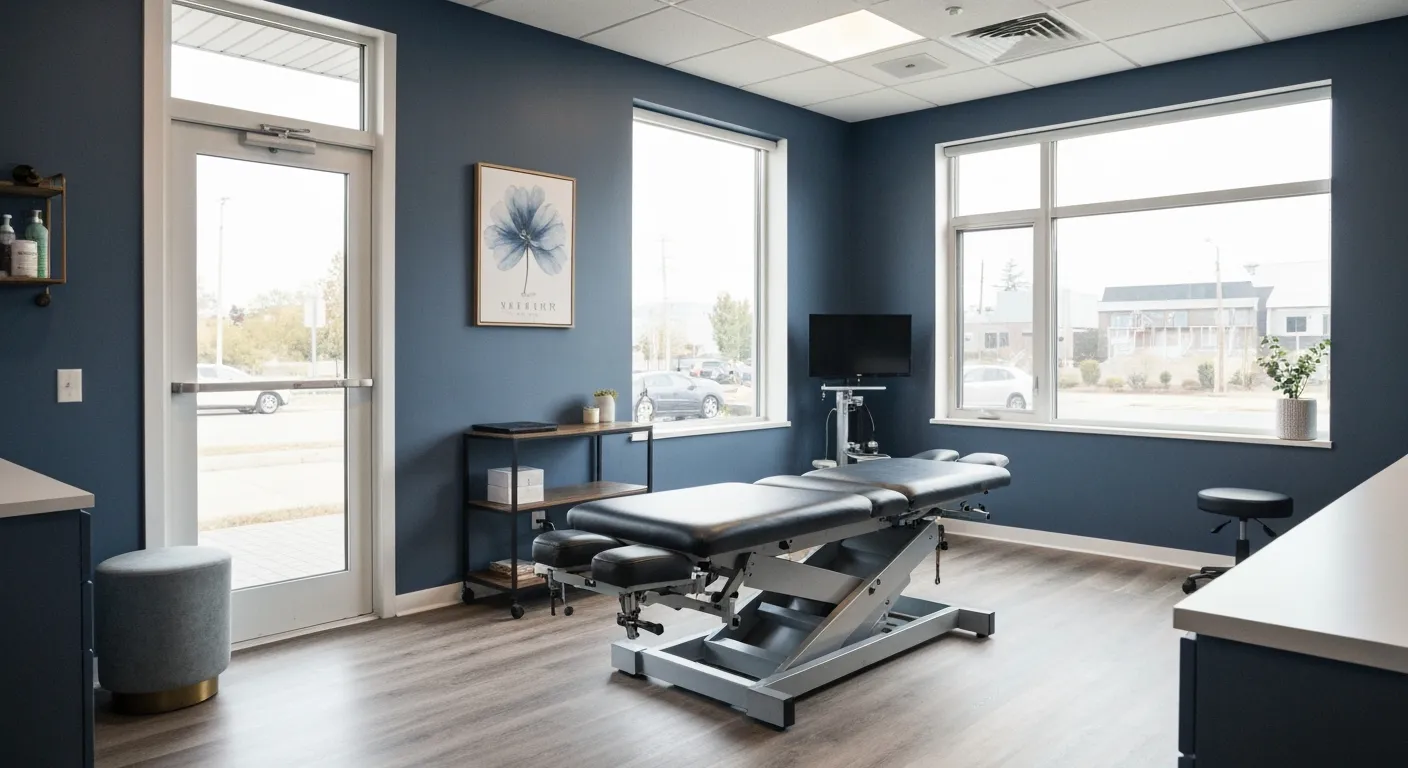
Step-by-Step Guide to Your First Visit with a Chiropractor
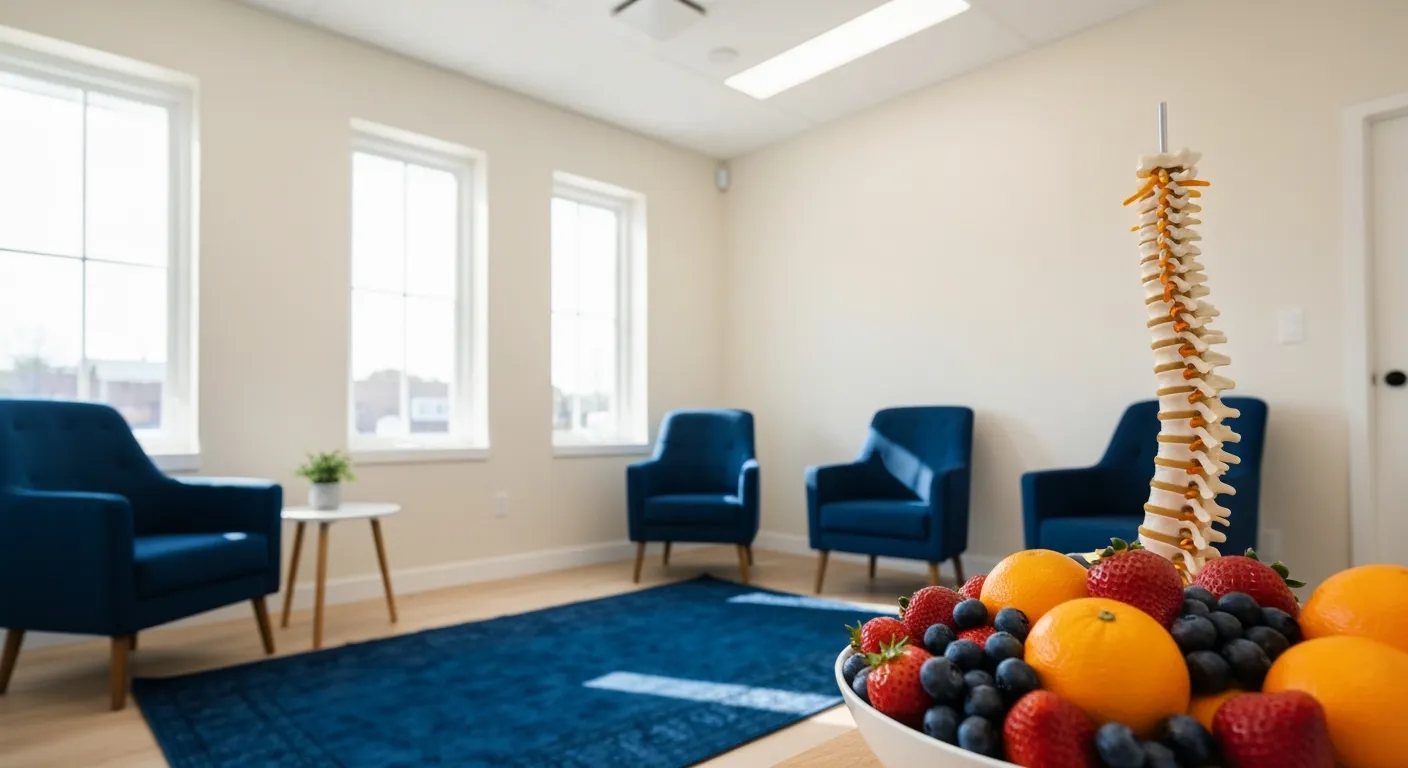
Using Nutrition to Support Chiropractic and Overall Wellness

Integrating Physiotherapy in Your Chiropractic Healing Journey

How Physiotherapy Complements Chiropractic Adjustments for Faster Healing
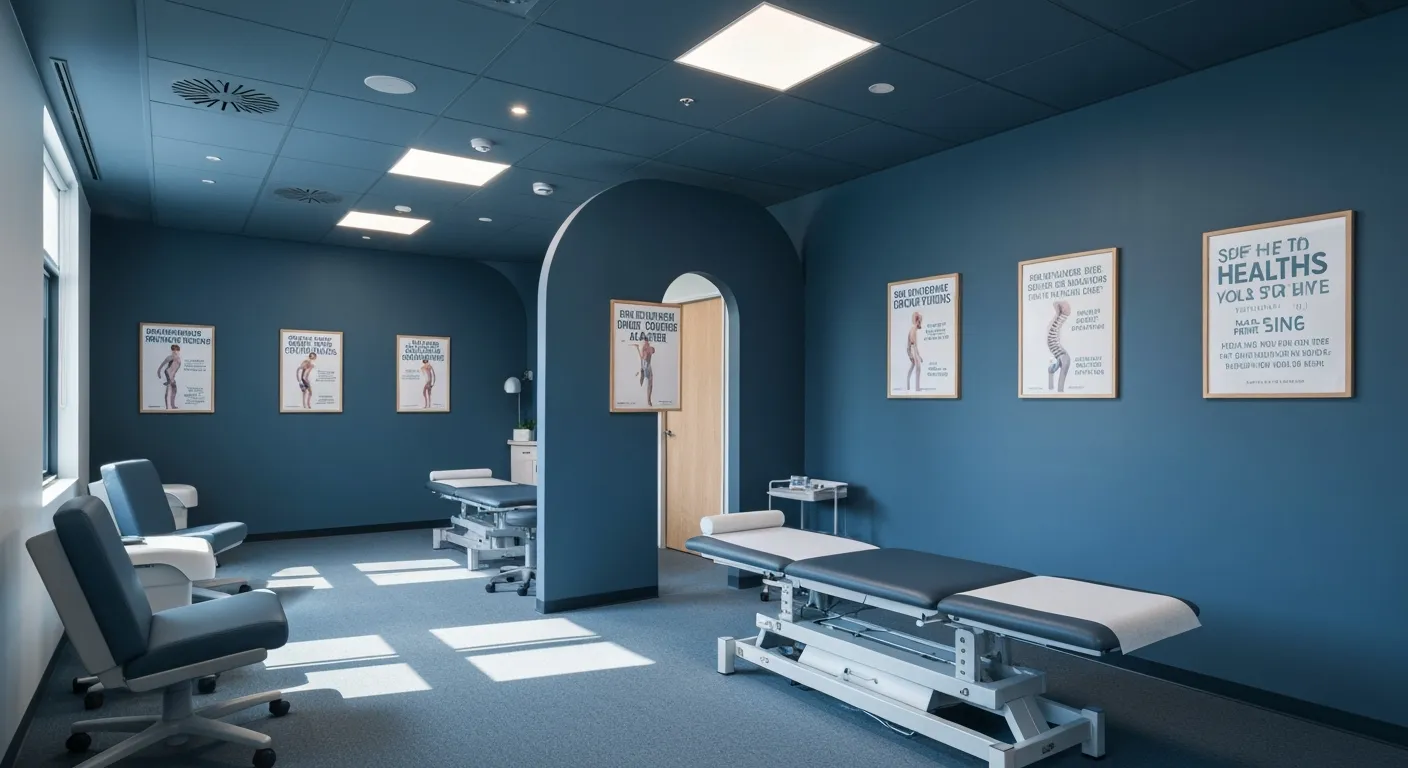
Lifestyle Tips for Maintaining a Healthy Spine and Preventing Back Pain
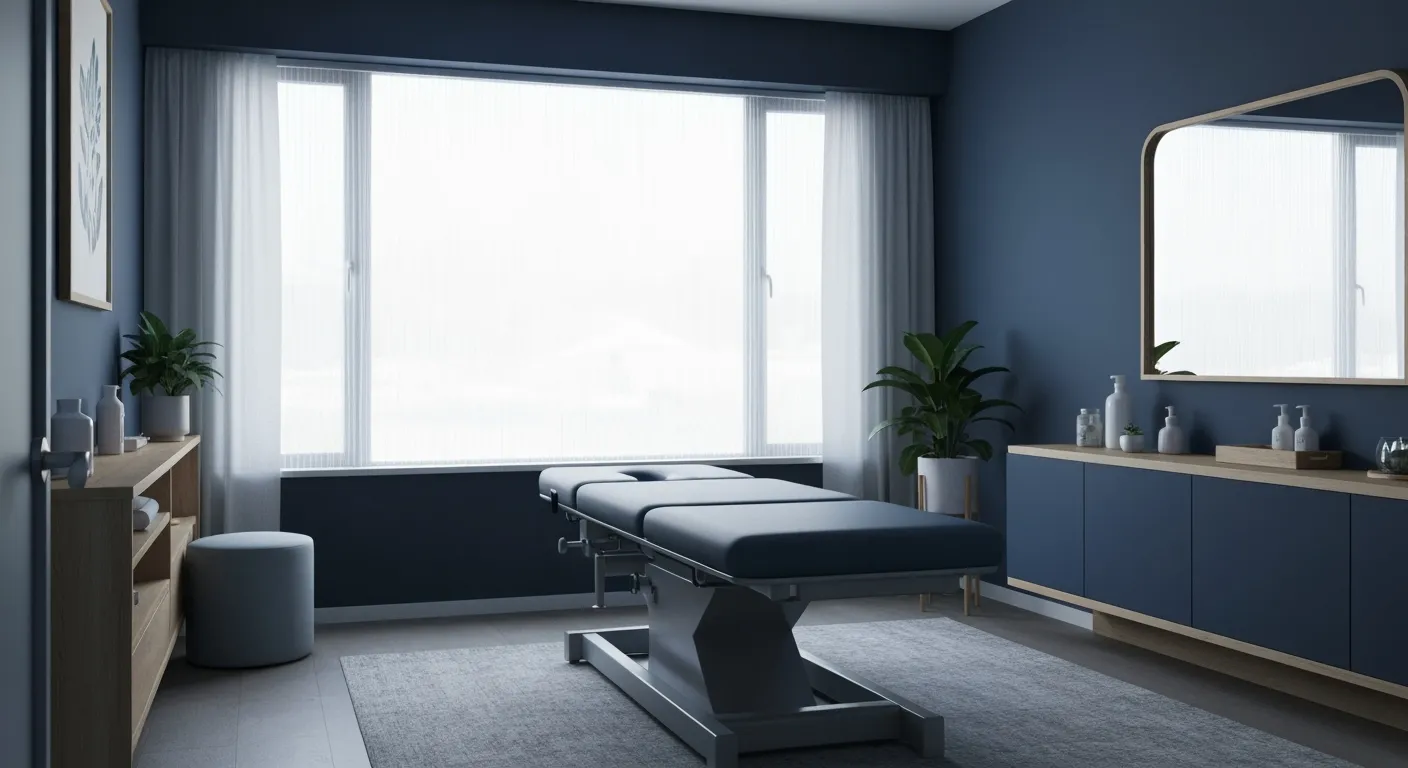
Heartwarming Patient Testimonials Highlighting Chiropractic Success

How Proper Nutrition Supports Chiropractic and Physiotherapy Treatments
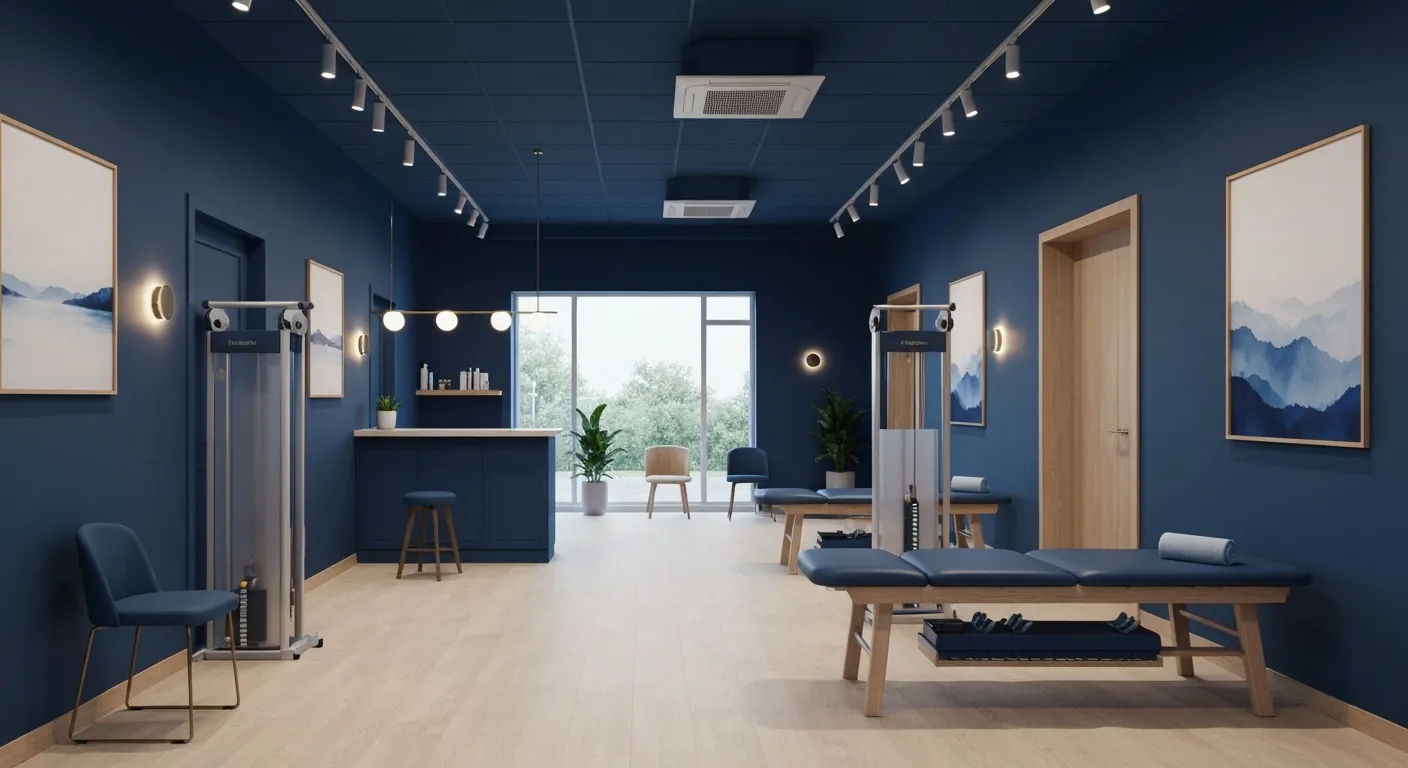
Combining Physiotherapy and Chiropractic Treatments for Optimal Recovery
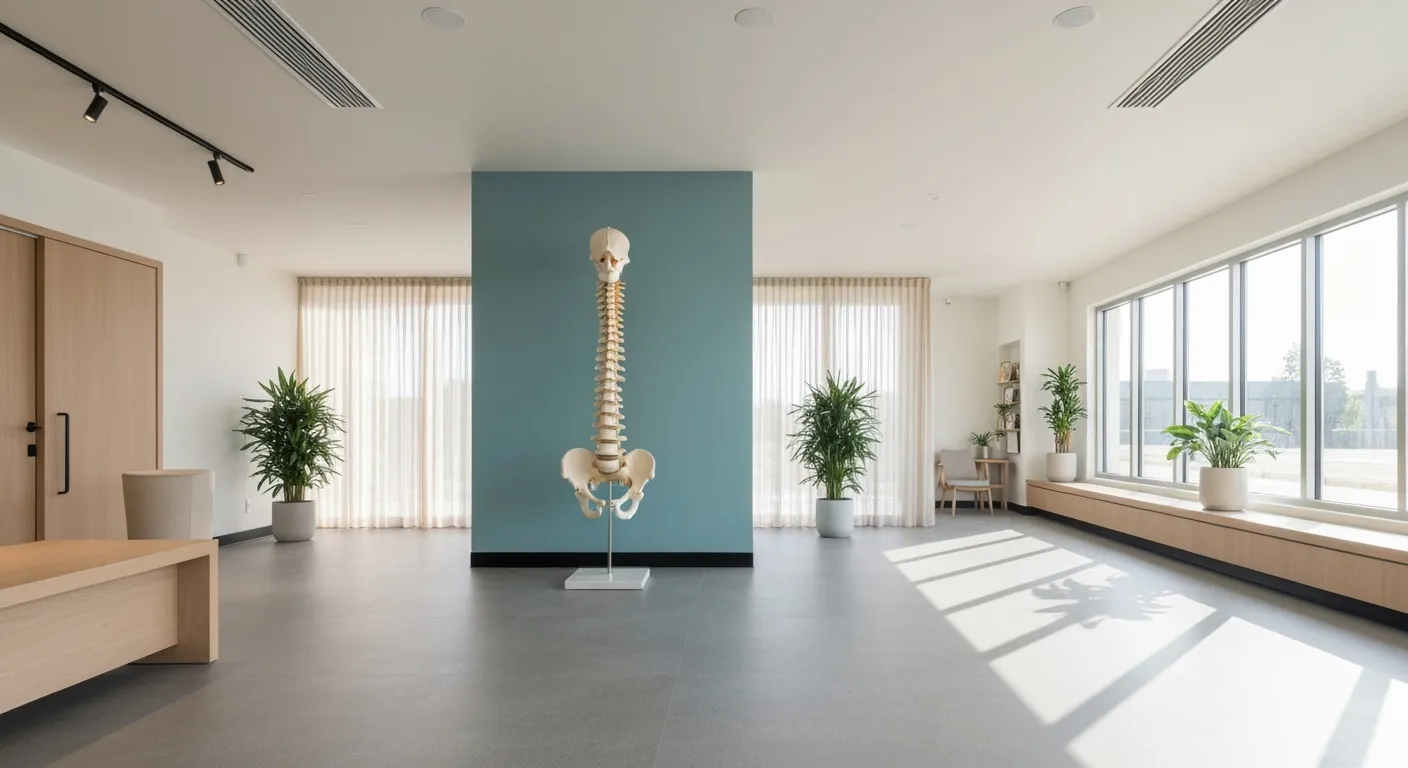
Why Chiropractic Treatments Are Effective for Managing Back Pain
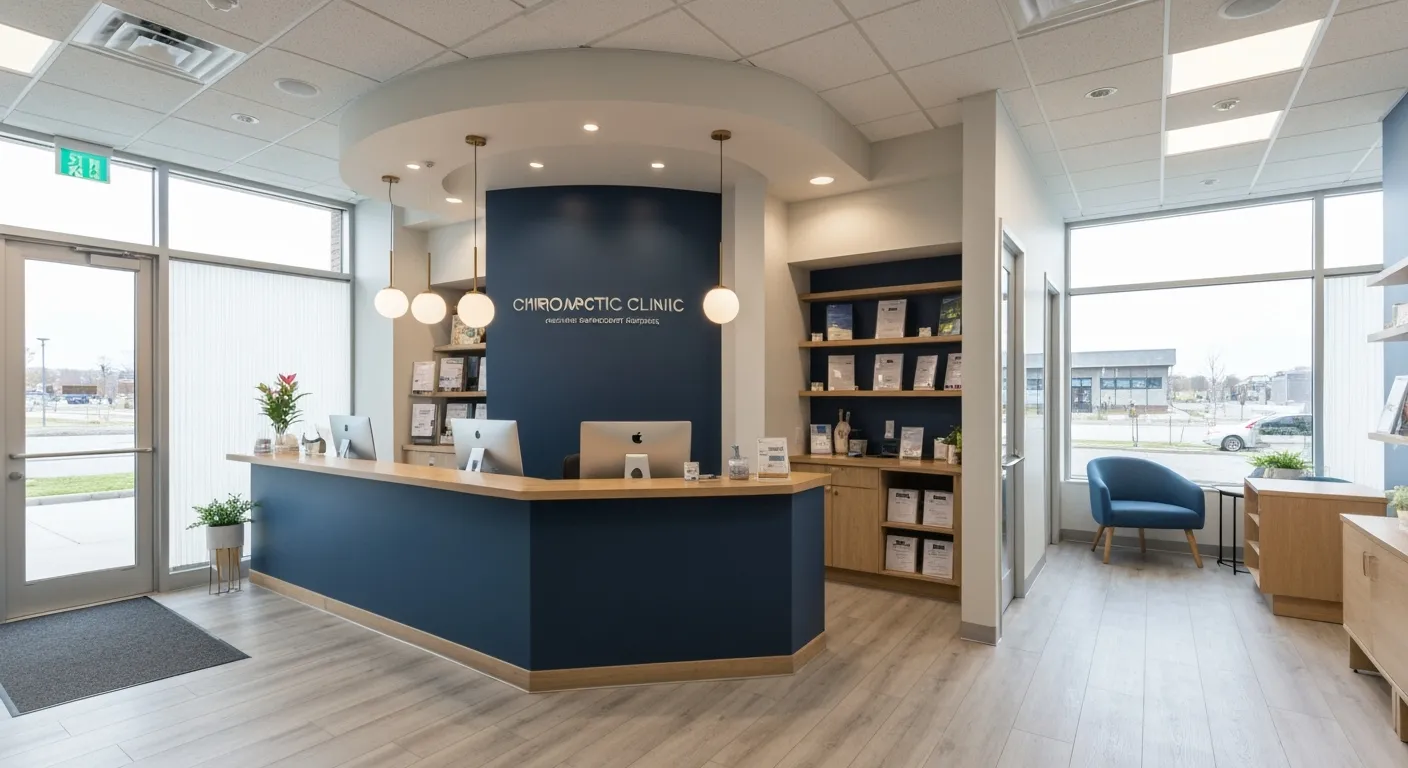
Choosing a Chiropractor: Tips for Finding a Trusted Provider
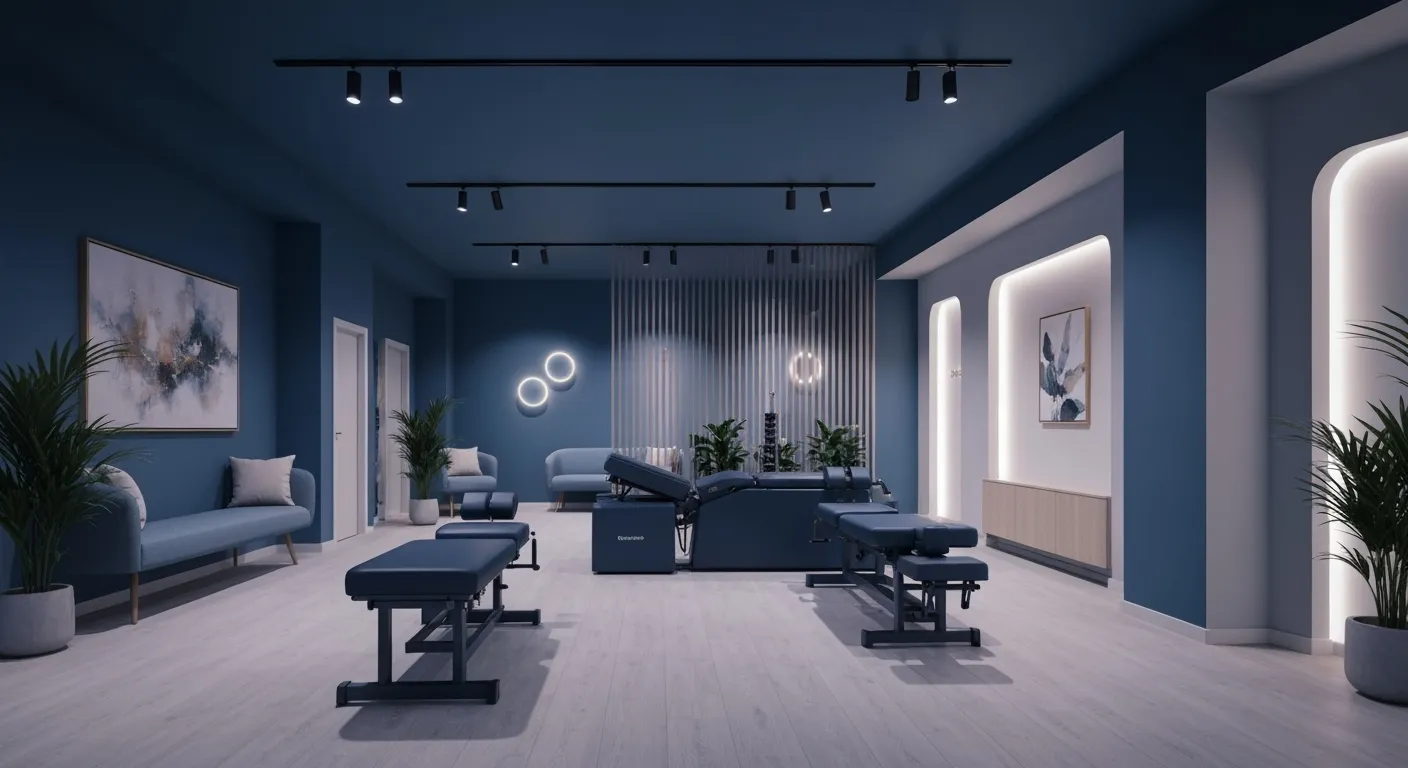
Integrating Physiotherapy and Chiropractic: Benefits and What to Expect

How Tailored Corrective Exercises Can Aid in Pain Management
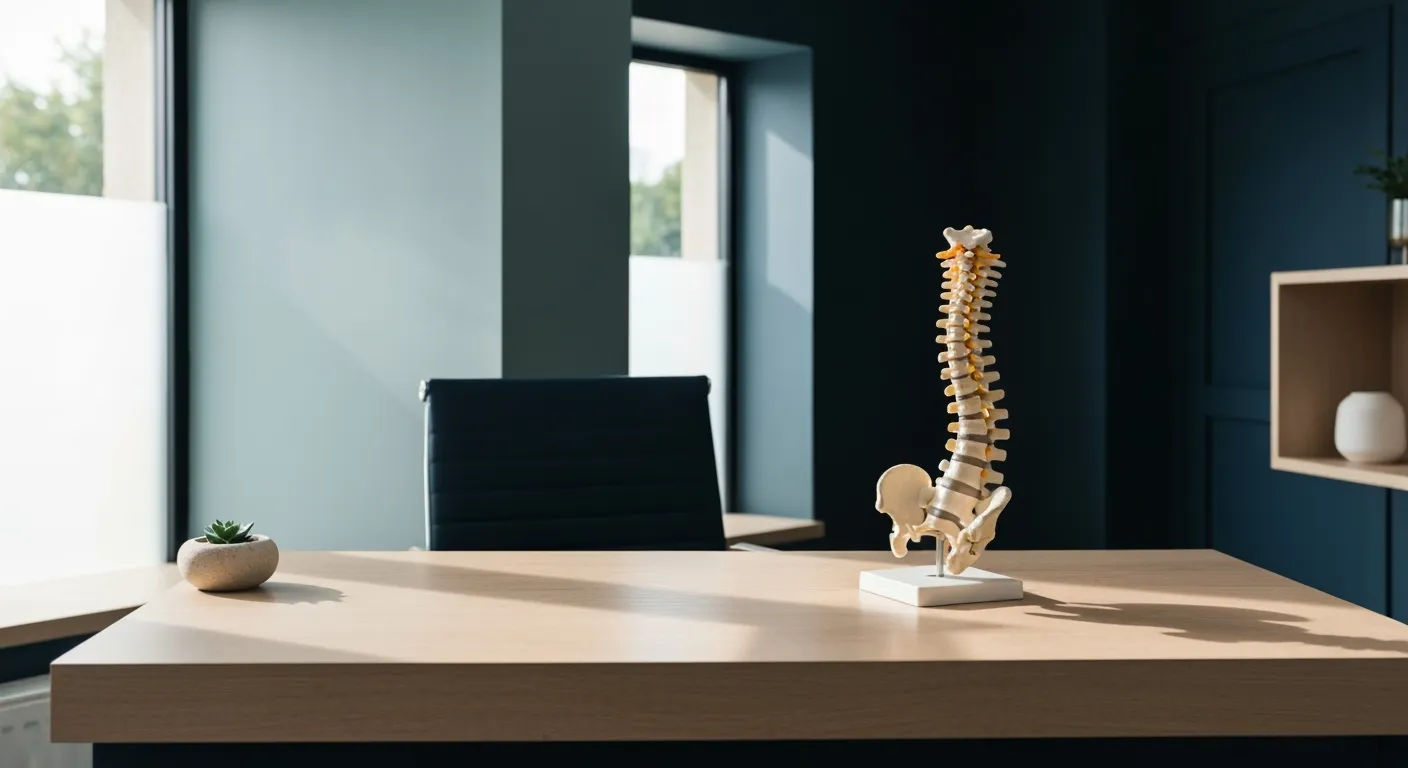
Chiropractic Care: A Proven Solution for Alleviating Back Pain

What to Expect at Your First Chiropractic Visit: A Comprehensive Guide

The Importance of Root Cause Analysis in Effective Pain Management
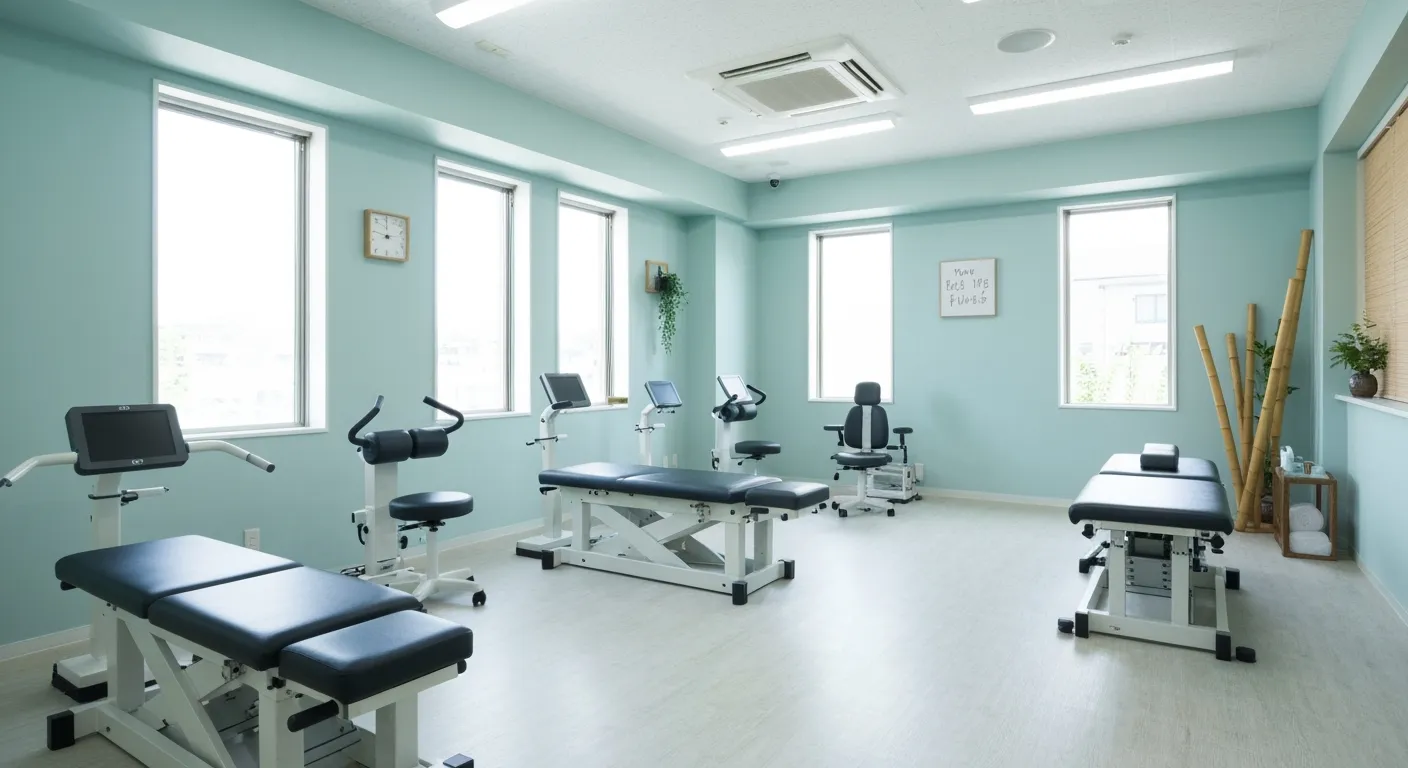
The Role of Corrective Exercises in Sustaining Pain-Free Living

Combining Chiropractic and Physiotherapy for Comprehensive Pain Relief
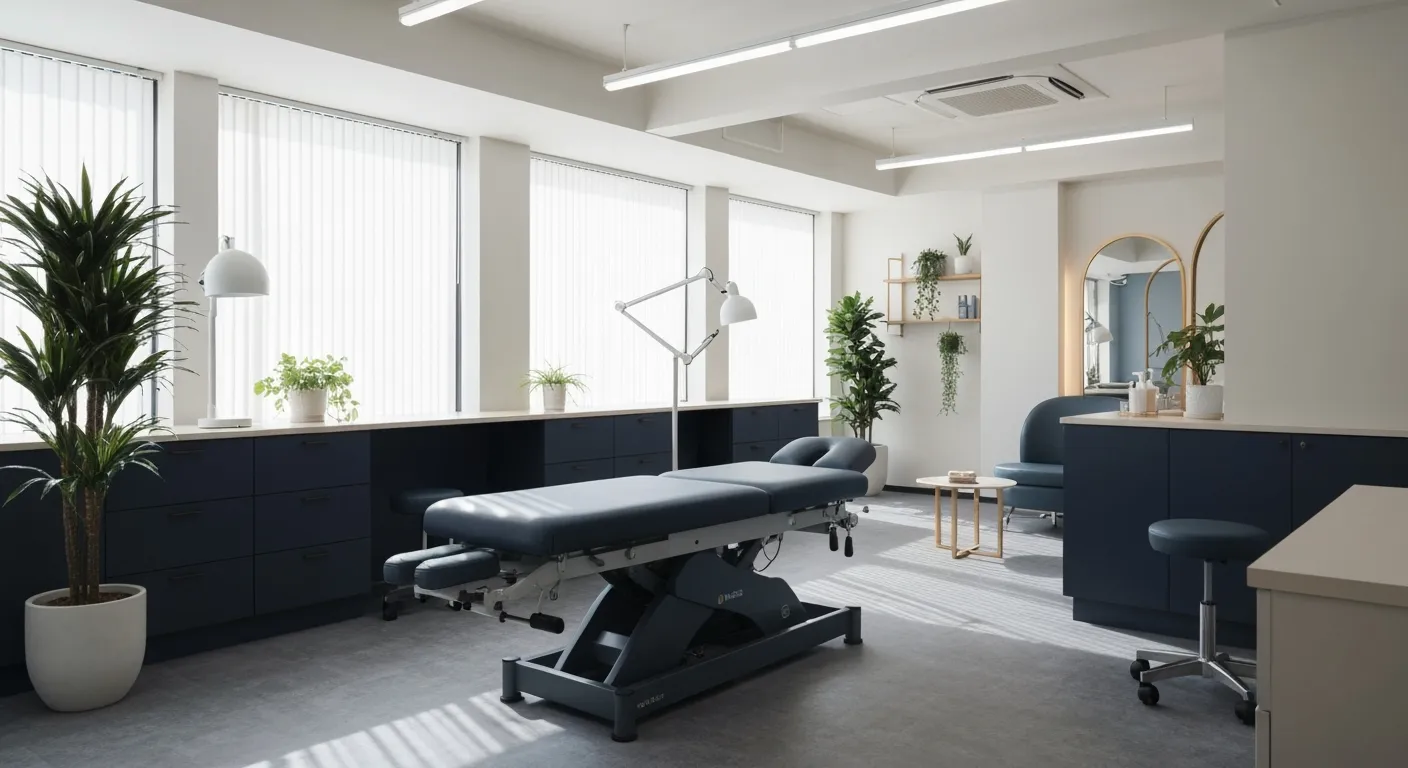
How Addressing Underlying Causes Improves Pain Treatment Effectiveness
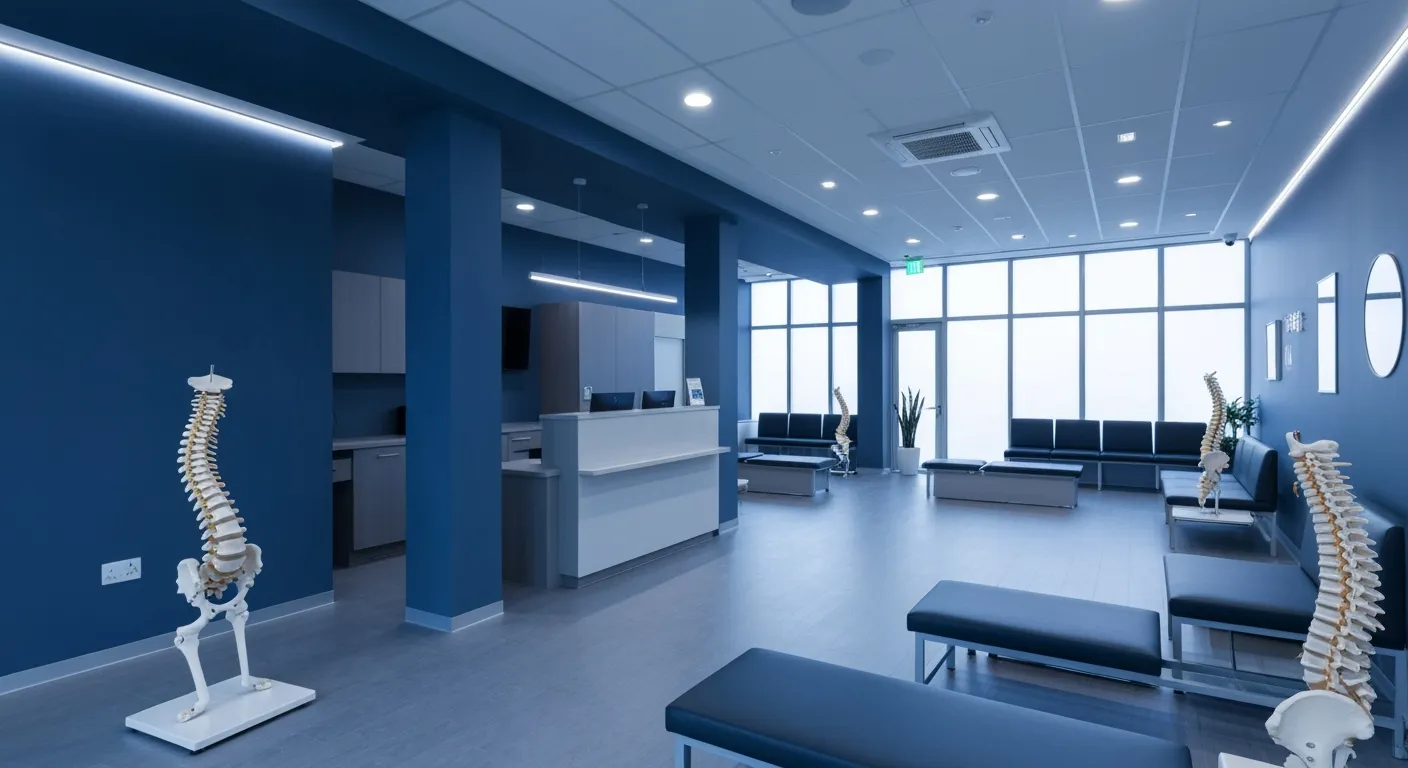
Maintaining Spinal Health Through Lifestyle Changes and Preventive Care
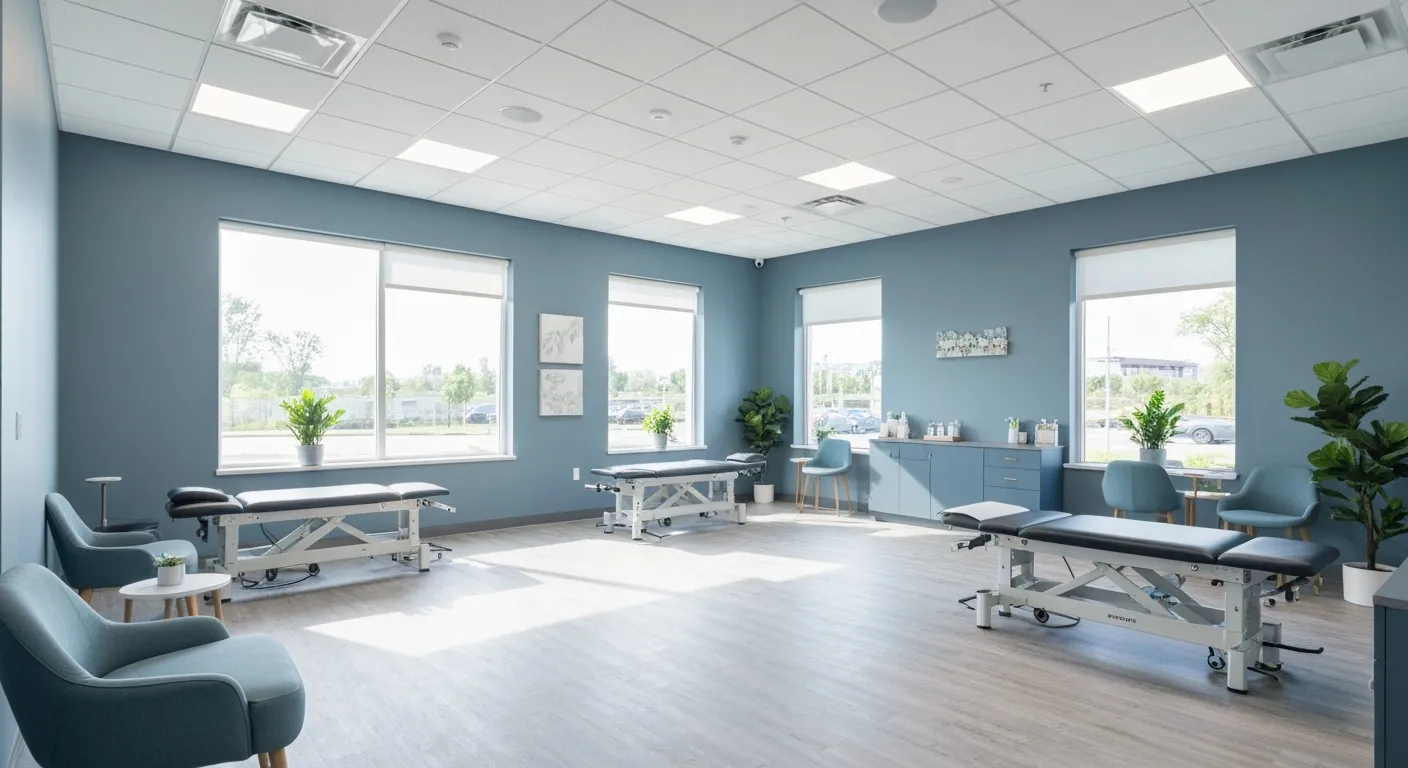
Understanding the Benefits of Chiropractic Adjustments for Back Pain Sufferers

Spinal Decompression Therapy: A New Hope for Sciatica Relief

Lifestyle Recommendations to Support a Healthy Spine and Reduce Pain
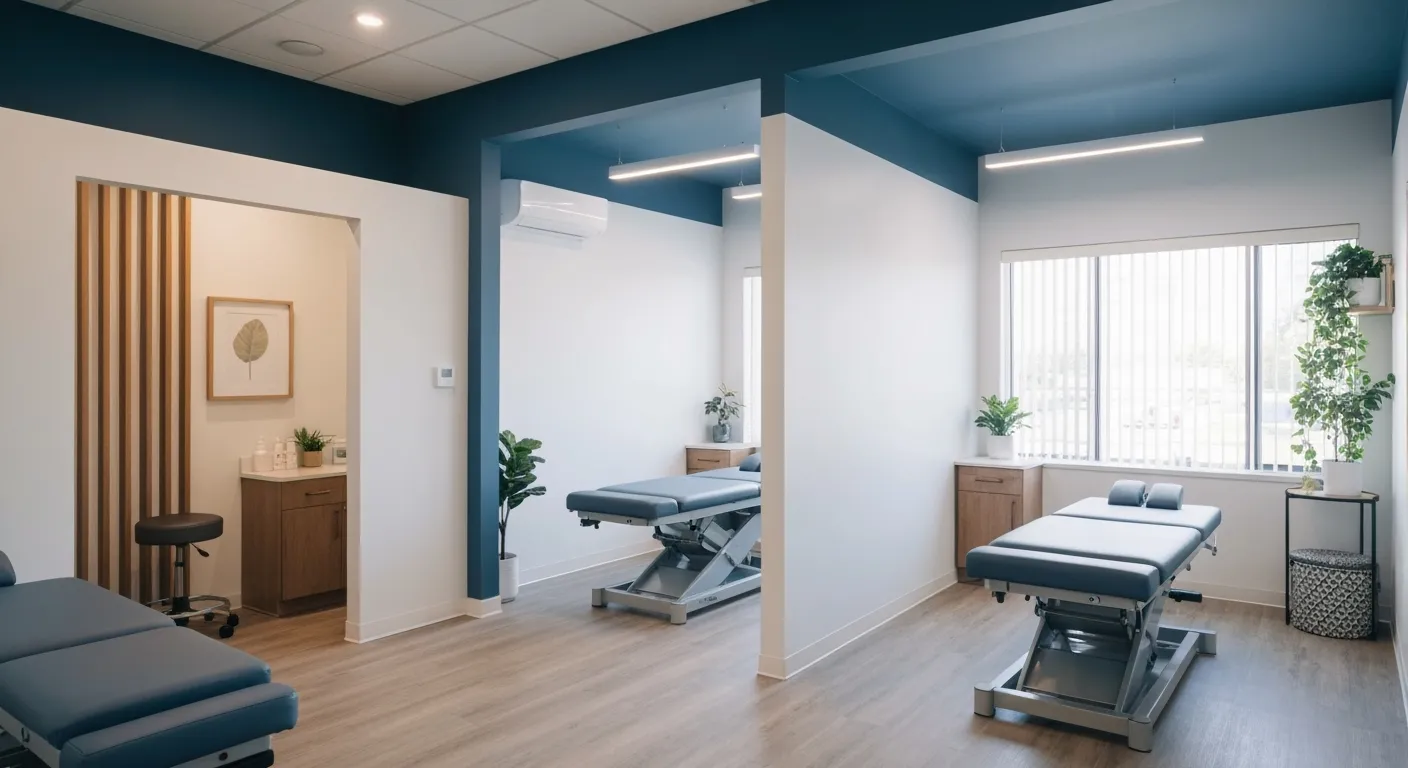
Choosing the Right Chiropractor: Key Factors to Consider Before Your First Appointment
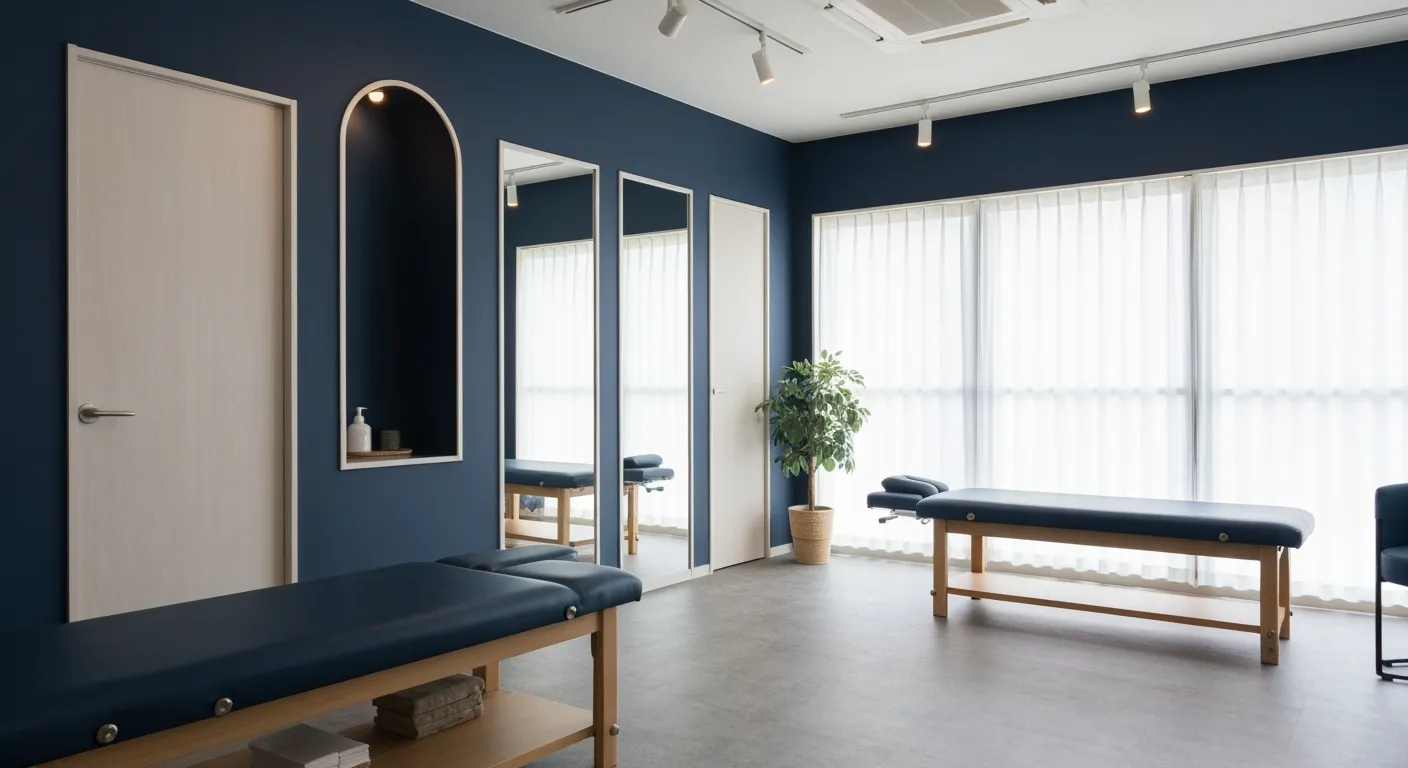
Non-Invasive Treatment Alternatives: A Holistic Approach to Pain Relief

Corrective Exercises to Support Long-Term Relief from Chronic Pain

Exploring Non-Surgical Approaches to Spine Health and Wellness

Tips for Daily Habits That Keep Your Spine Strong

Success Stories: How Chiropractic Treatments Changed Lives

Why Focusing on the Root Cause of Pain Leads to Better Outcomes
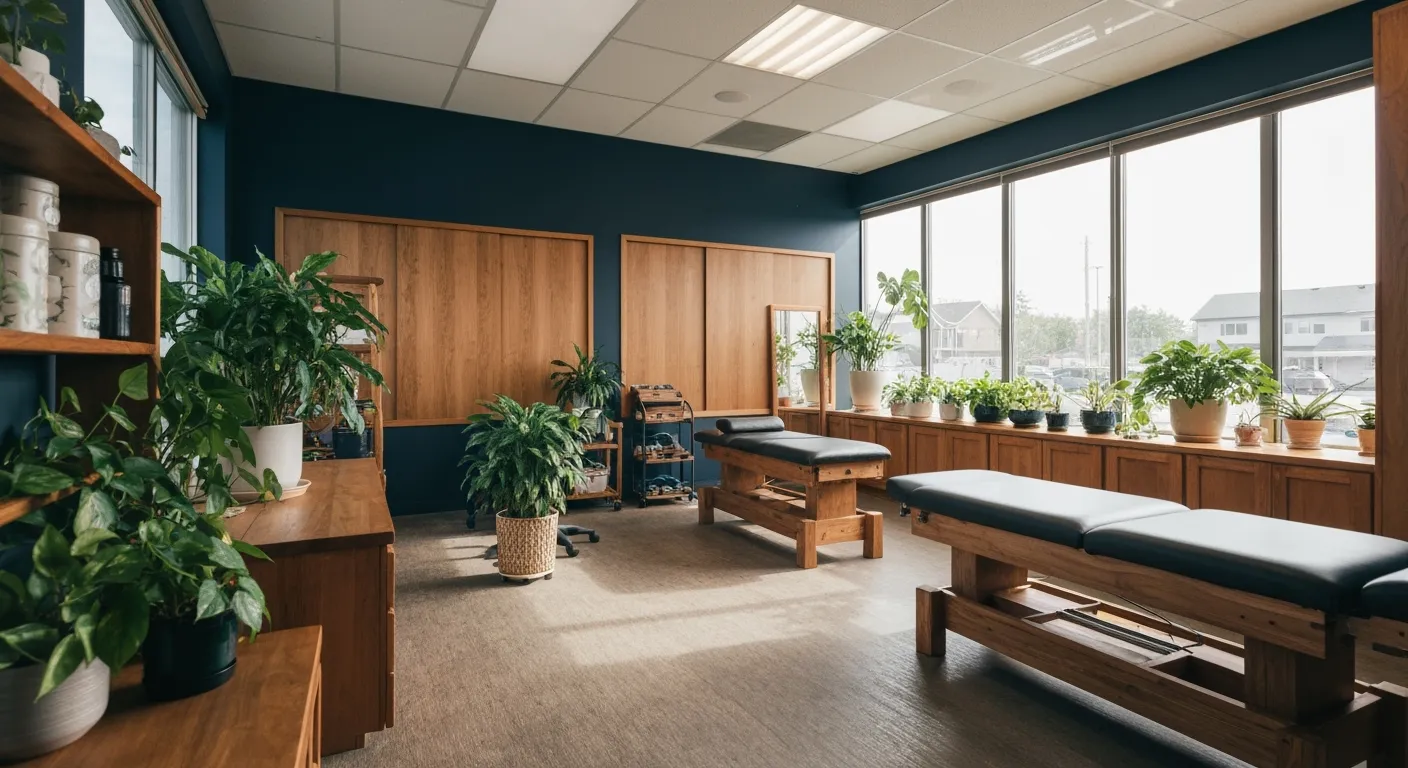
Nutritional Counseling and Its Impact on Overall Wellness and Recovery

Patient Testimonials That Showcase the Power of Chiropractic Care
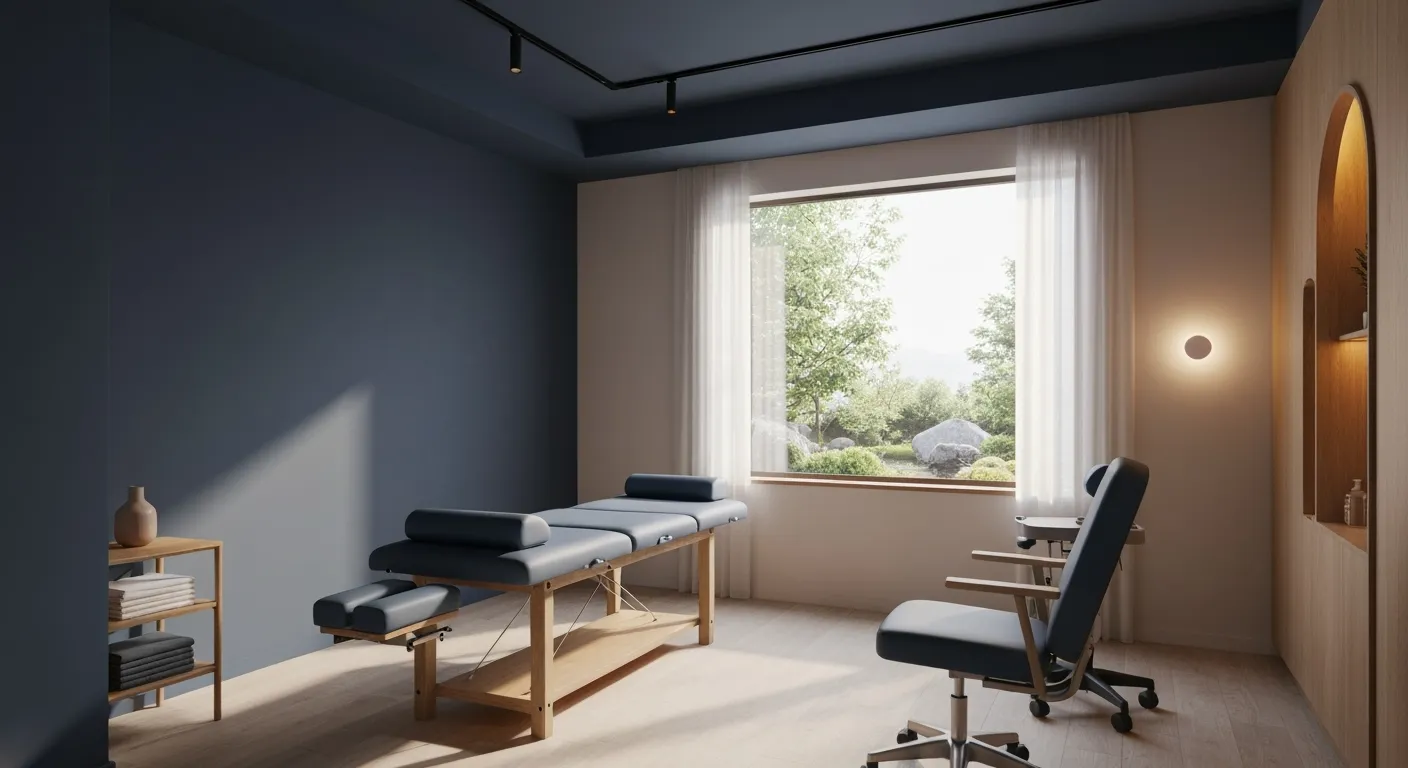
Preparing for Your First Chiropractic Appointment: What You Need to Know
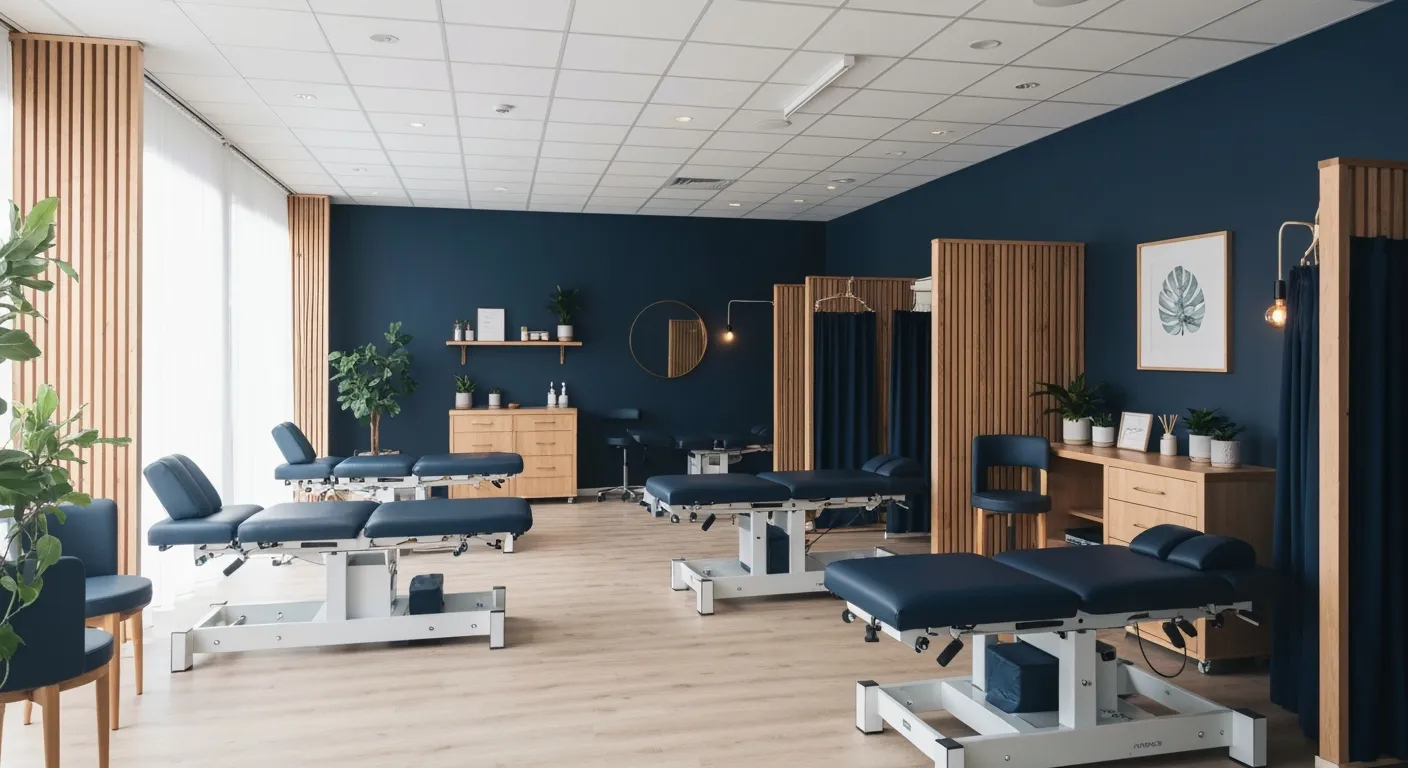
Holistic Treatment Options: Beyond Surgery for Pain Relief
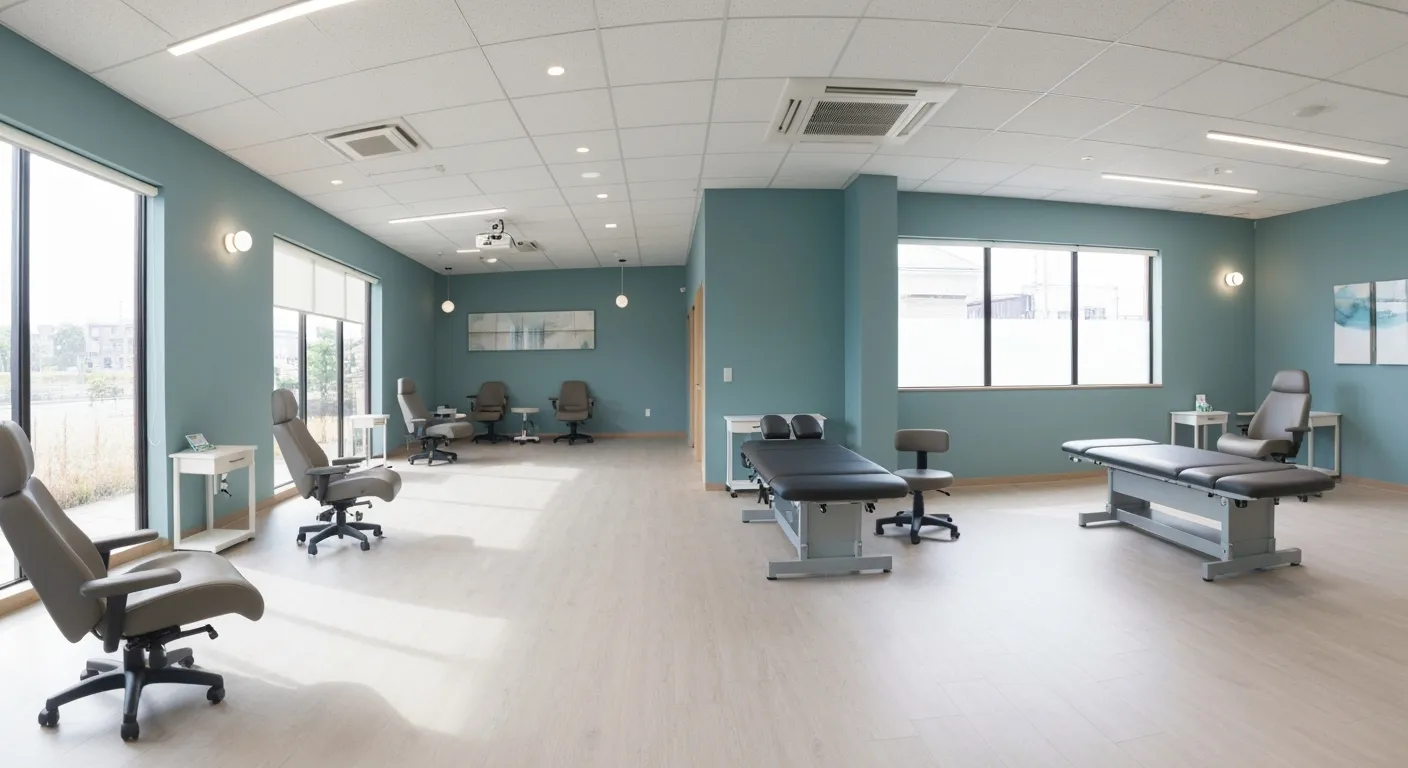
Holistic Pain Relief Methods That Avoid Surgery

Nutritional Strategies for Supporting Spine Health and Recovery
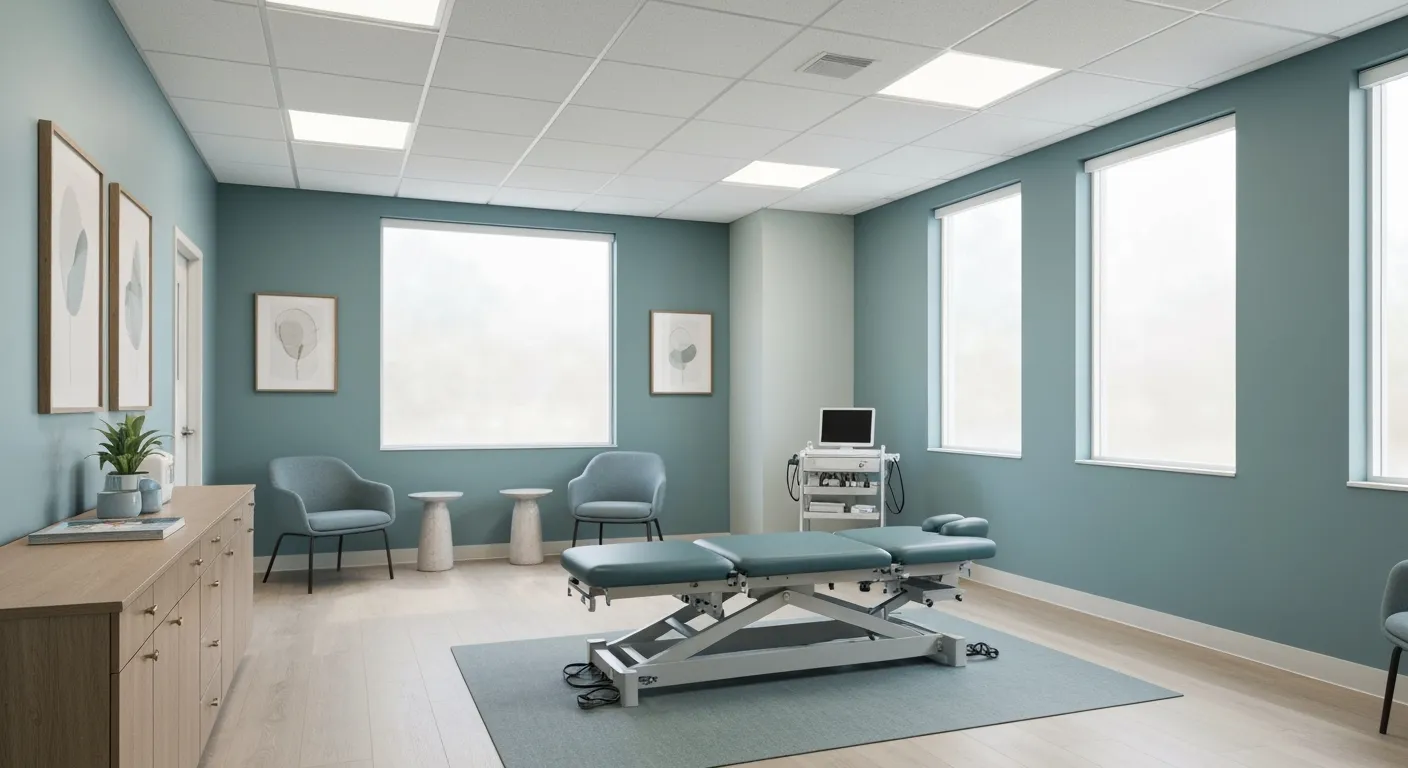
First Chiropractic Visit: What Happens and How to Prepare
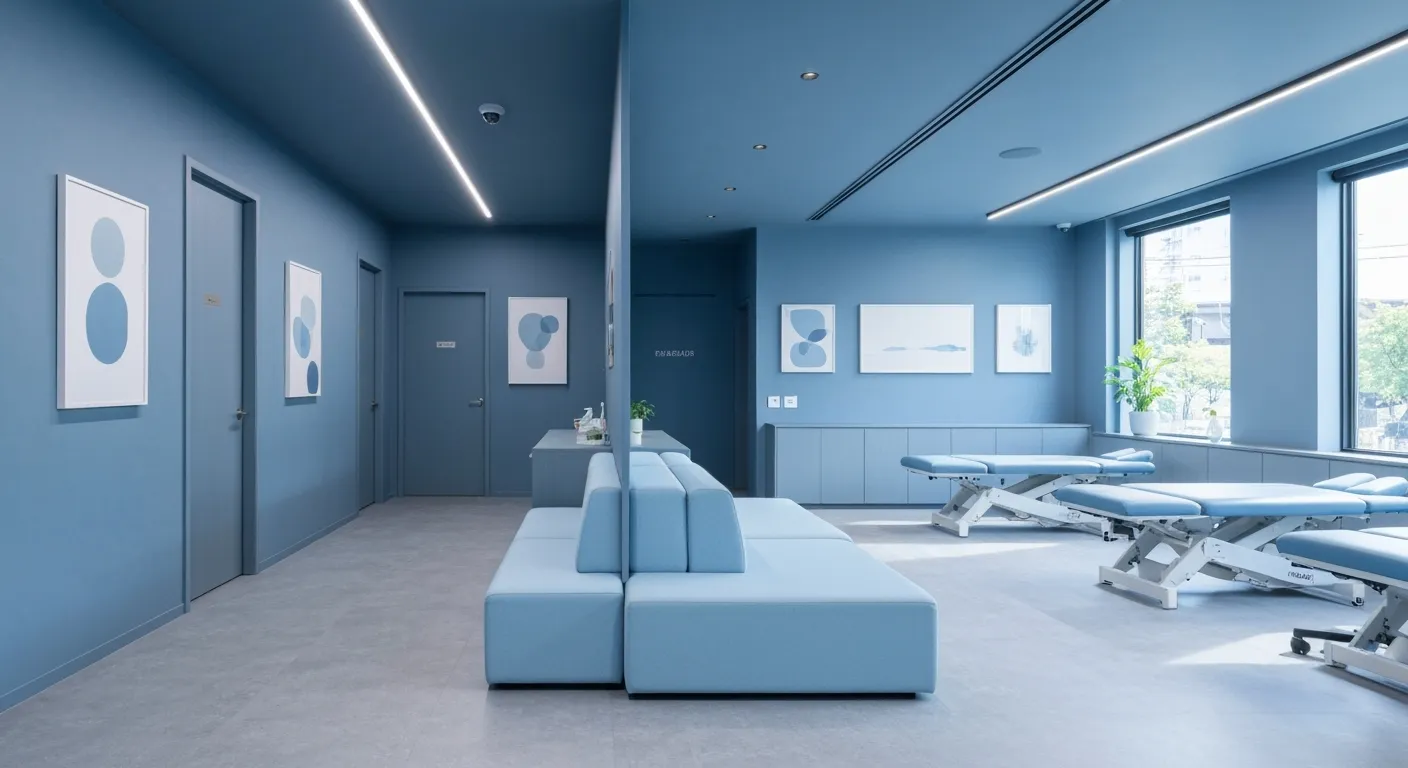
Chiropractic Patient Success Stories: Inspiring Journeys to Wellness

Effectiveness of Spinal Decompression Therapy in Managing Sciatic Nerve Pain
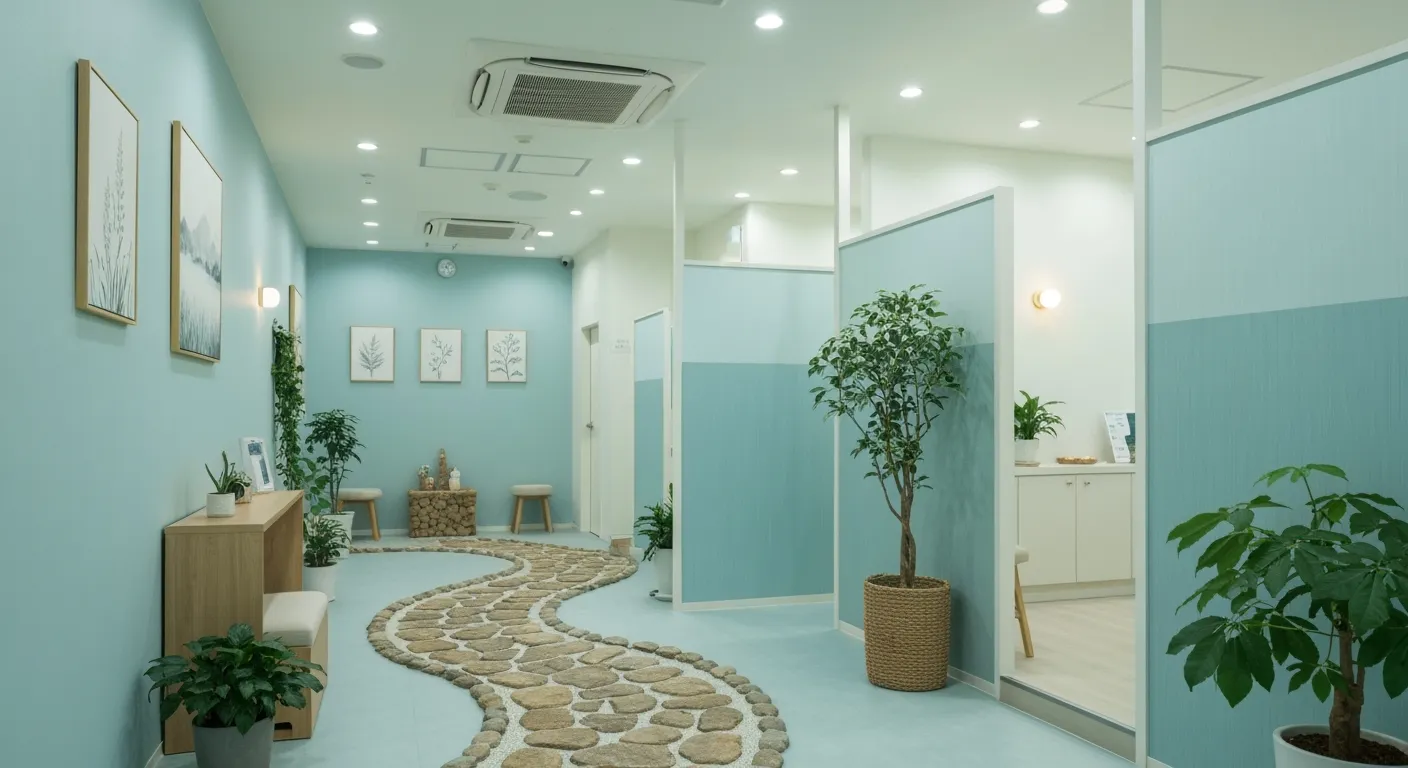
Addressing Pain at Its Source: Why Treating the Root Cause Matters

Corrective Exercise Programs Designed for Long-Term Pain Prevention

Healthy Lifestyle Advice for Maintaining Spinal Alignment
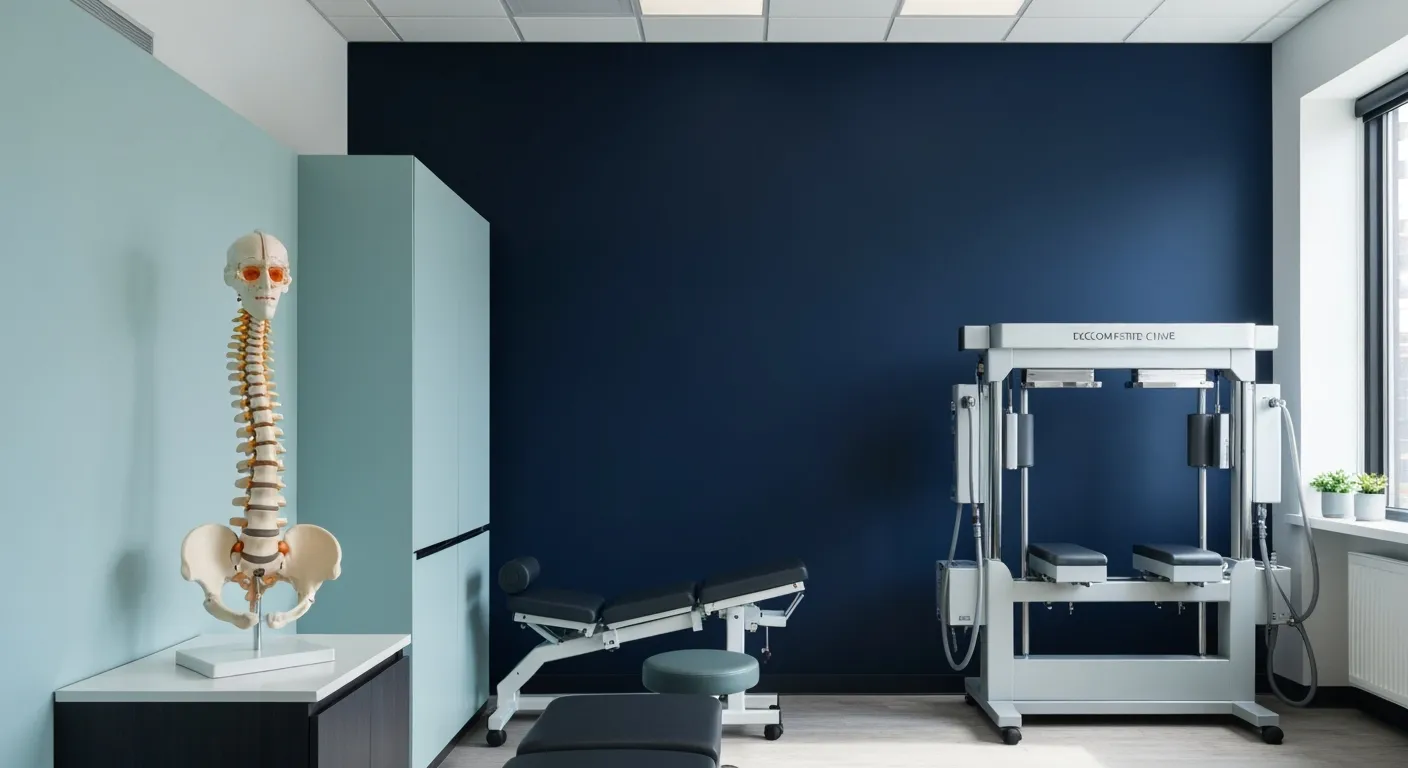
Understanding Spinal Decompression as a Treatment for Sciatica Pain
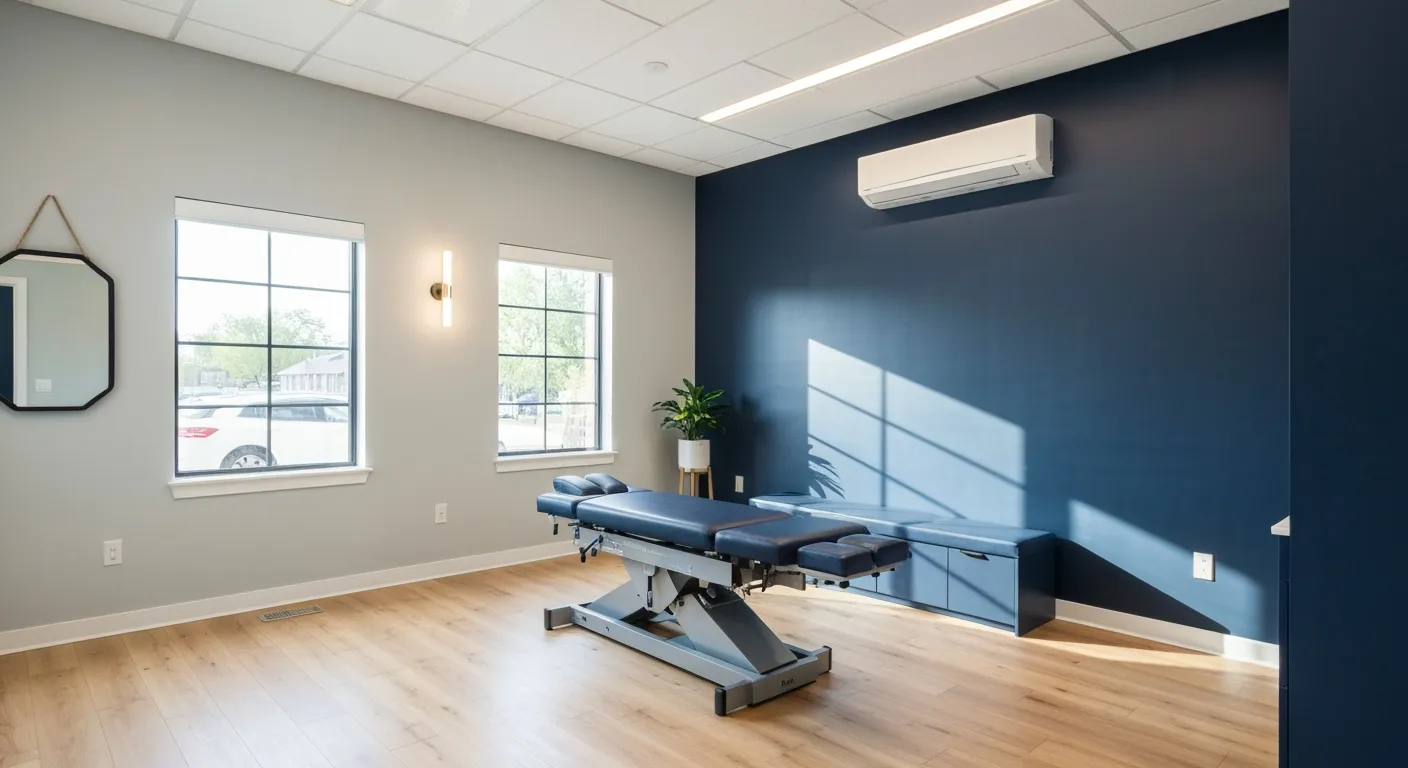
Benefits of Chiropractic Care Specifically for Back Pain Relief

Understanding Gait Analysis in Physiotherapy
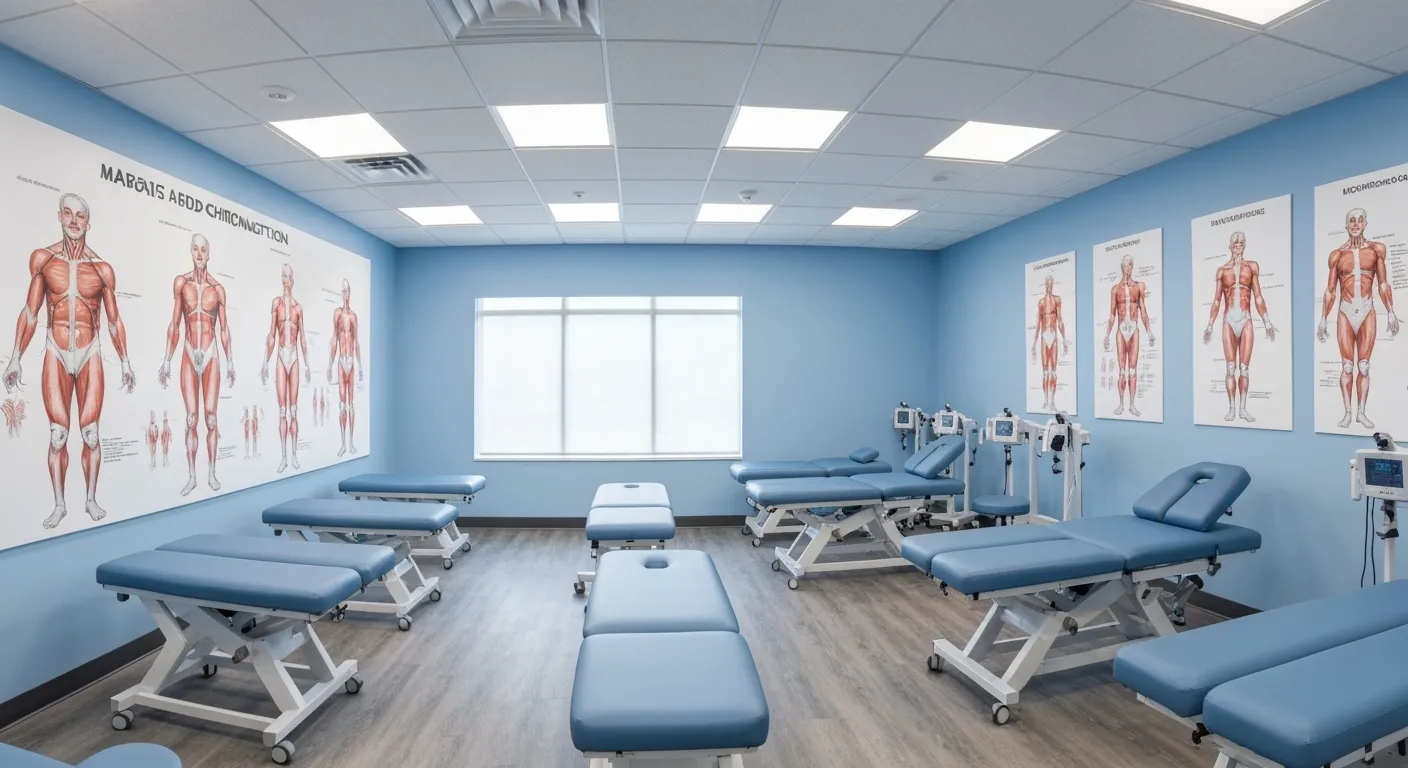
The Difference Between Muscle Soreness and Dysfunction
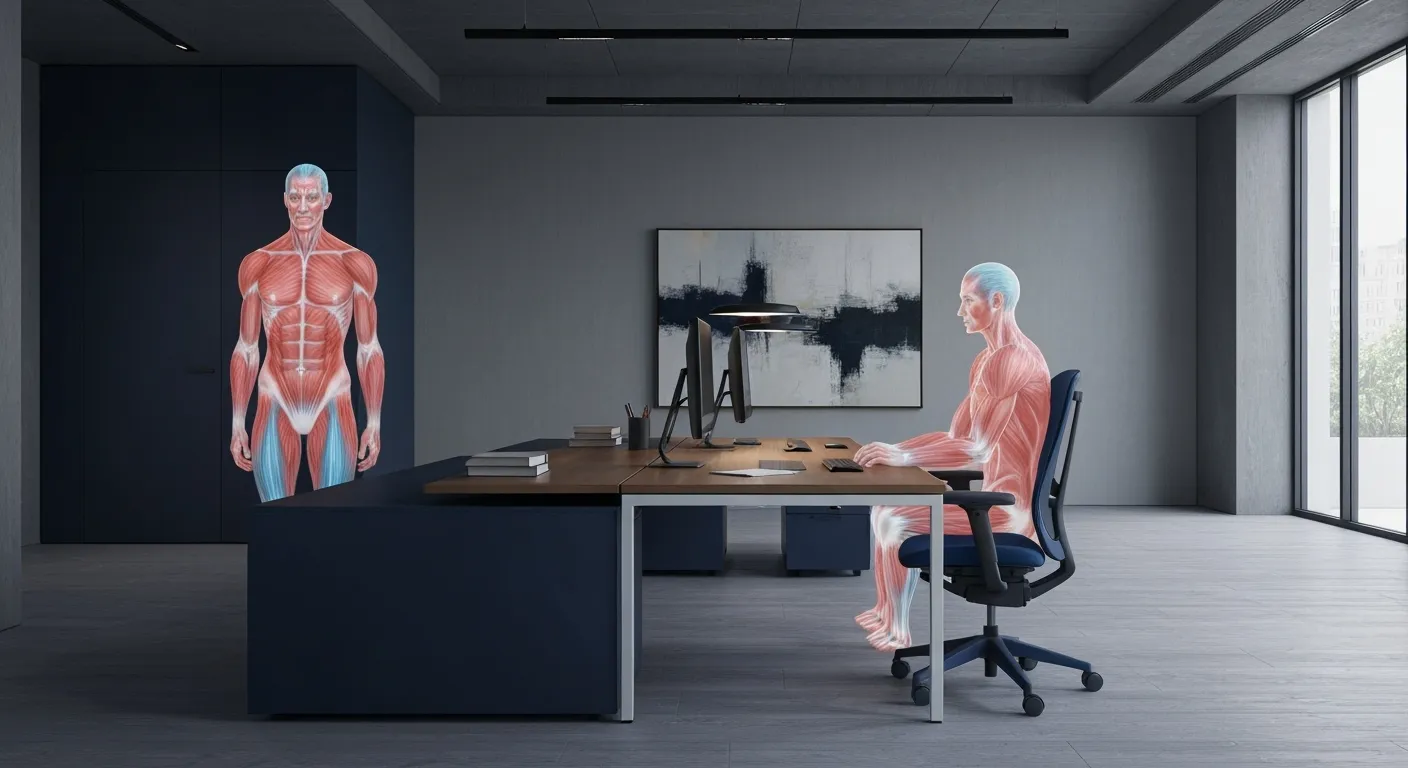
Workplace Stress Statistics: How Muscle Tension Impacts Productivity
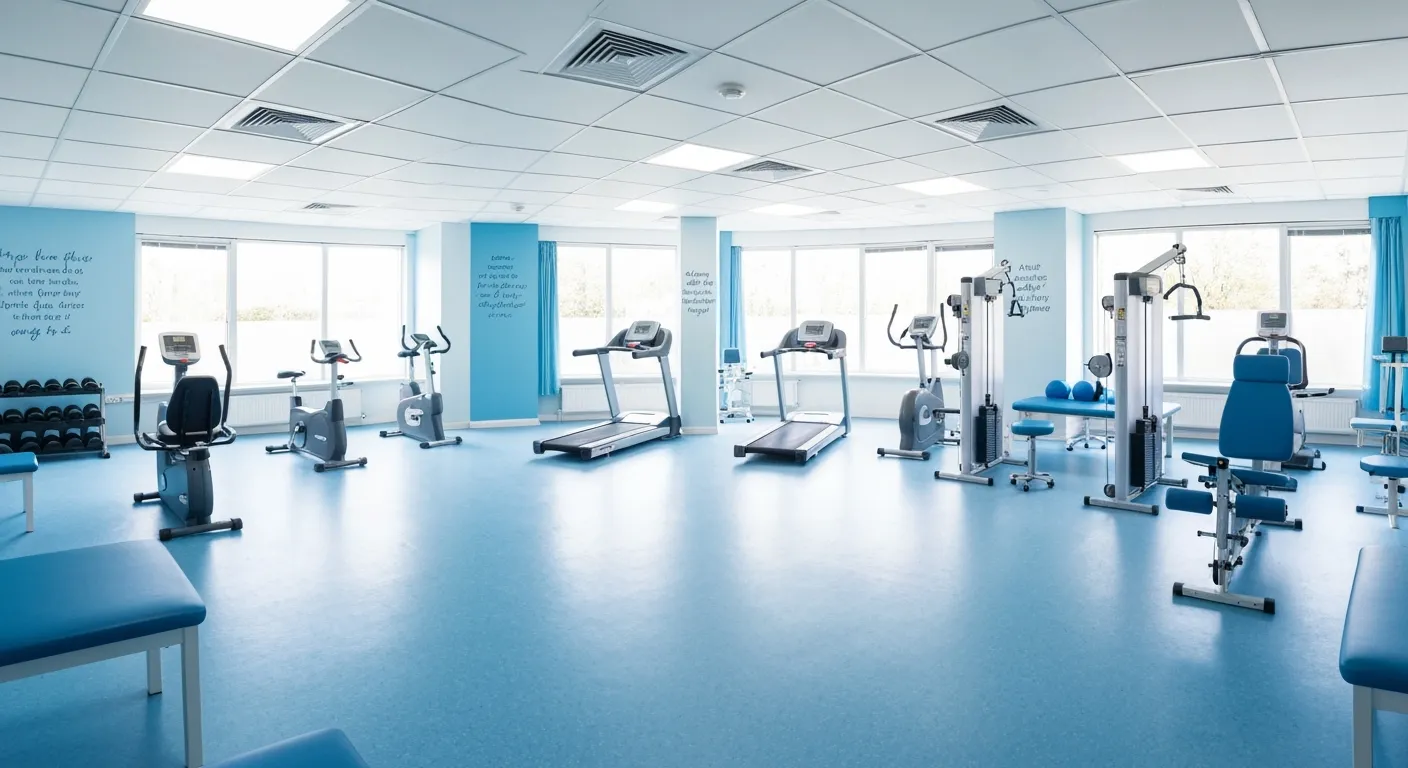
How Physiotherapy Improves Mobility for Seniors

How to Communicate Pain Levels to Your Therapist Effectively

Physiotherapy Interventions for Balance and Fall Prevention

How Physiotherapy Helps Post-Surgical Recovery

